As a musical instrument with sacred power, the
Central Highlands gongs are used in important rituals of the community. The sound of
gongs echoes throughout the land and sky, conveying people's thoughts, wishes, and emotions to the gods, to the sacred land of the great forest. The
gong culture has entered the epic, becoming a majestic symbol, the pride of ethnic minorities in the
Central Highlands.
Cultural space of
Gongs in the
Central Highlands The cultural space of
Gongs in the
Central Highlands spans across 5 provinces in the Central Highlands, namely Kon Tum, Gia Lai, Dak Lak, Dak Nong, and Lam Dong. The host community has more than ten ethnic groups living here for a long time, such as Bana, Xo Dang, Giarai, Ede, Mnong, Coho, Ma, etc.
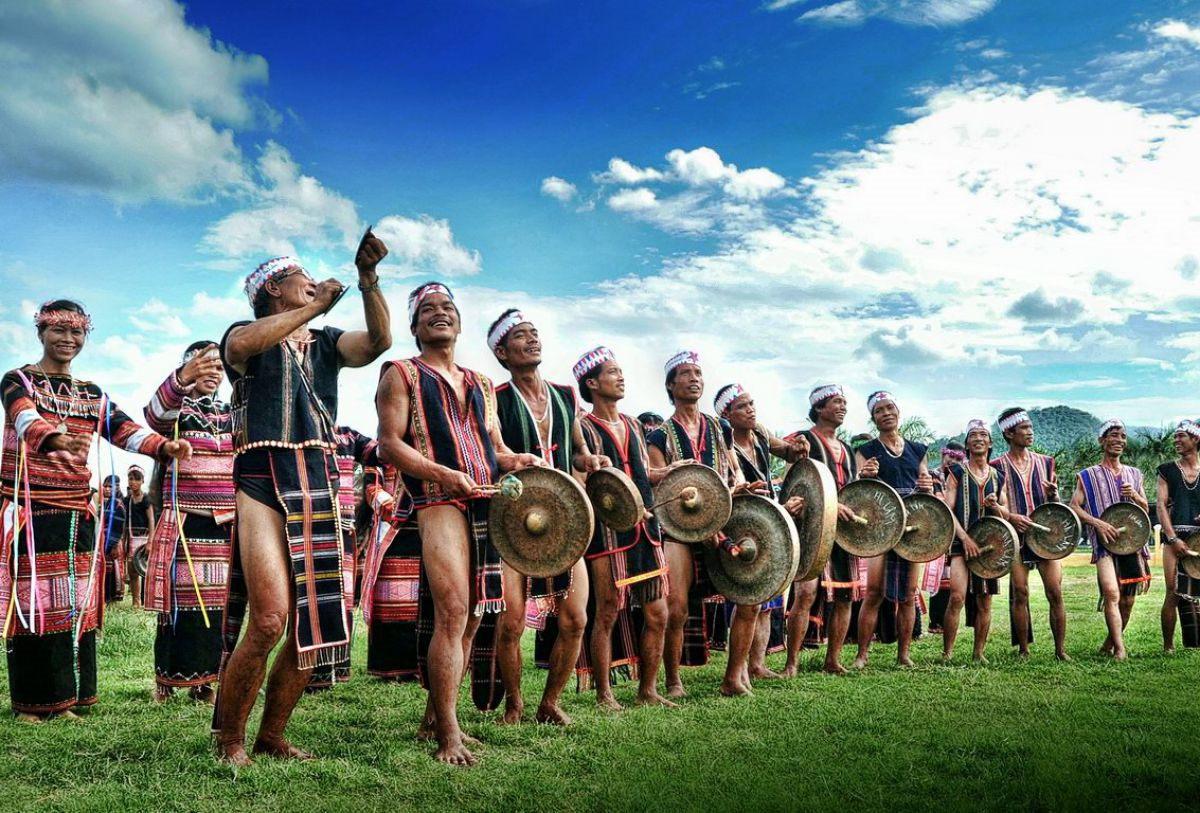
According to the concept of the
Central Highlands people,
gongs are sacred objects, and they believe that behind each gong, there is a god residing. As a sacred object, the sound of
gongs is also sacred and people use these musical instruments as a "language" to dialogue, express their thoughts and wishes to the gods.
Gongs can be used individually, or used in sets, in sets of 2 to 12 pieces, there are also sets of 18 to 20 pieces like the gong set of the Giarai people. The
Central Highlands gong ensemble is organized like an orchestra that can perform polyphonic music with different forms of harmony. The special thing in this orchestra is that each person only plays one gong, or g
ong (gongs have knobs, gongs do not have knobs).
In the past, gongs were mainly used in rituals such as naming ceremonies, wedding ceremonies, new village building ceremonies, new communal house building ceremonies, health ceremonies, land selection ceremonies, clearing fields, sowing...
Gongs were used most and most concentratedly in buffalo-eating and funeral ceremonies. Each ritual usually had its own gong melody.
Gongs were also associated with family and community cultural activities in some ethnic groups. Gong music always went hand in hand with ritual dances, and each ethnic group, each community, each village had its own dances. Today,
gongs are also used in everyday cultural activities.
Most ethnic communities in the
Central Highlands play gongs, performing gongs around the center of sacred symbols such as the pole or the tomb, or the sacrificial buffalo. Each artist only uses one gong, cymbal or drum, and they walk in a single line. The first is usually a drum, followed by gongs, the
gongs in order of low pitch first, high pitch last. They walk leisurely, dancing and beating the
gongs, drawing a circle and creating a sound field around the sacred center. The circle helps the sound of the gongs and gongs reach the sacred center, where the gods fly to reign. The image of a circle of people dancing with the sound echoing through the mountains and forests brings a panoramic view of the Central Highlands, both magical and mysterious.
Gongs have thus contributed to creating epic pages, poems imbued with the
Central Highlands culture, both romantic and majestic.
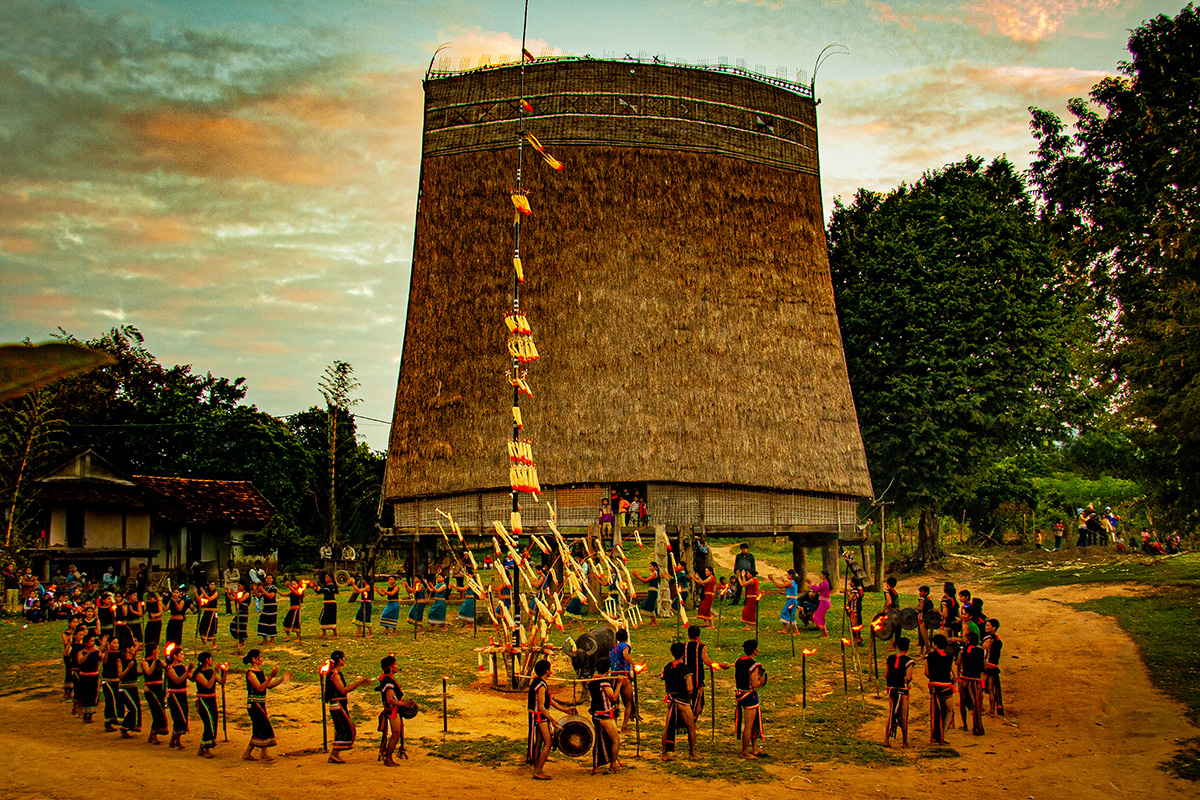 Central Highlands
Central Highlands gong culture in connecting history, uniting the community
Over time,
gongs have become sacred symbols, playing an important role in the lives of ethnic groups in the
Central Highlands. Every year, the
Central Highlands provinces organize gong festivals, where people can interact and perform gongs together, and where tourists can enjoy the gong melodies that are both powerful, heroic and passionate.
Not only that,
gongs also become the spiritual strength and symbol of the entire people in their response to nature and the social environment; at the same time, they are the connecting factor between the past, present and future of the community. Gong culture and music are not only the result of creativity but also a common property, accompanying the life of each person and each historical development stage of the community.
Although each community and each locality in the
Central Highlands has its own differences and characteristics, the ethnic groups always harmonize with each other in gong culture while still preserving the soul and cultural identity of their own ethnic groups. All ethnic groups can come together when participating in gong cultural activities. The sound of
gongs and cymbals resonates with a soulful connection, bringing people closer together.
Currently, in most villages in the
Central Highlands, there are gong teams serving the people in community activities and during festivals. On holidays, the familiar image of "'by the sacred fire, groups of people dancing and singing enthusiastically to the sound of
gongs and cymbals resounding in the mountains and forests'' reappears in all villages. Folk artists performing gongs and cymbals combine together very harmoniously, creating music with rich rhythms and harmonies, with their own nuances and myriad tones.
 According to the concept of the Central Highlands people, gongs are sacred objects, and they believe that behind each gong, there is a god residing. As a sacred object, the sound of gongs is also sacred and people use these musical instruments as a "language" to dialogue, express their thoughts and wishes to the gods. Gongs can be used individually, or used in sets, in sets of 2 to 12 pieces, there are also sets of 18 to 20 pieces like the gong set of the Giarai people. The Central Highlands gong ensemble is organized like an orchestra that can perform polyphonic music with different forms of harmony. The special thing in this orchestra is that each person only plays one gong, or gong (gongs have knobs, gongs do not have knobs).
According to the concept of the Central Highlands people, gongs are sacred objects, and they believe that behind each gong, there is a god residing. As a sacred object, the sound of gongs is also sacred and people use these musical instruments as a "language" to dialogue, express their thoughts and wishes to the gods. Gongs can be used individually, or used in sets, in sets of 2 to 12 pieces, there are also sets of 18 to 20 pieces like the gong set of the Giarai people. The Central Highlands gong ensemble is organized like an orchestra that can perform polyphonic music with different forms of harmony. The special thing in this orchestra is that each person only plays one gong, or gong (gongs have knobs, gongs do not have knobs). Central Highlands gong culture in connecting history, uniting the community
Central Highlands gong culture in connecting history, uniting the community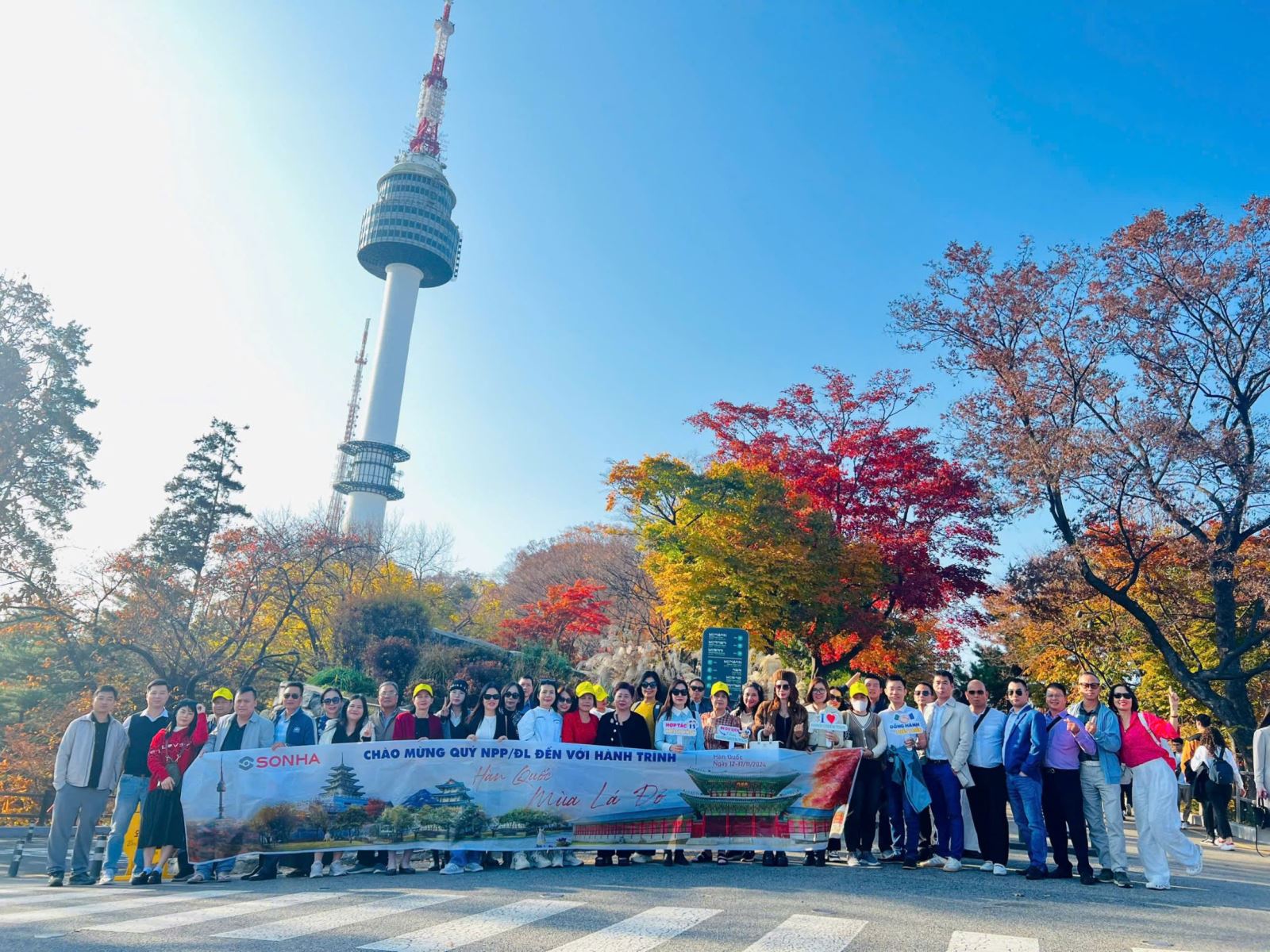
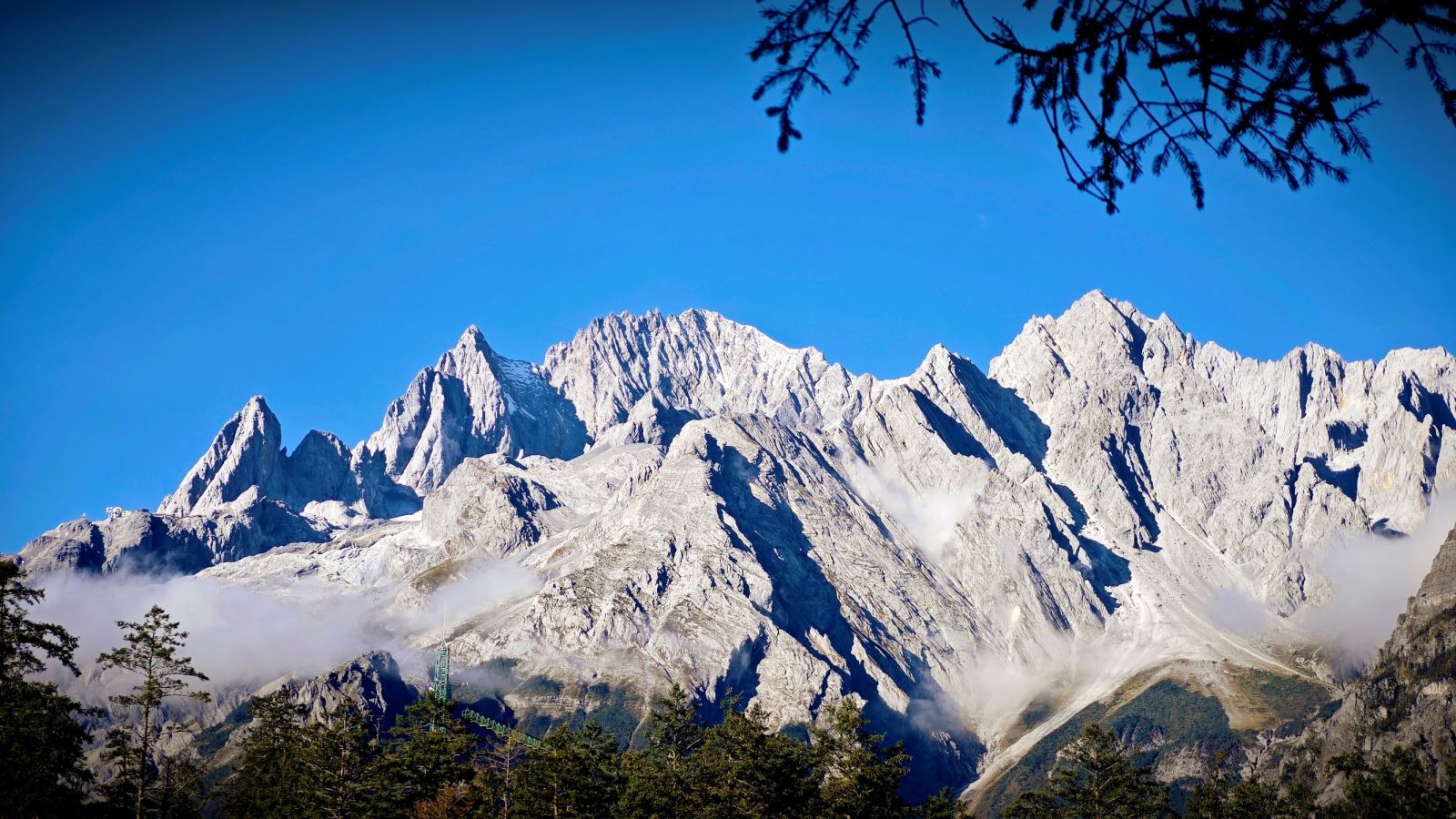
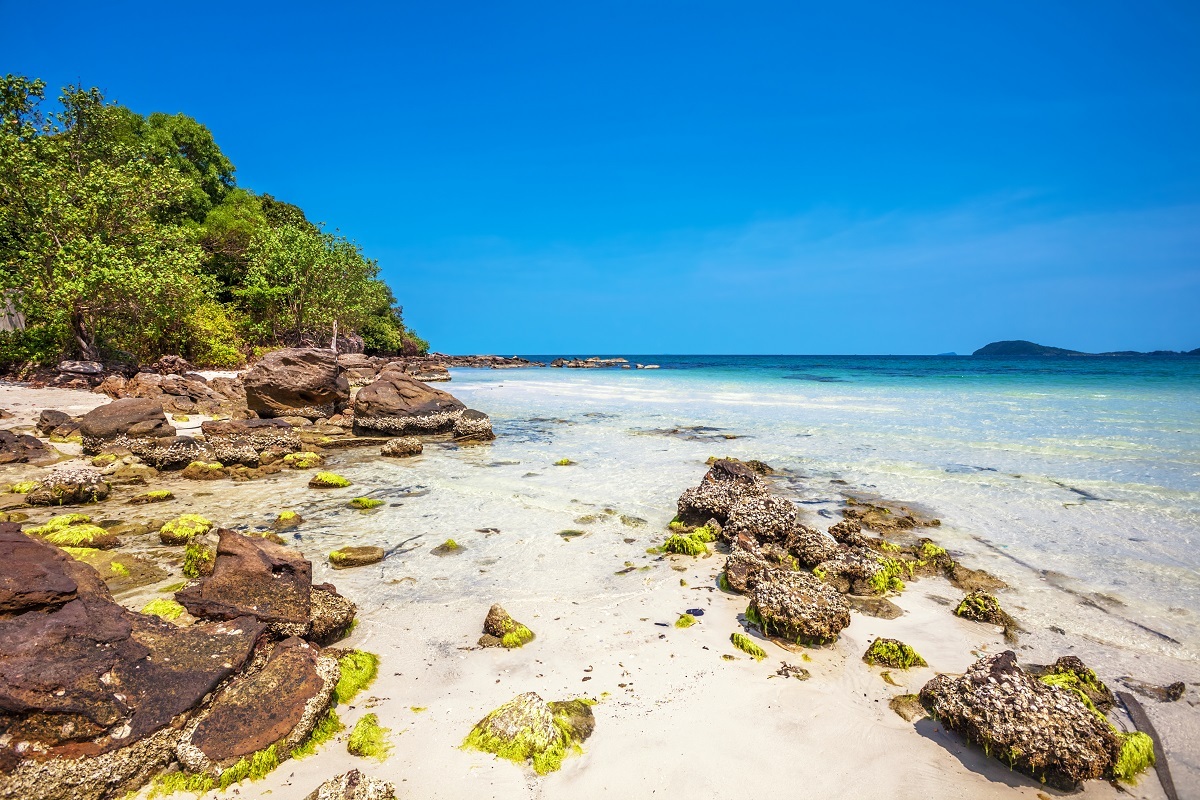
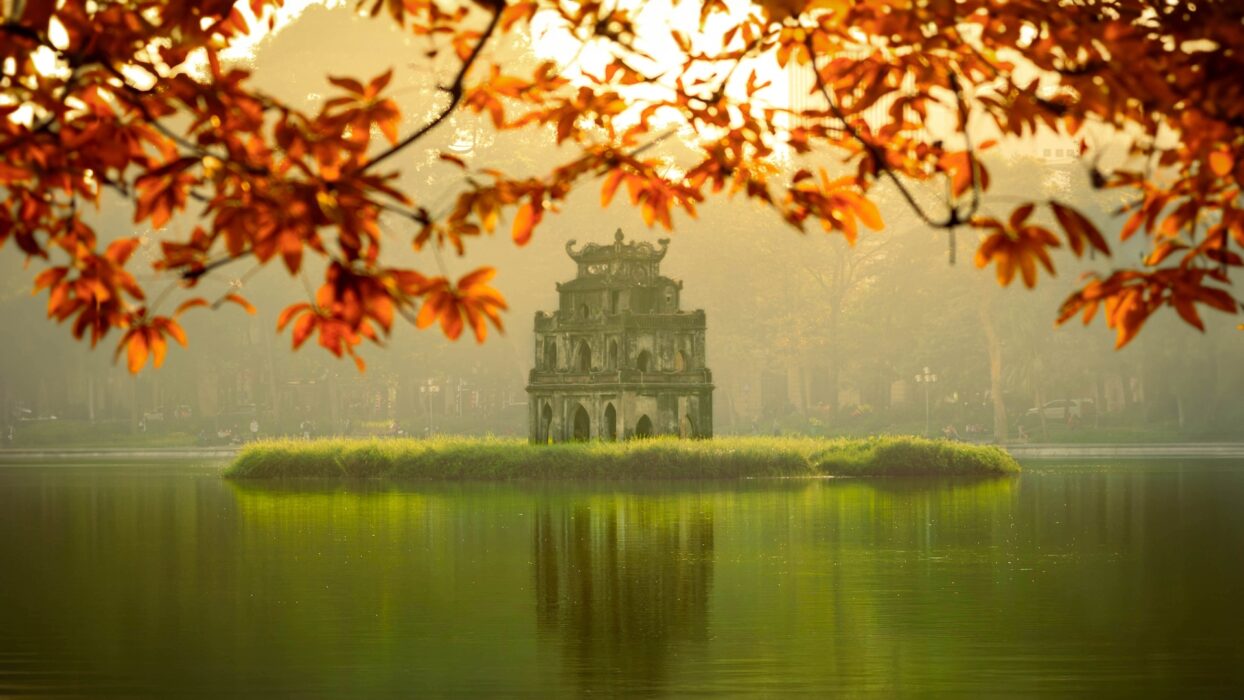
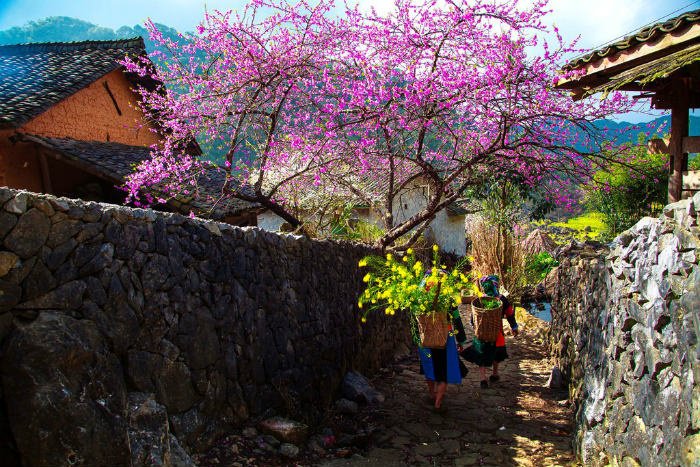


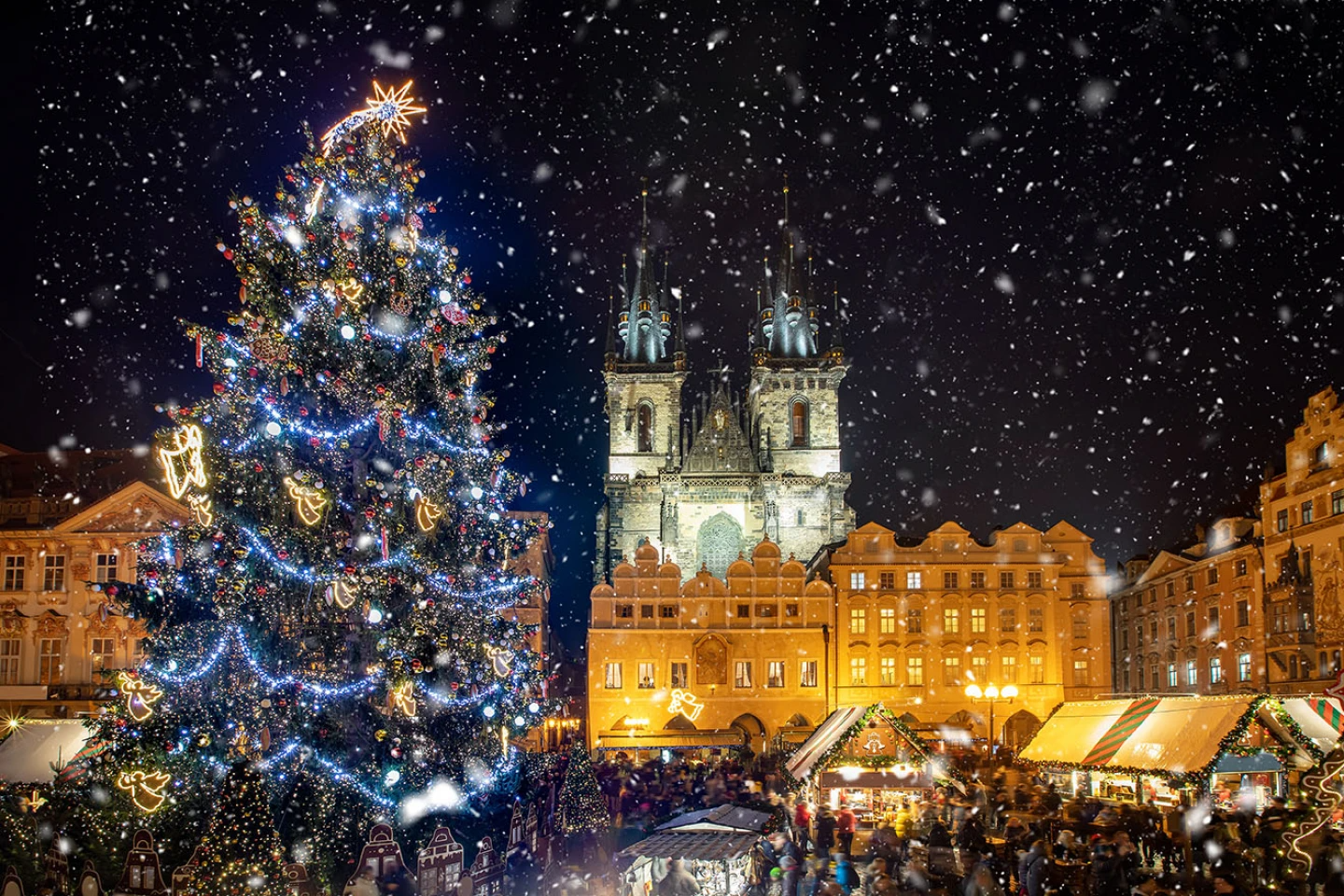
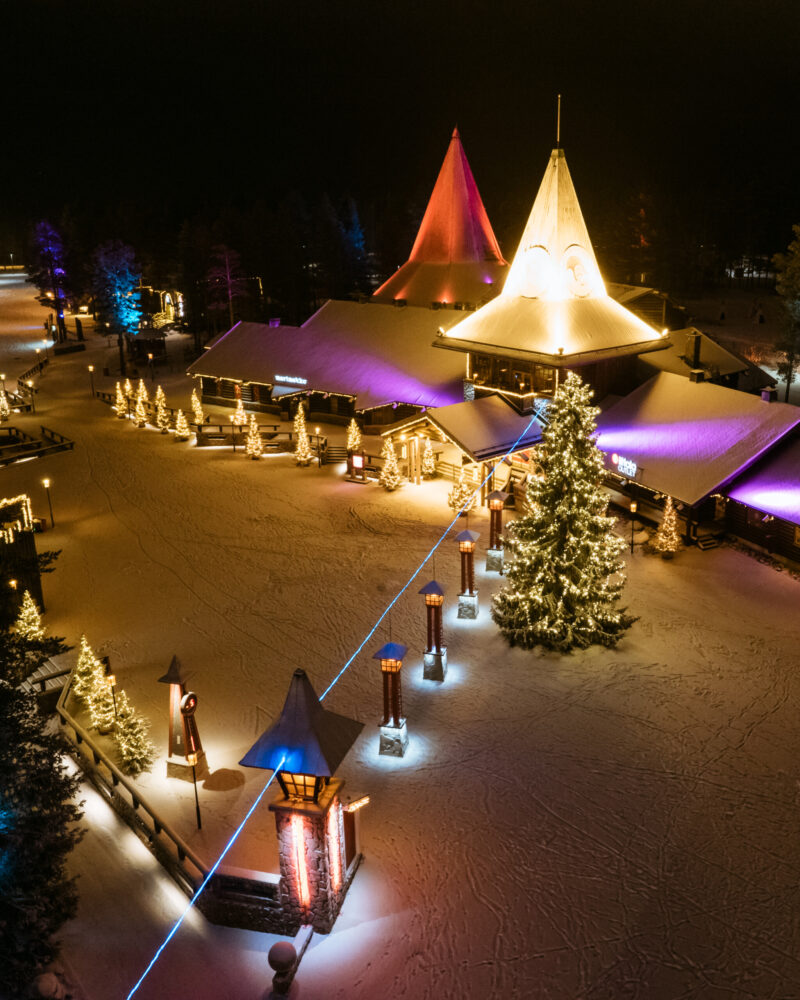


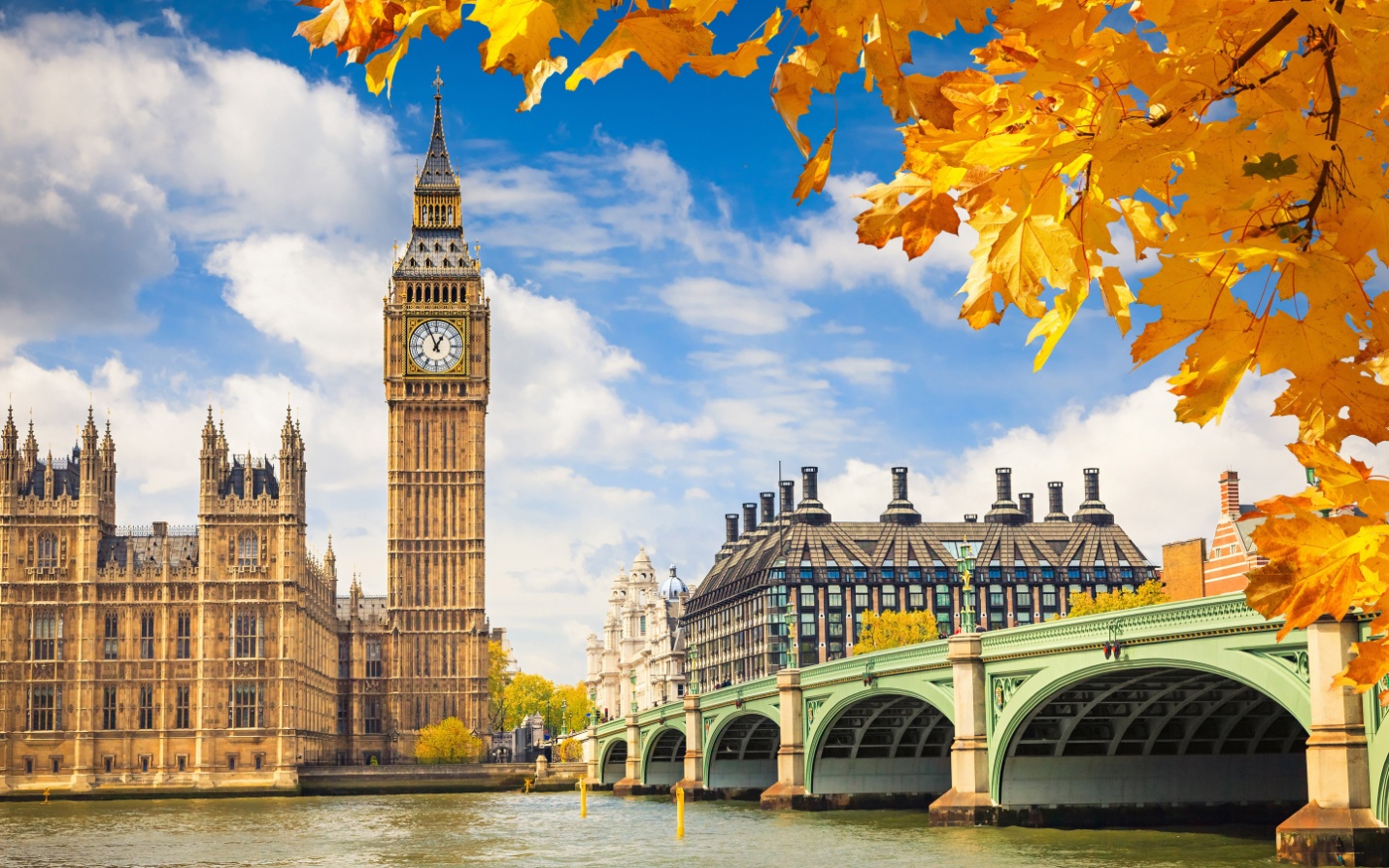
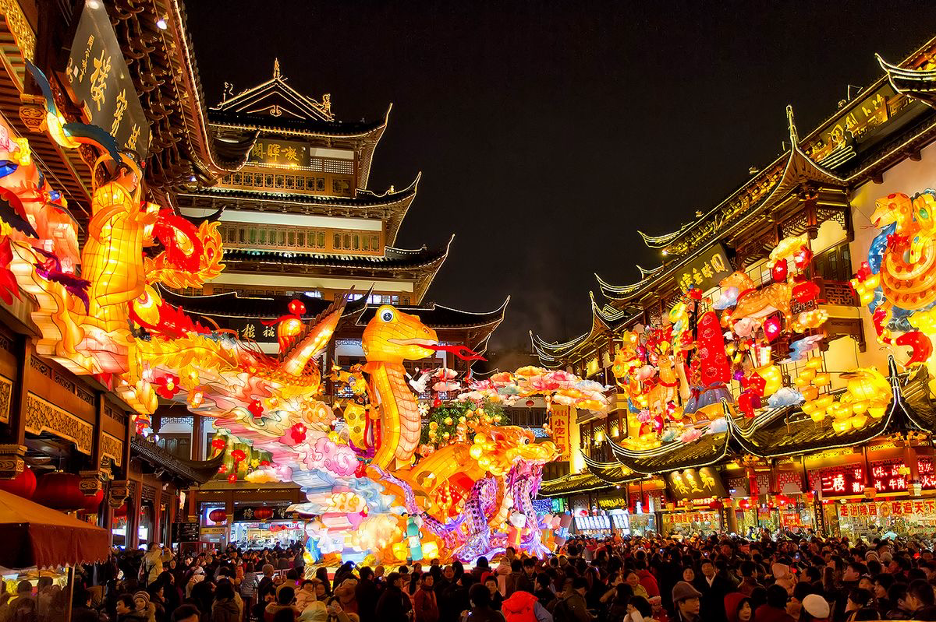
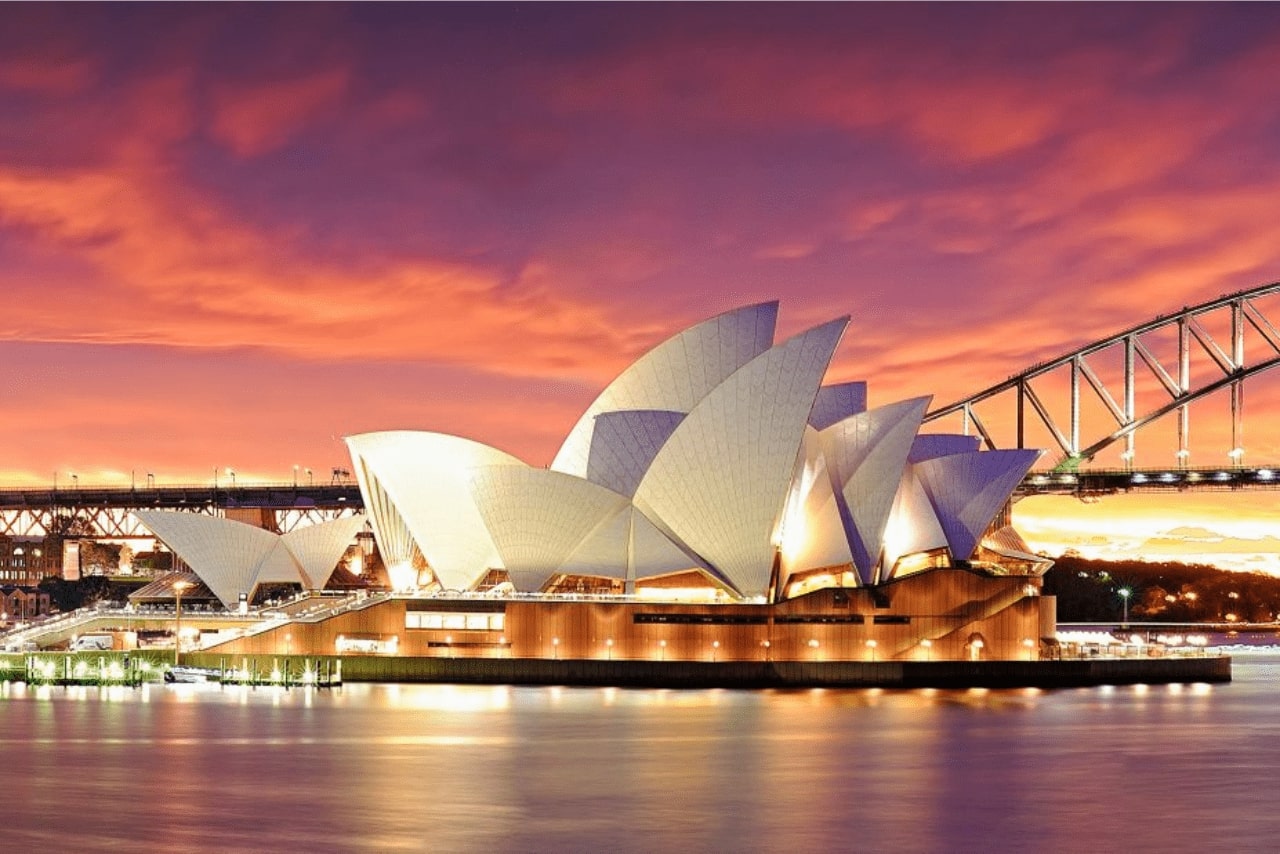


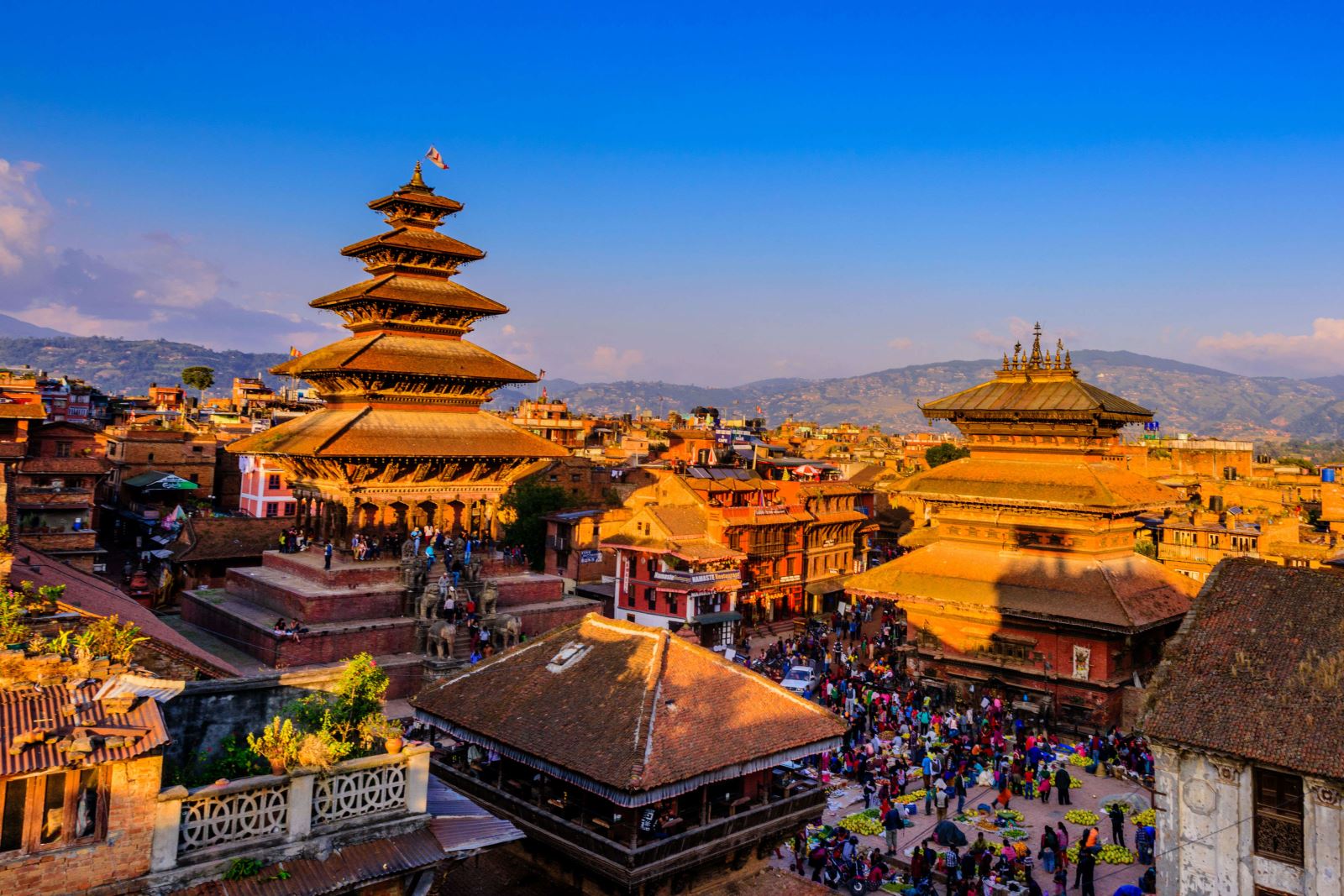

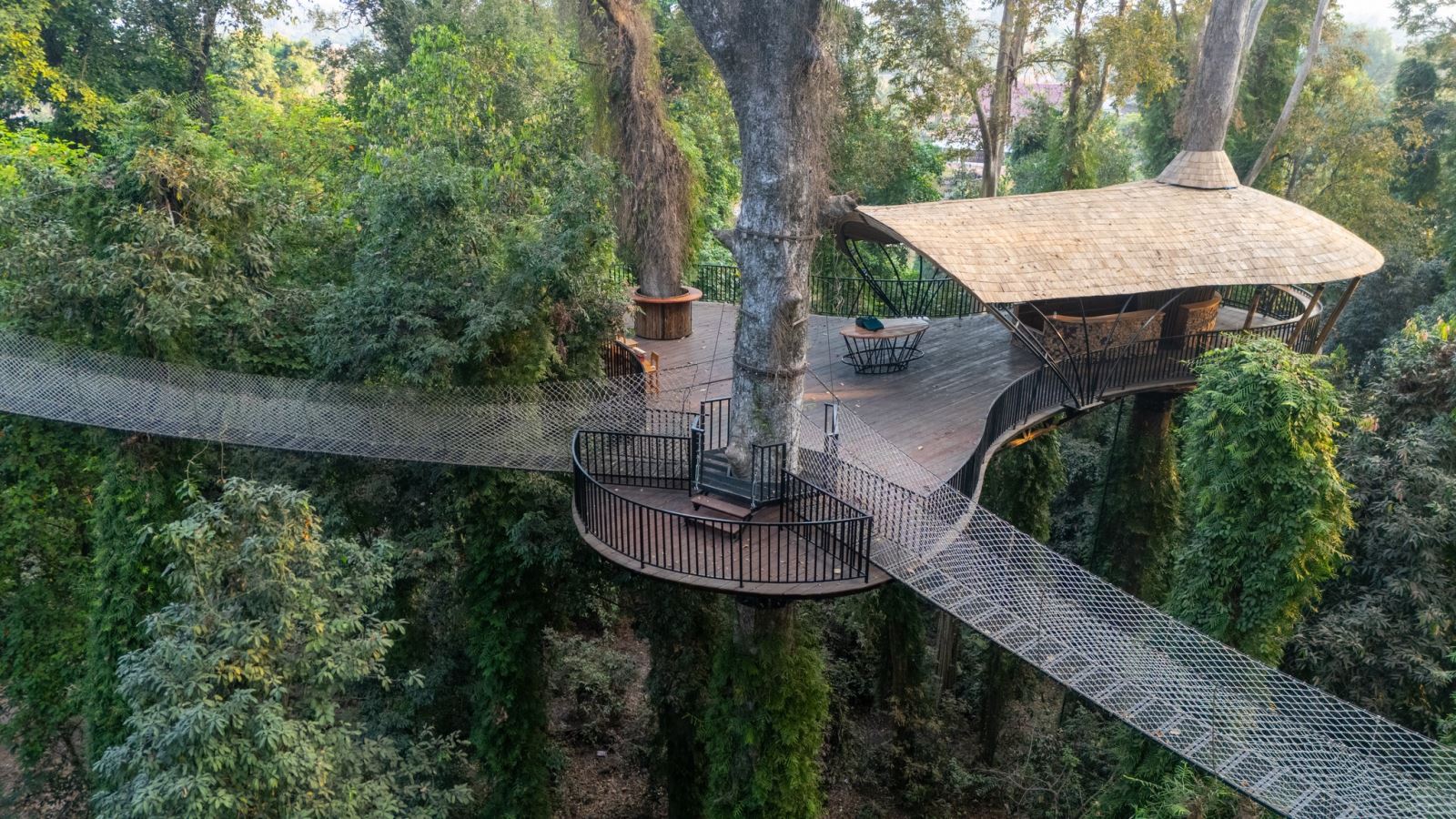
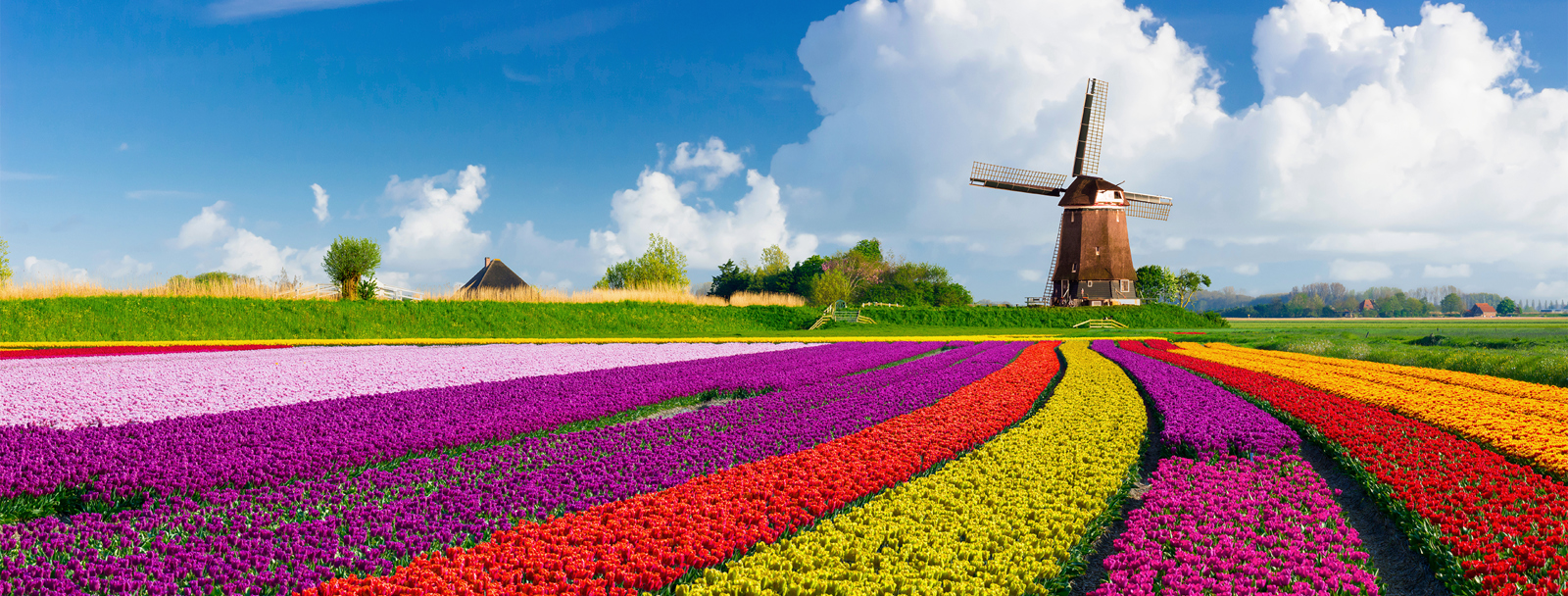
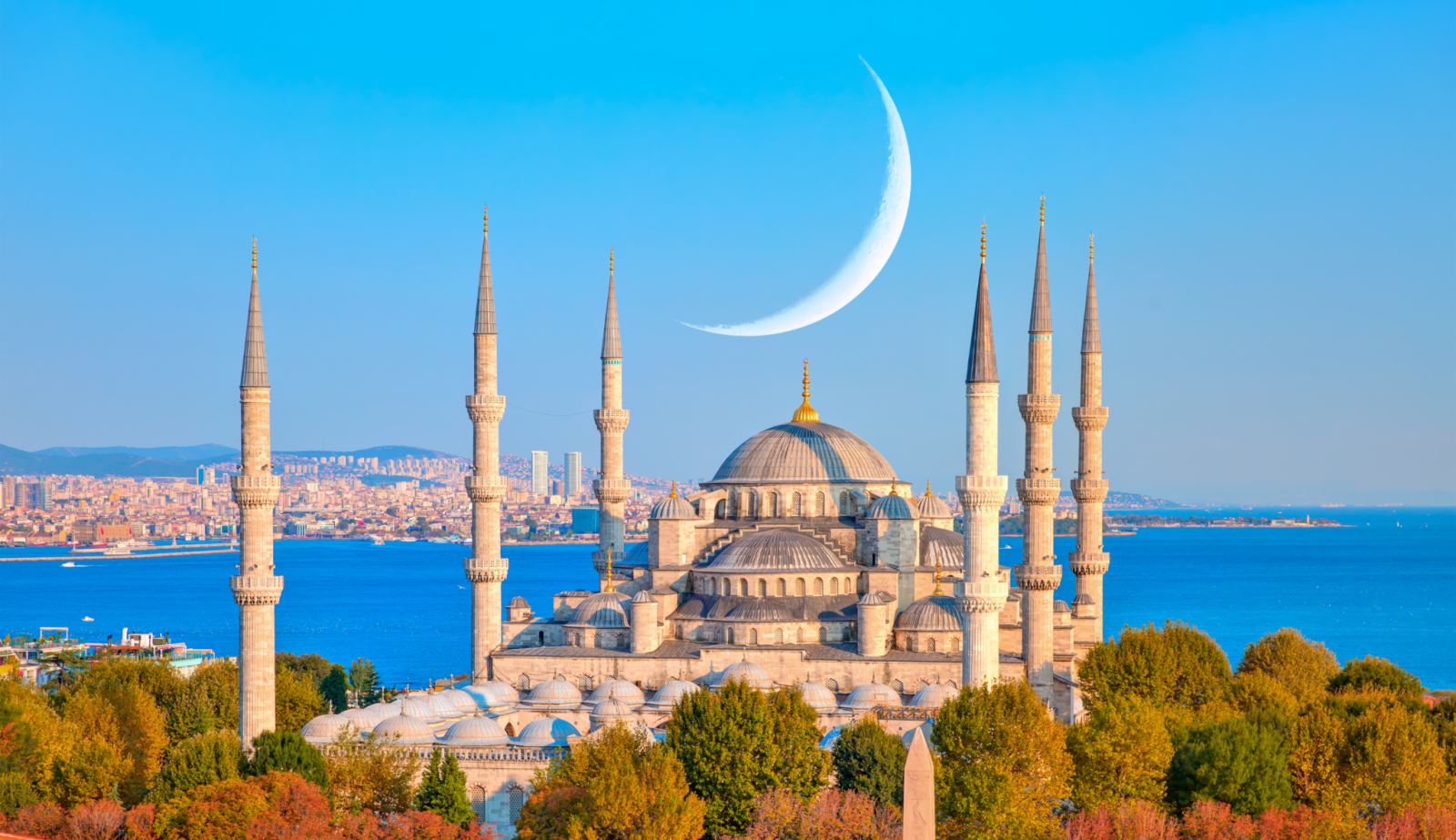

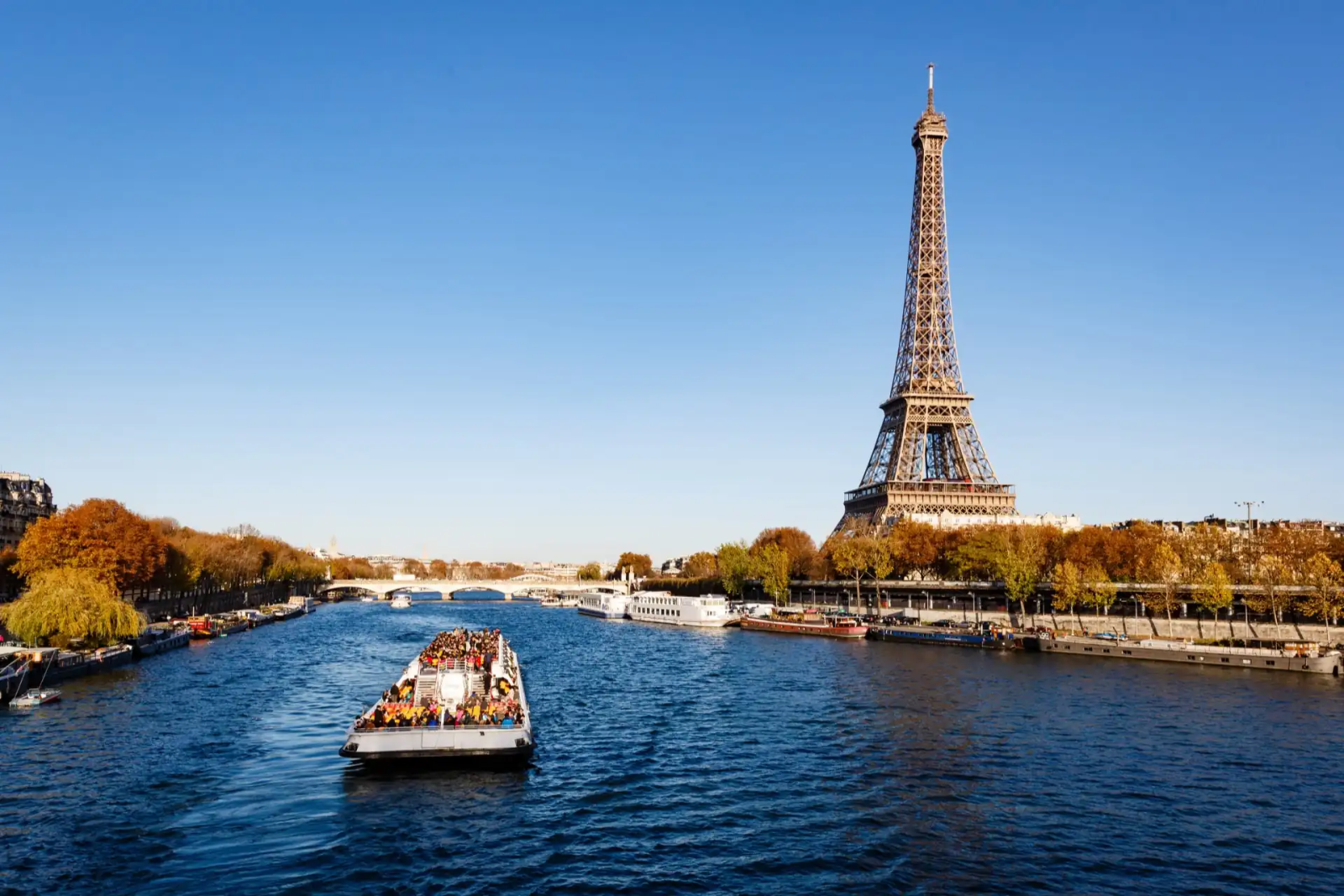
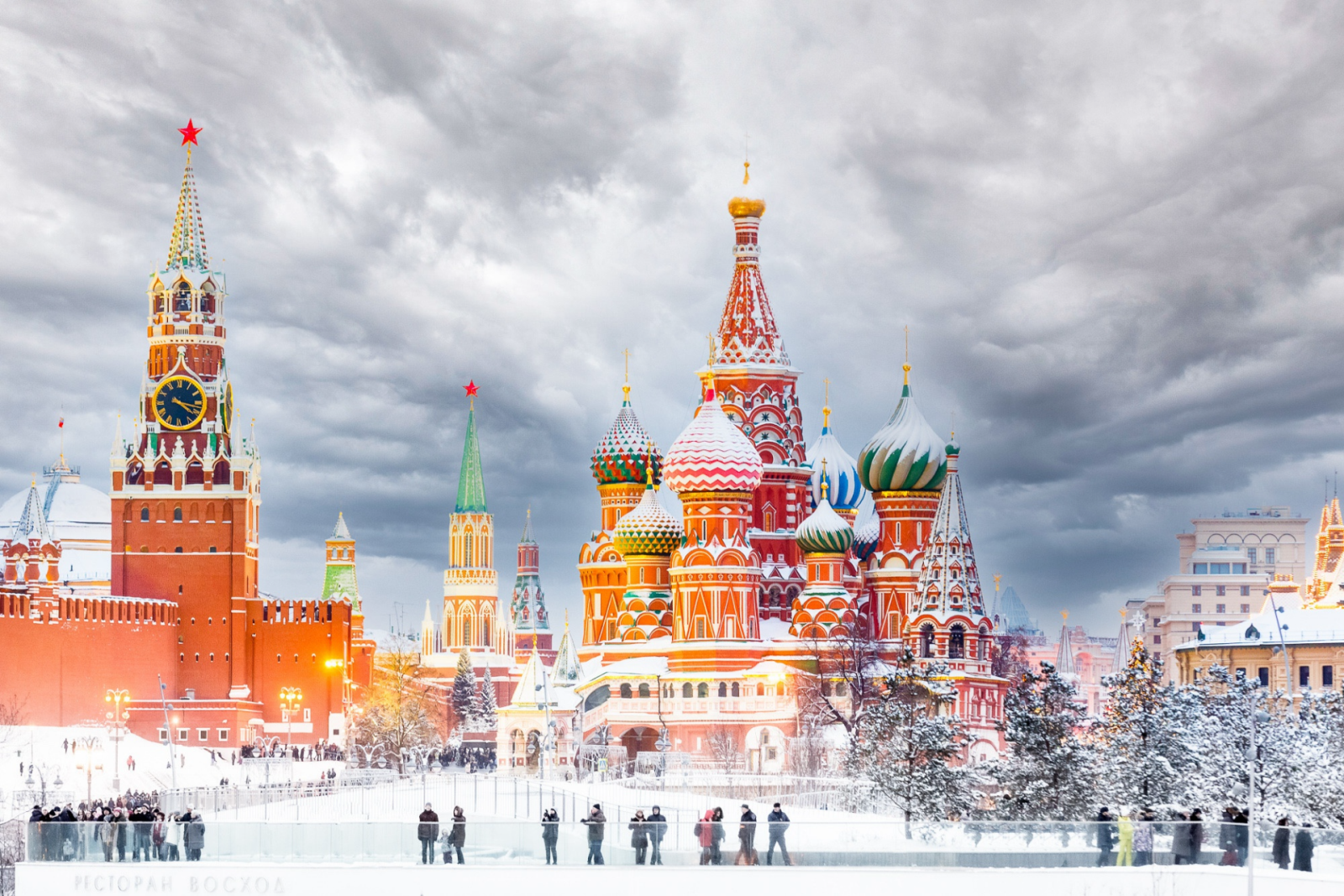
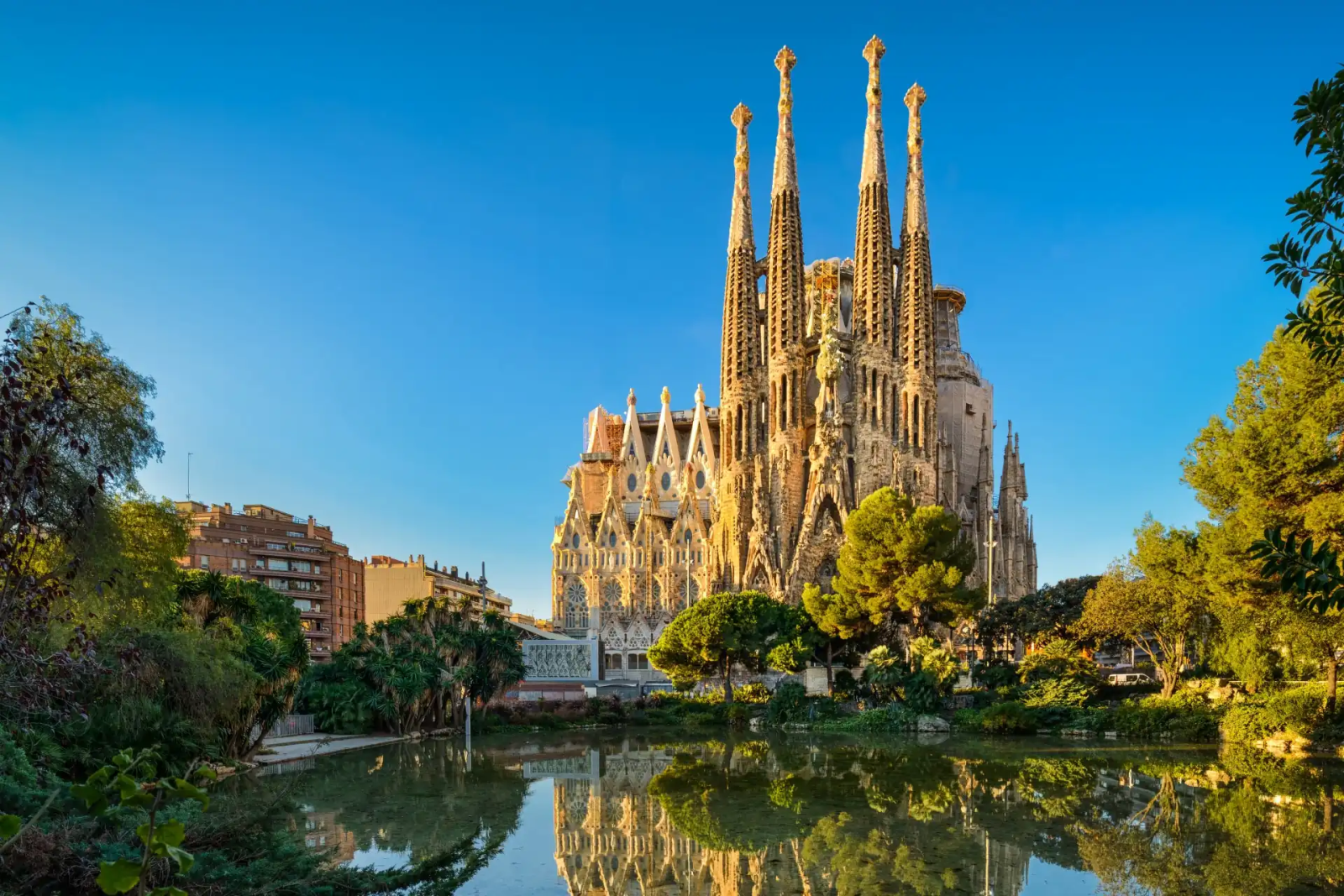
.jpg)



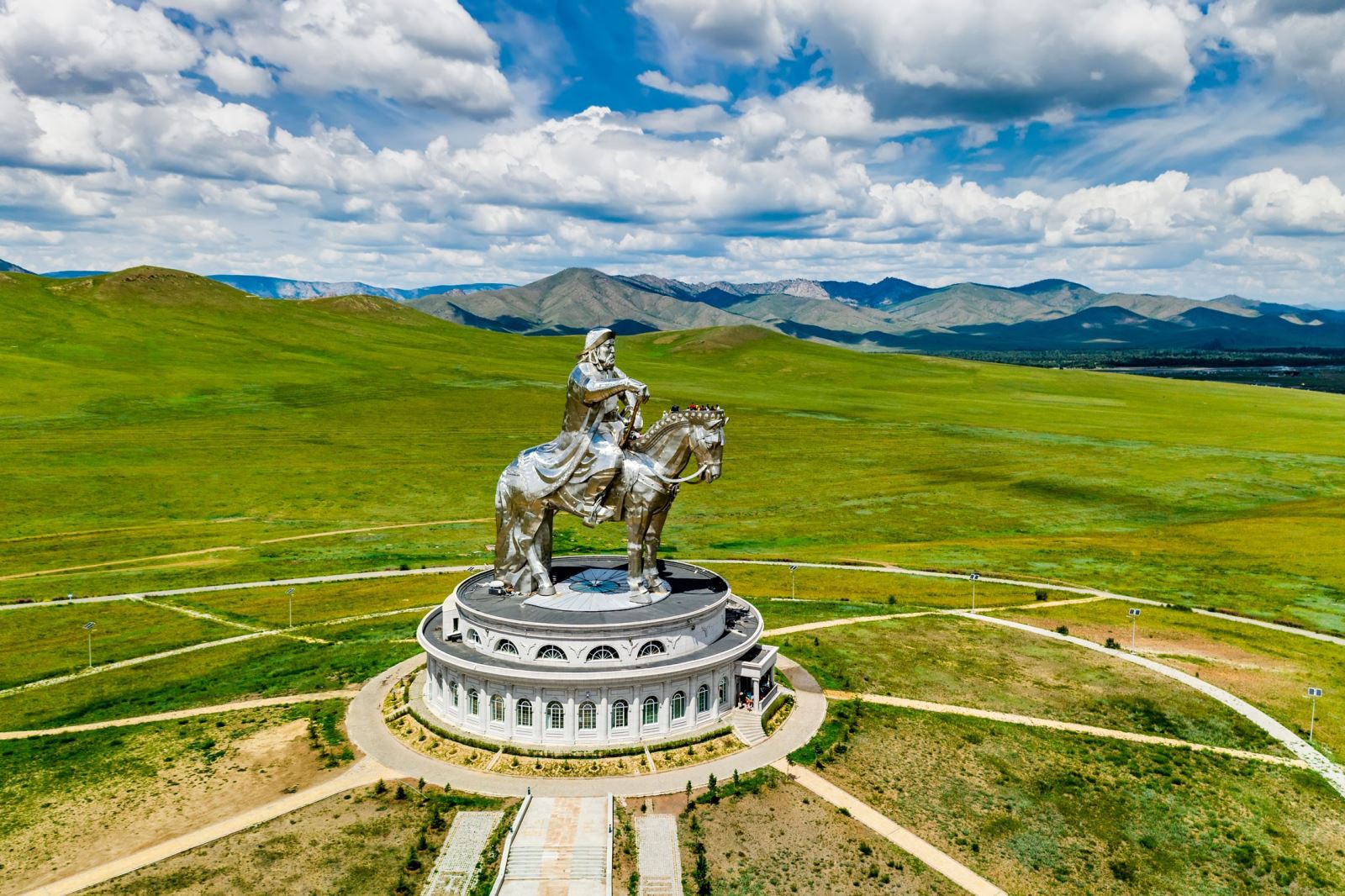

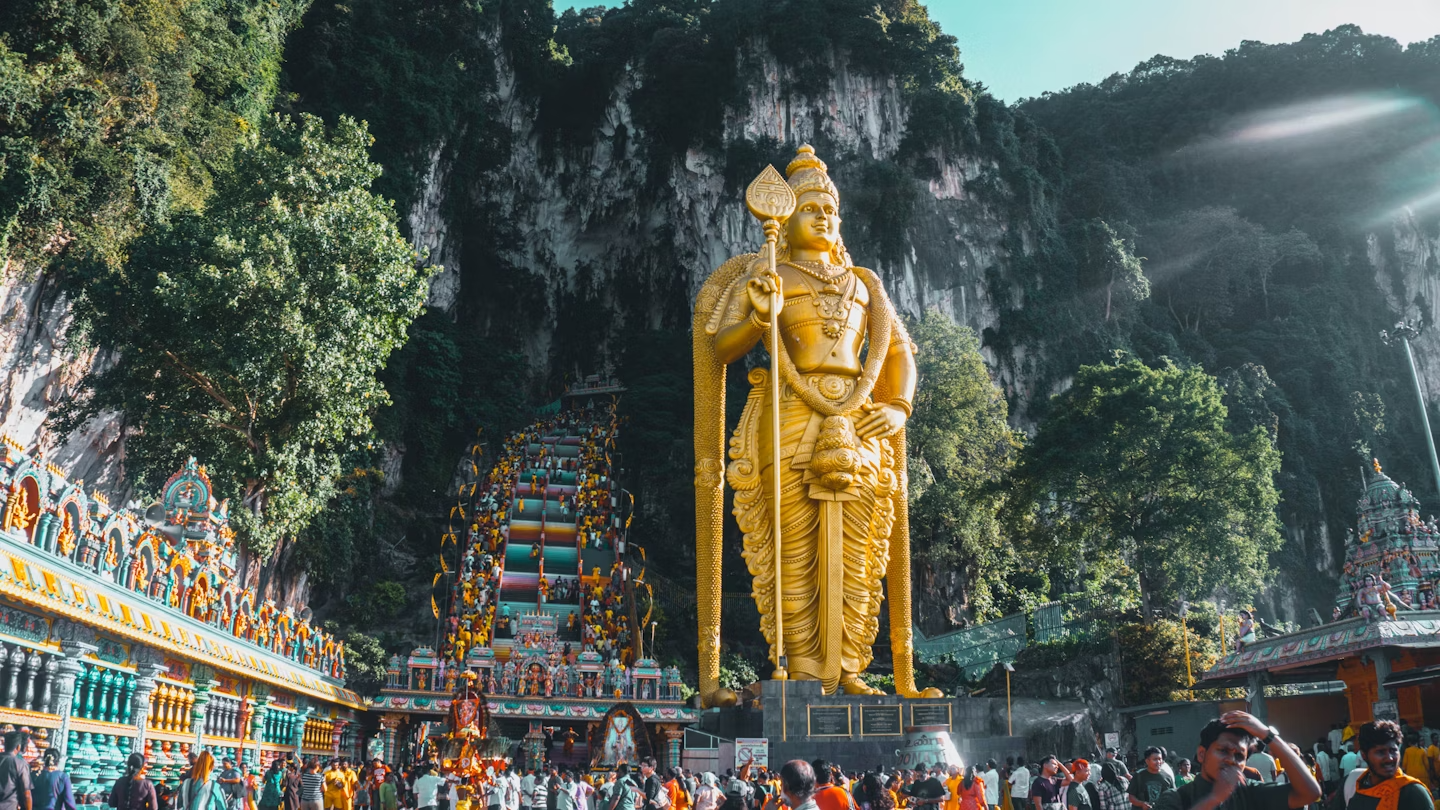
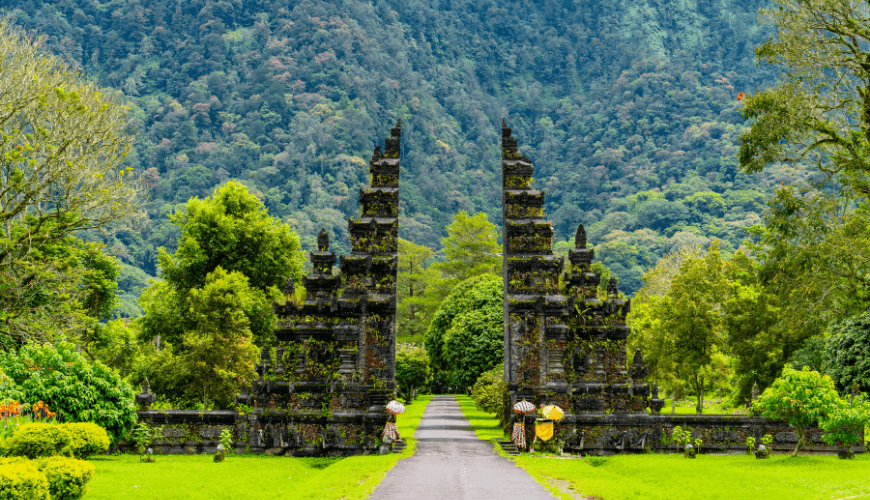
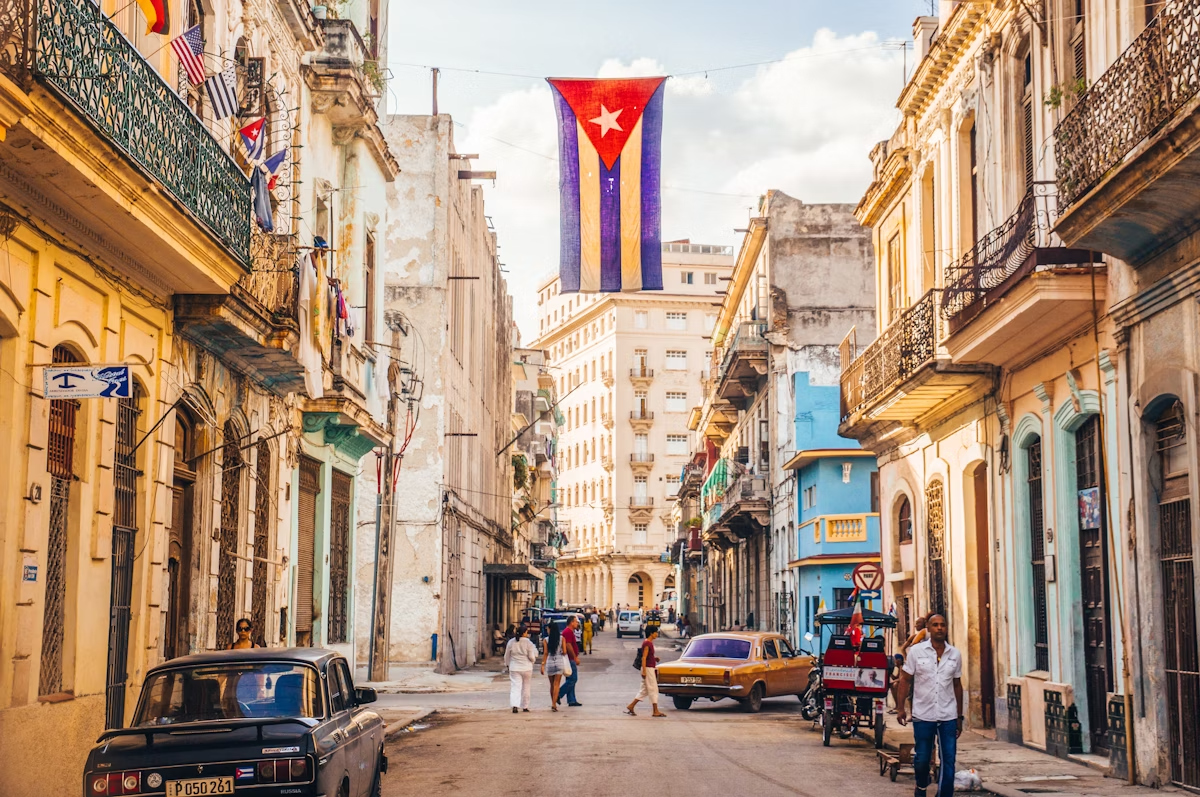
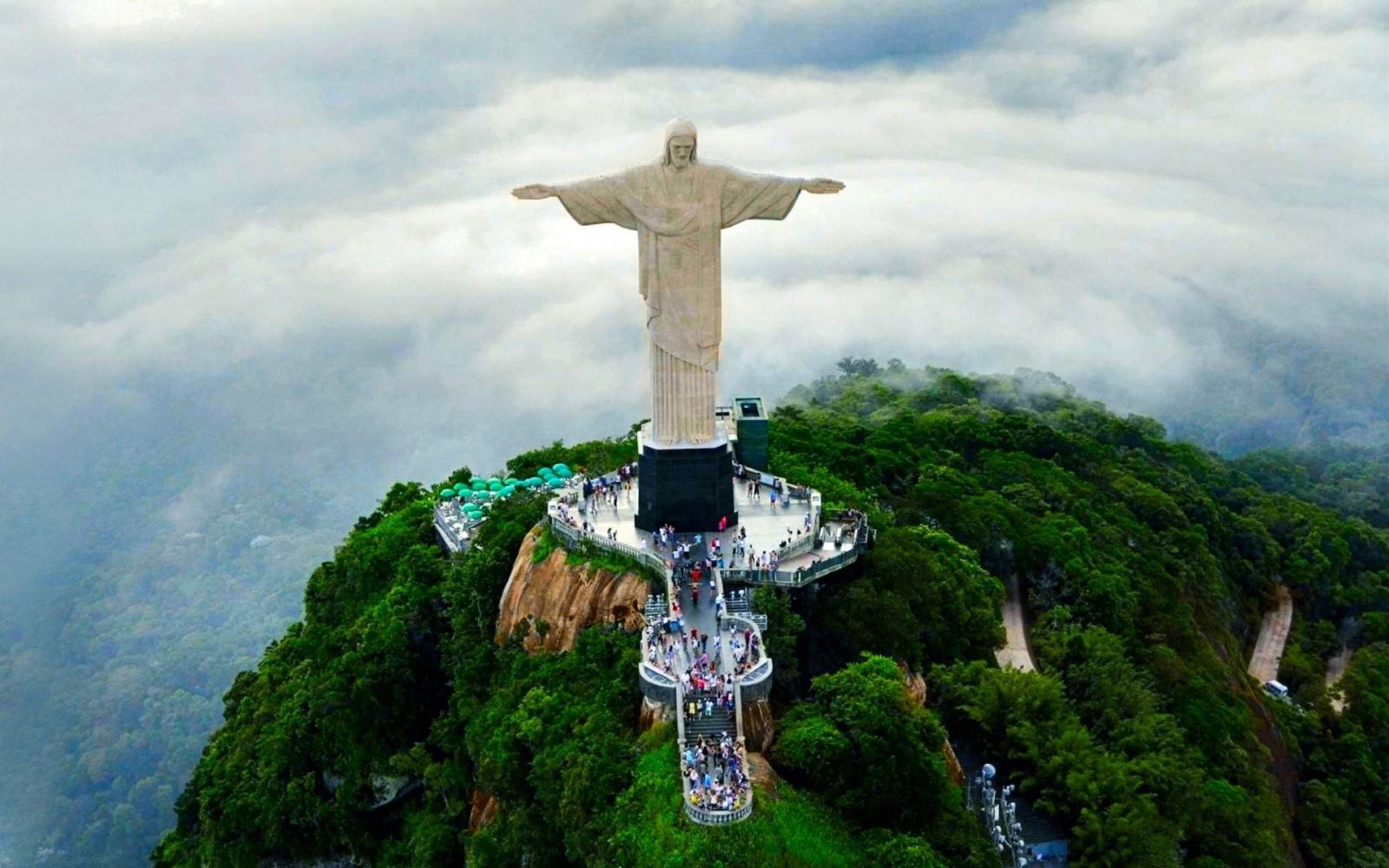
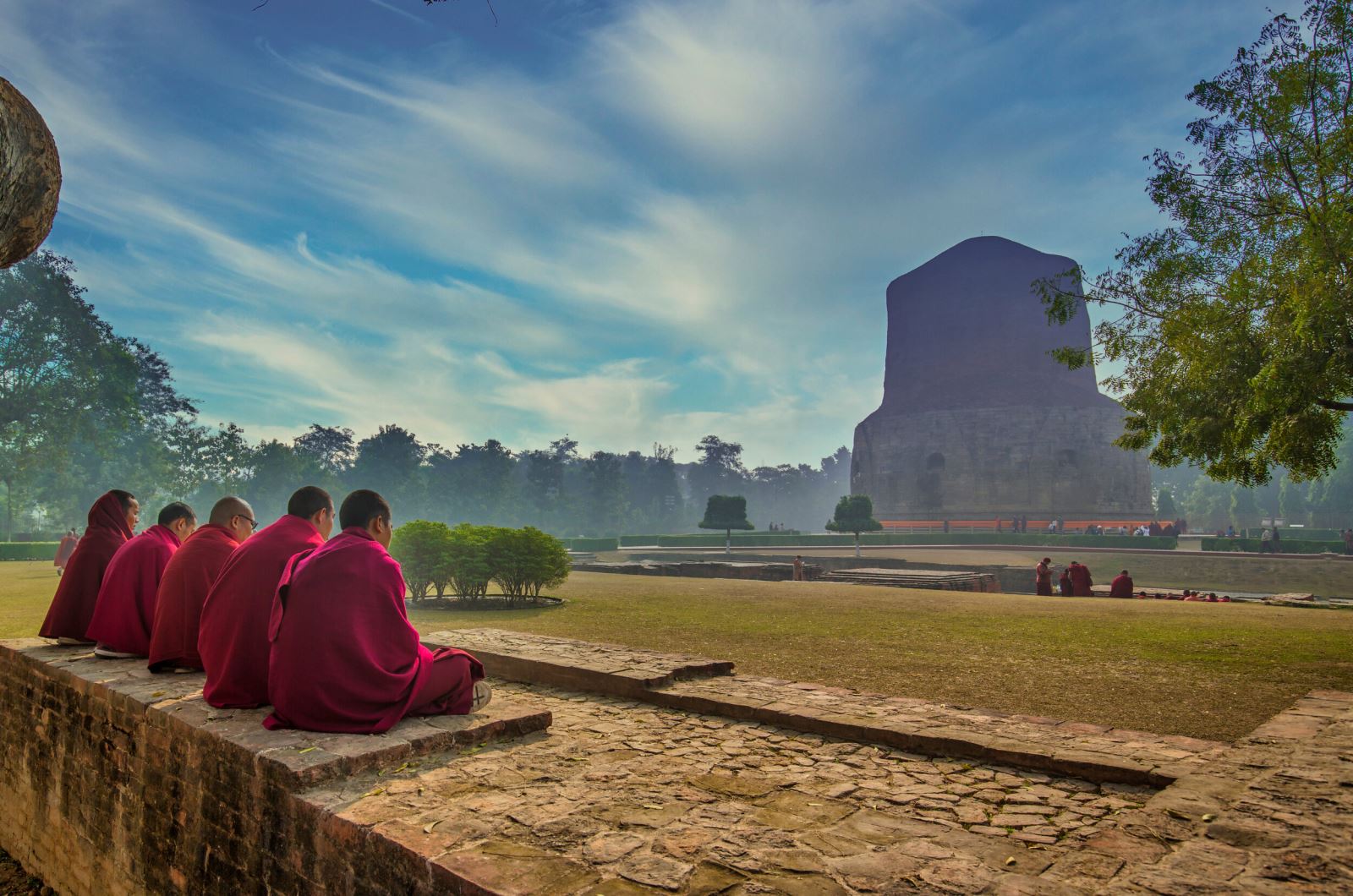
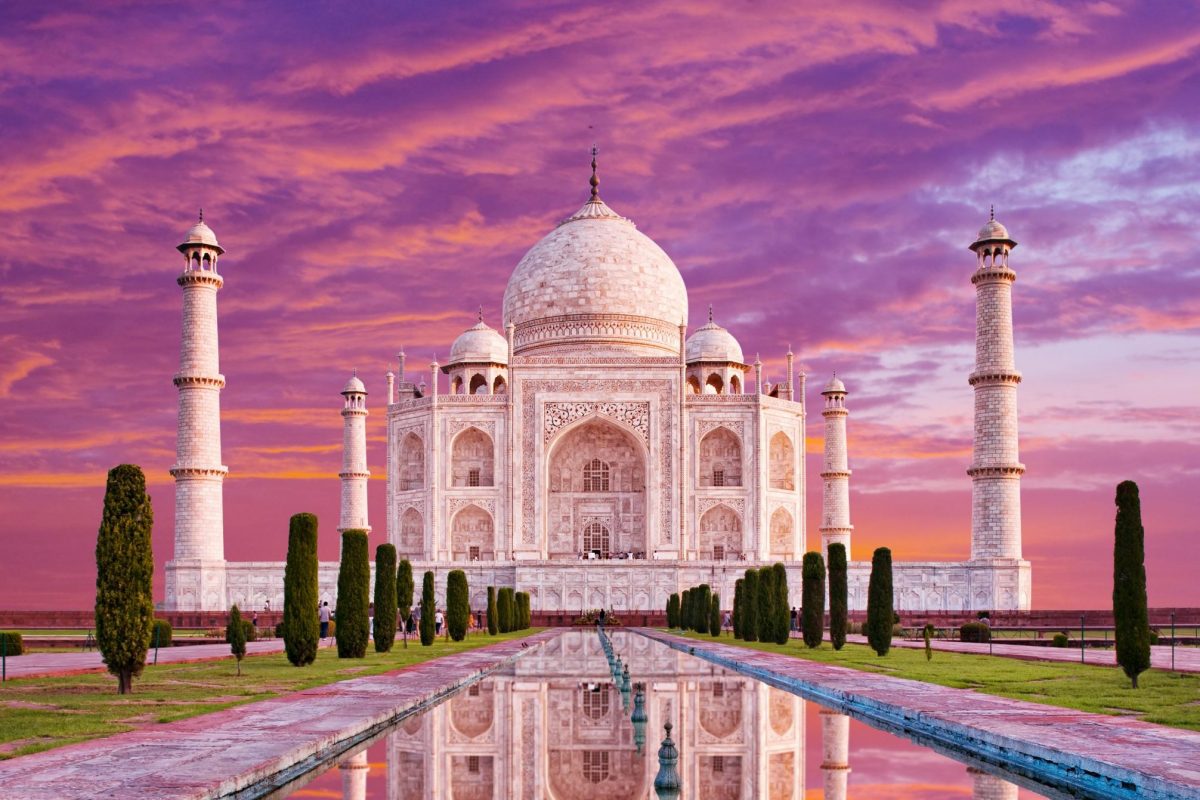


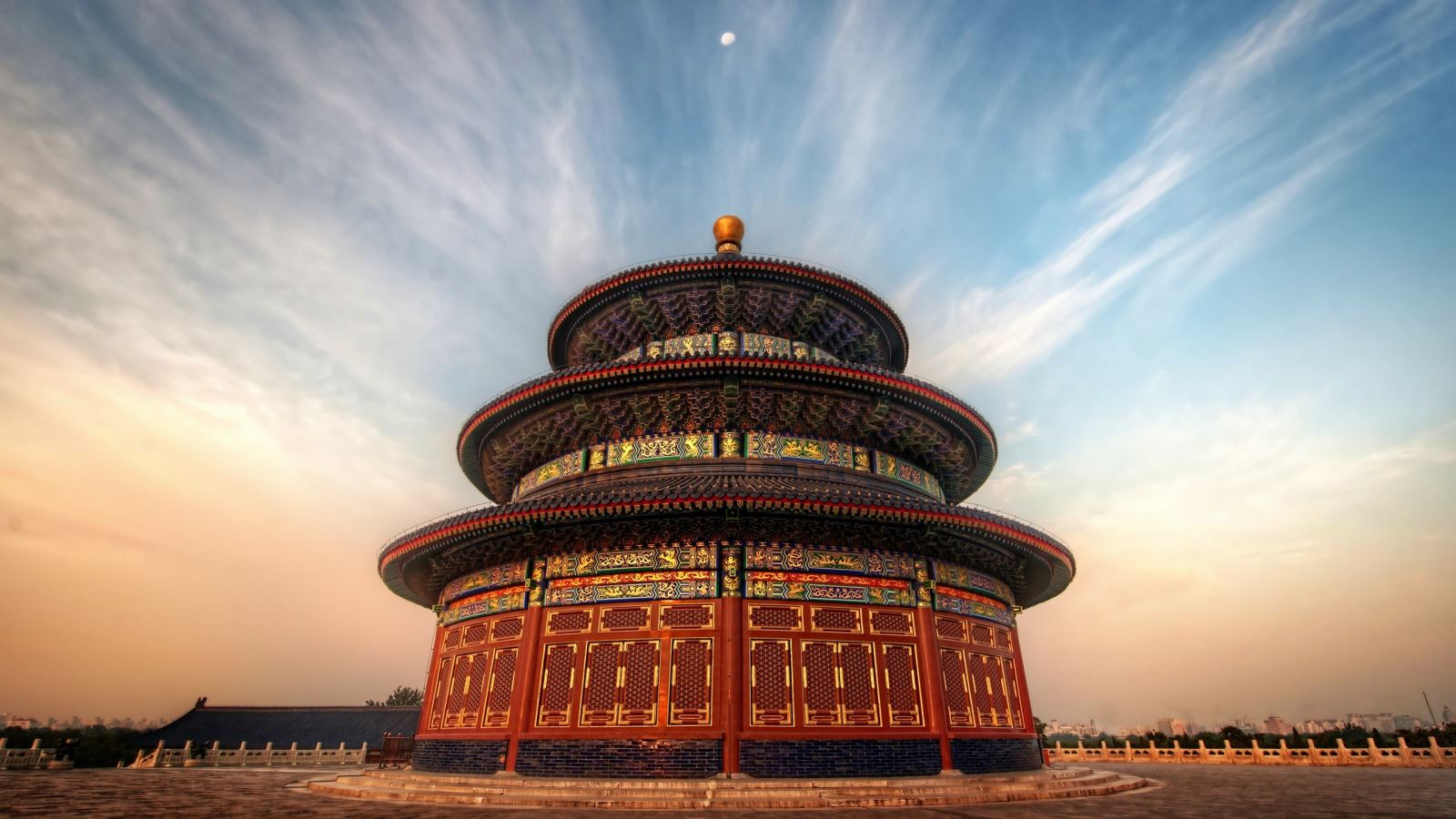
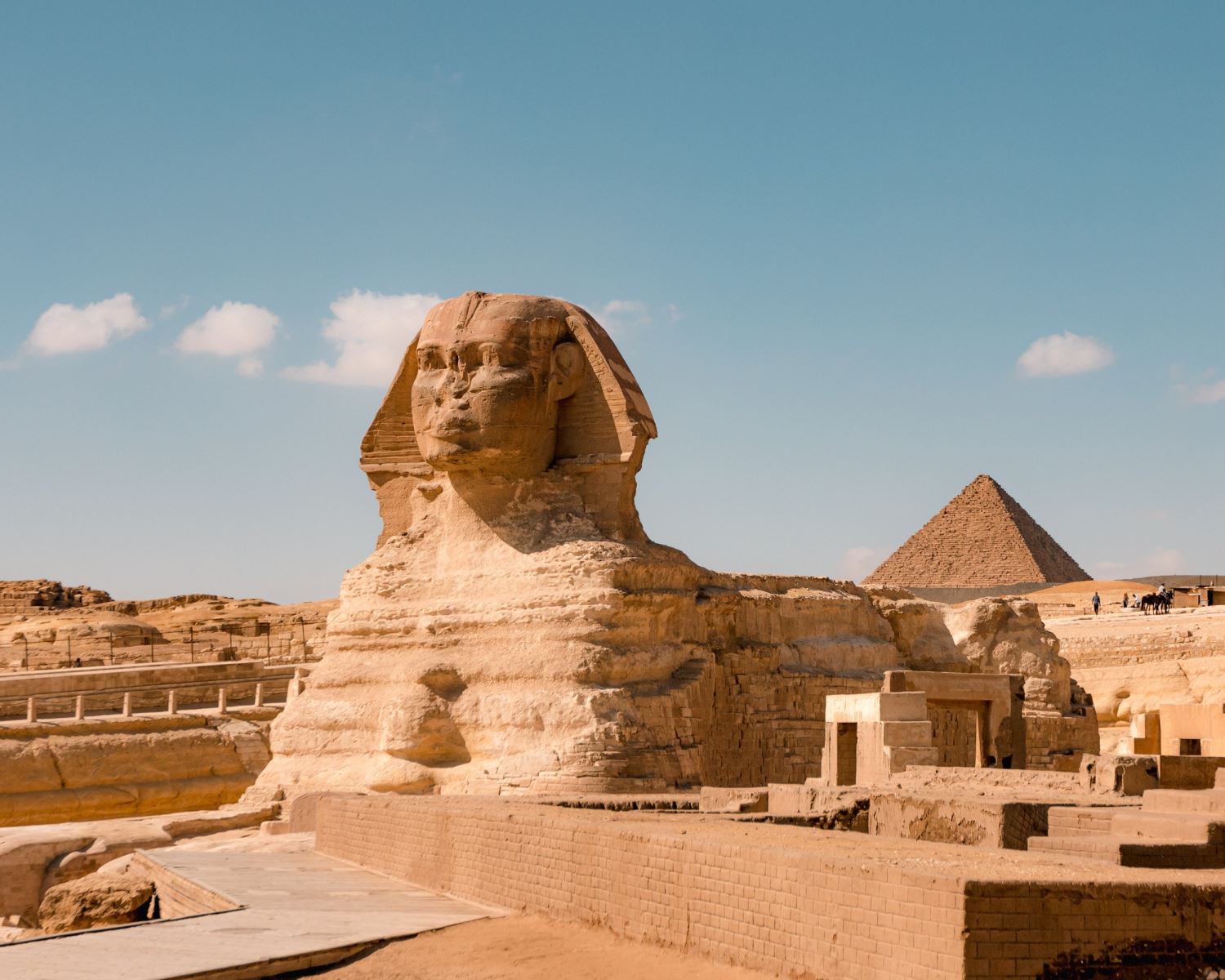
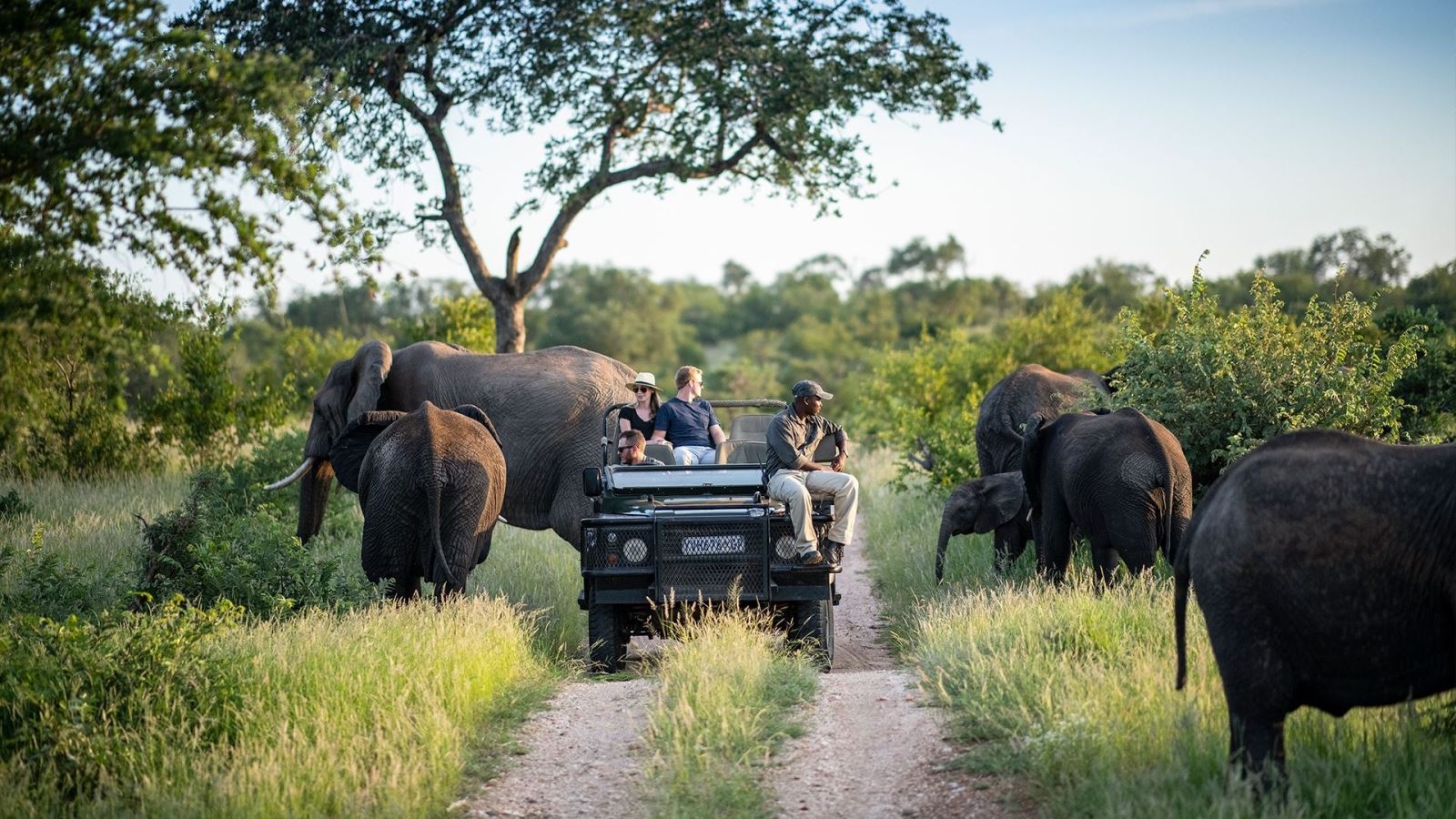
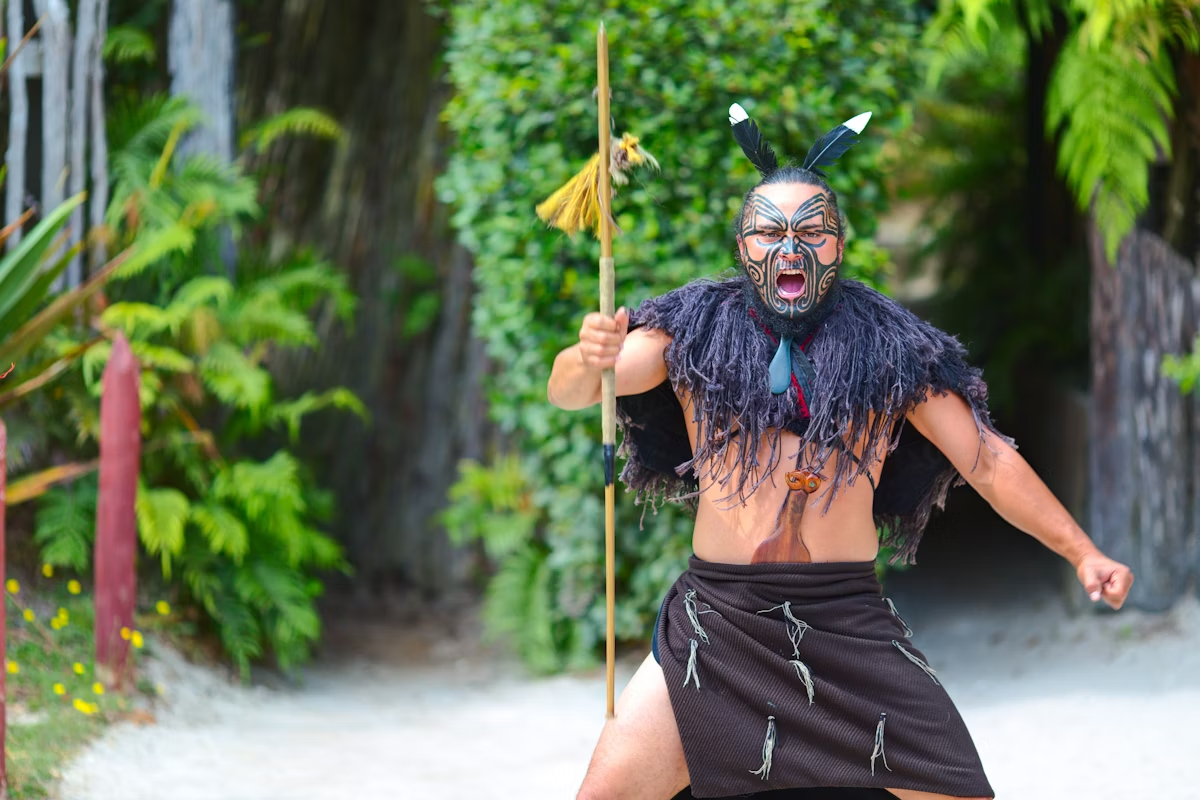
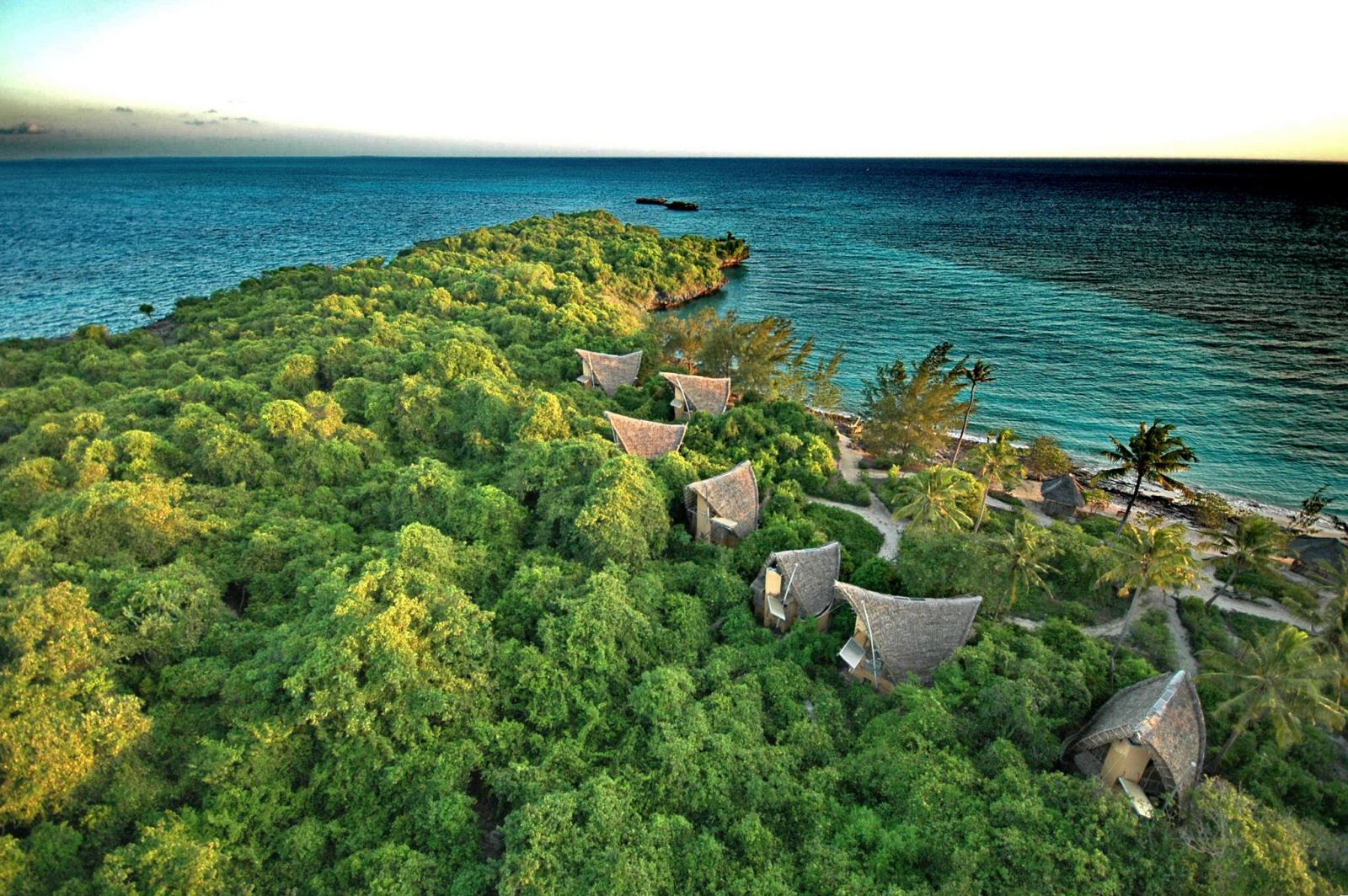
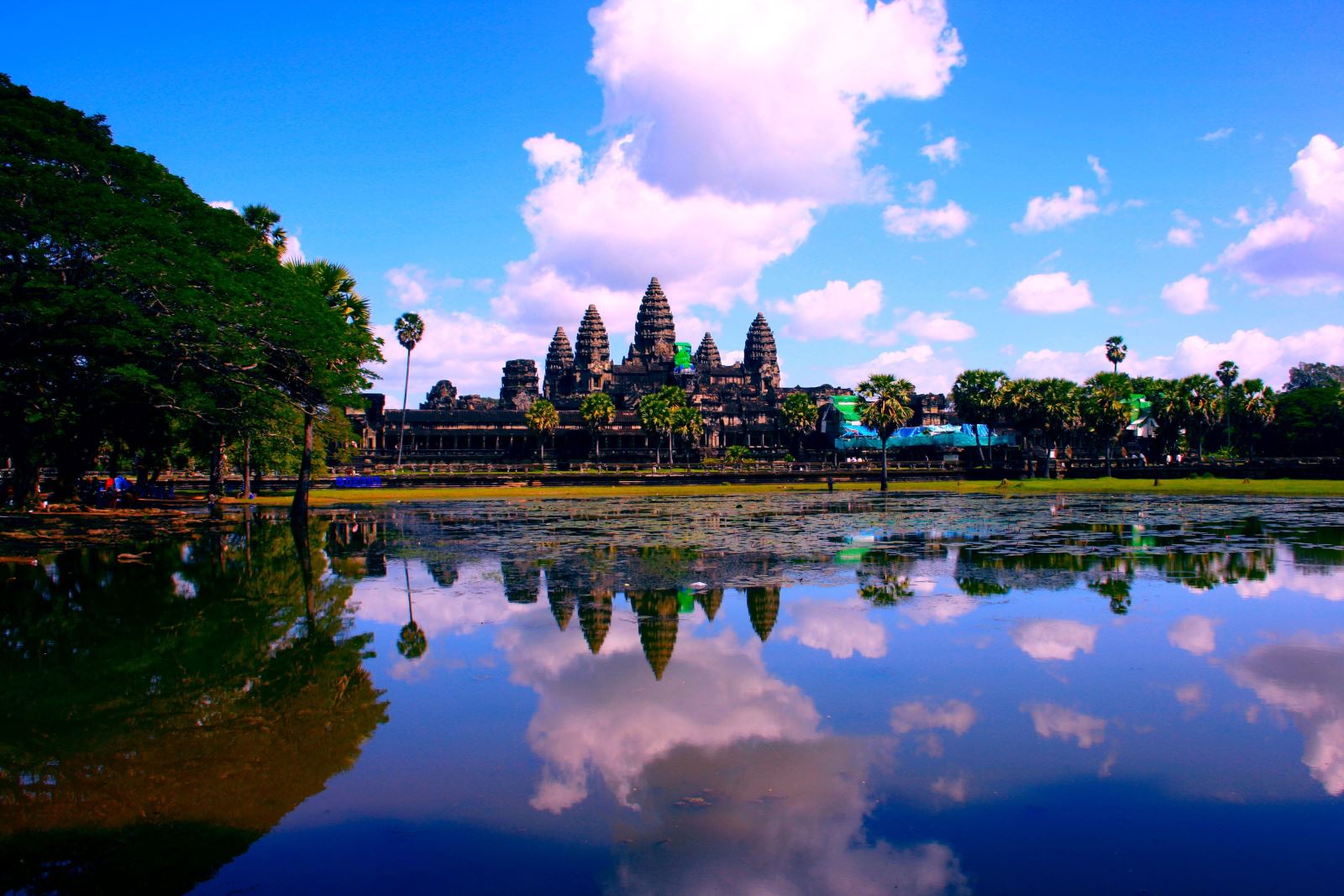
.png)
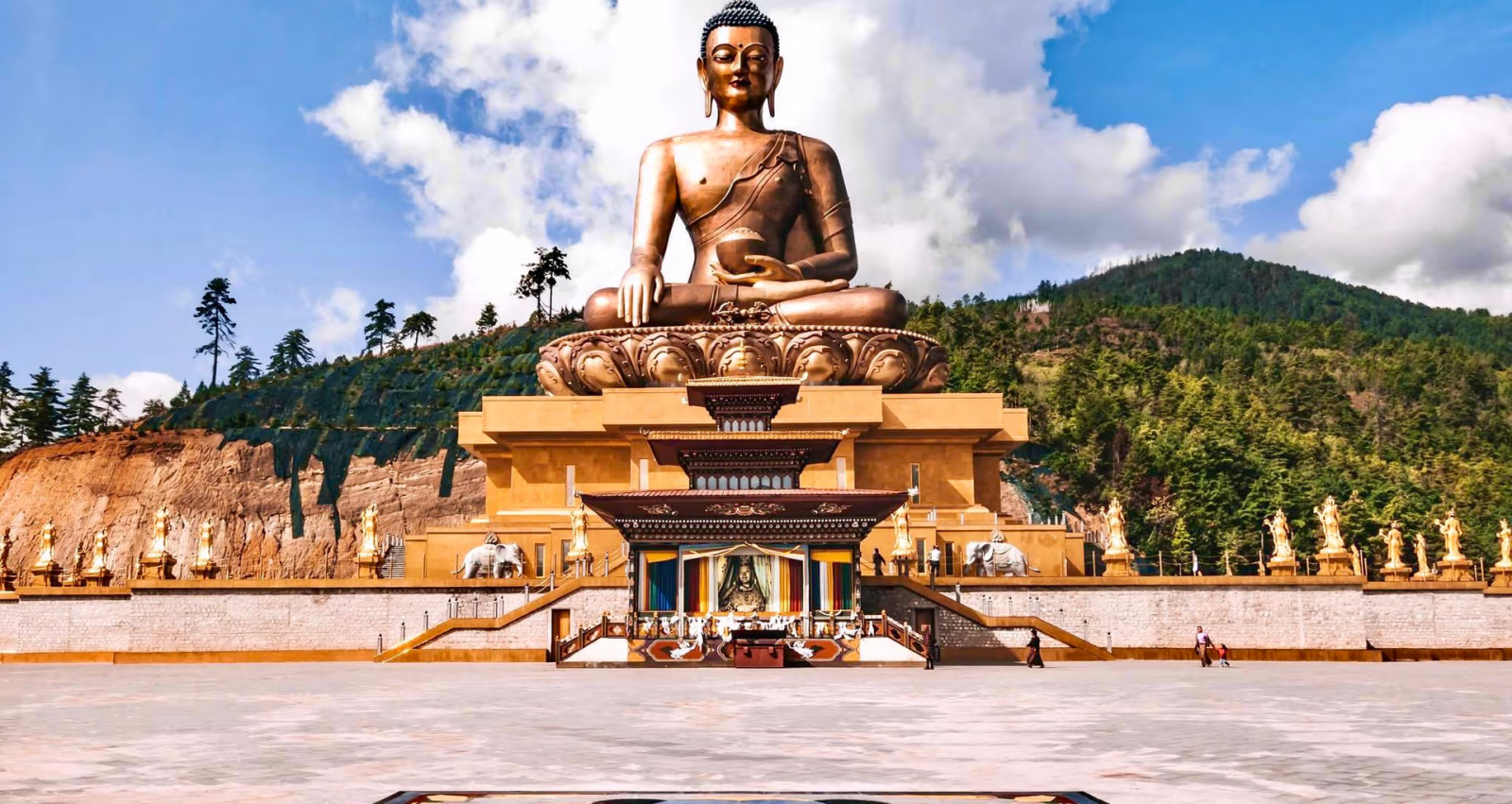
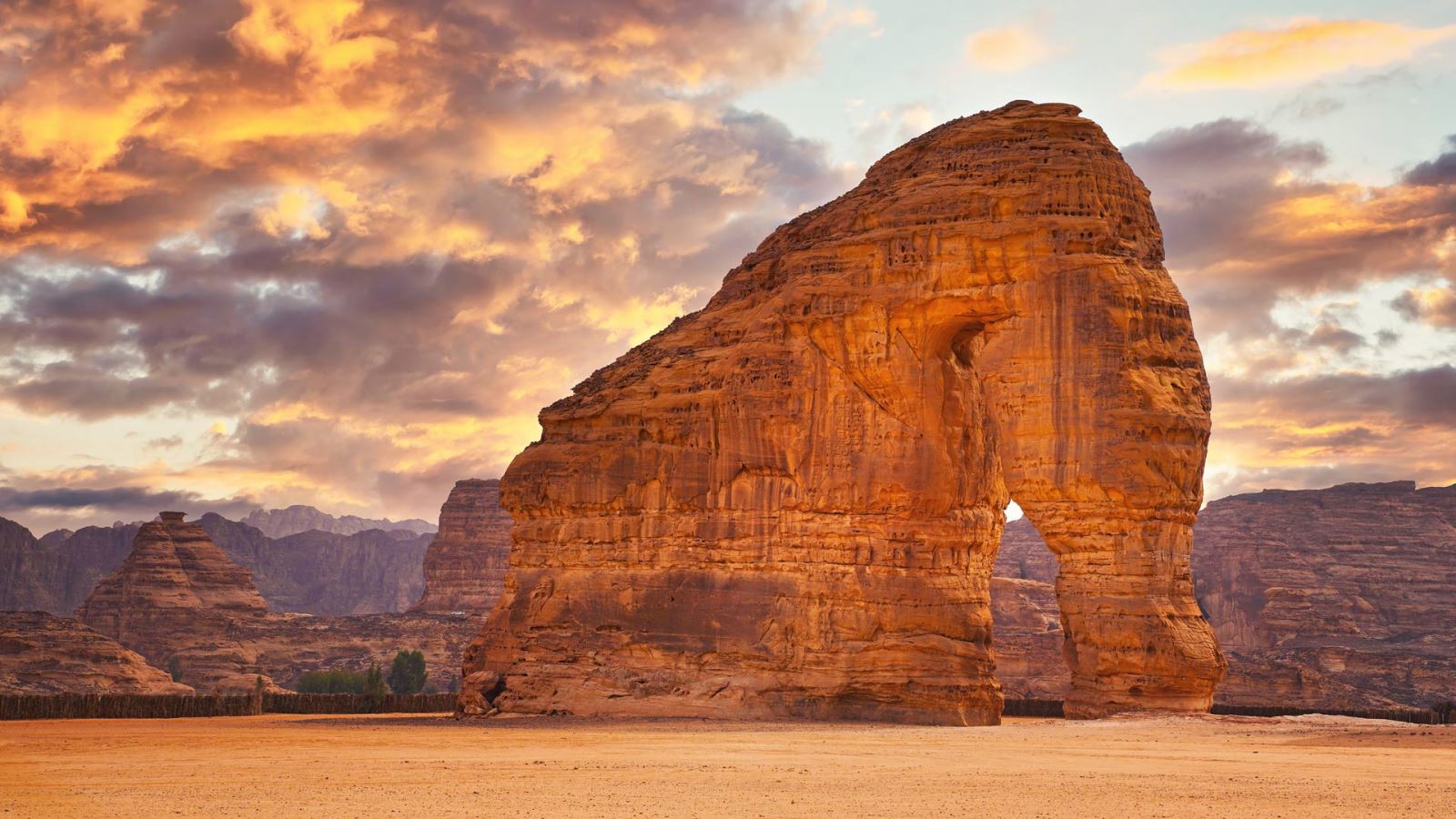
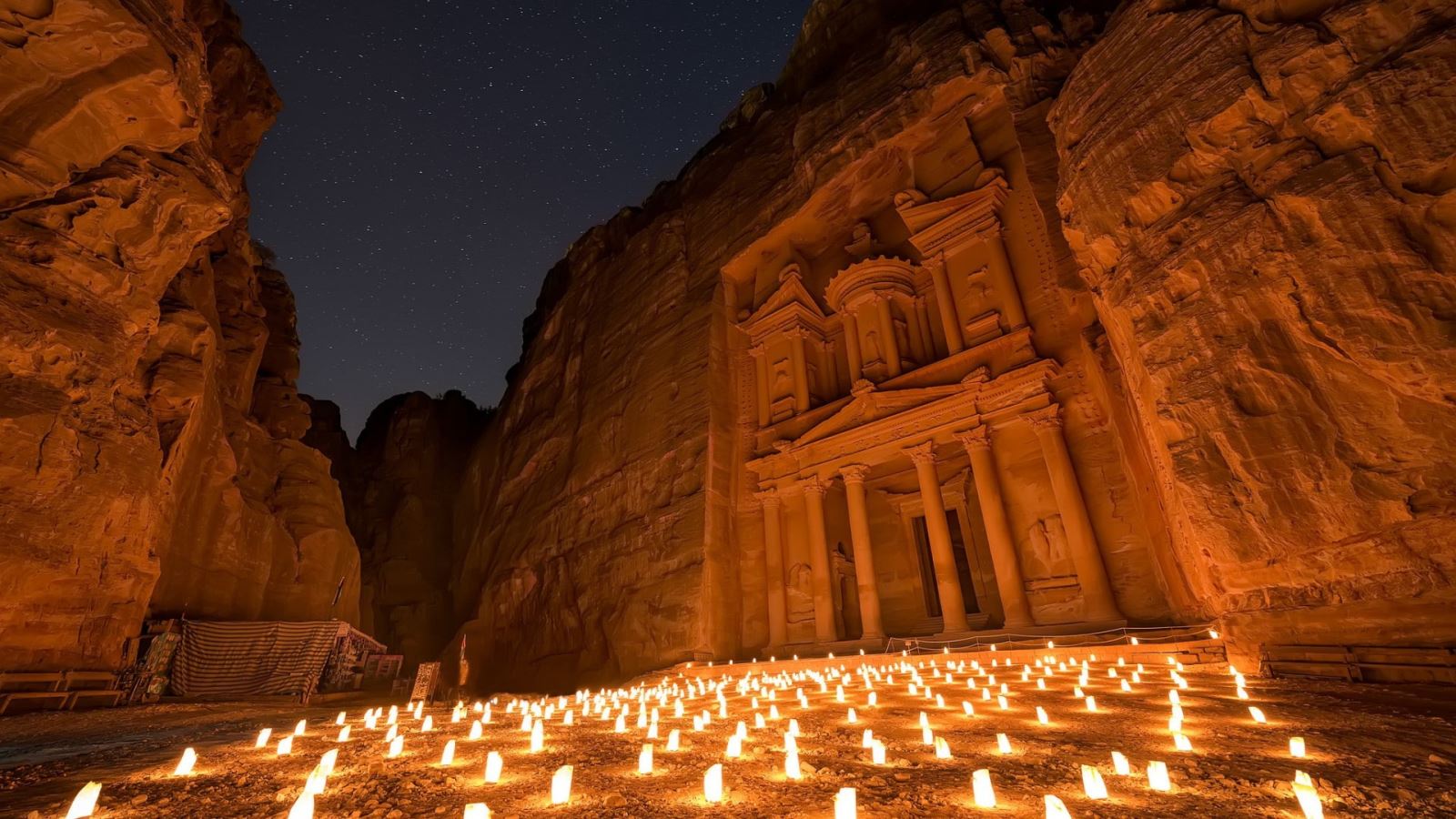

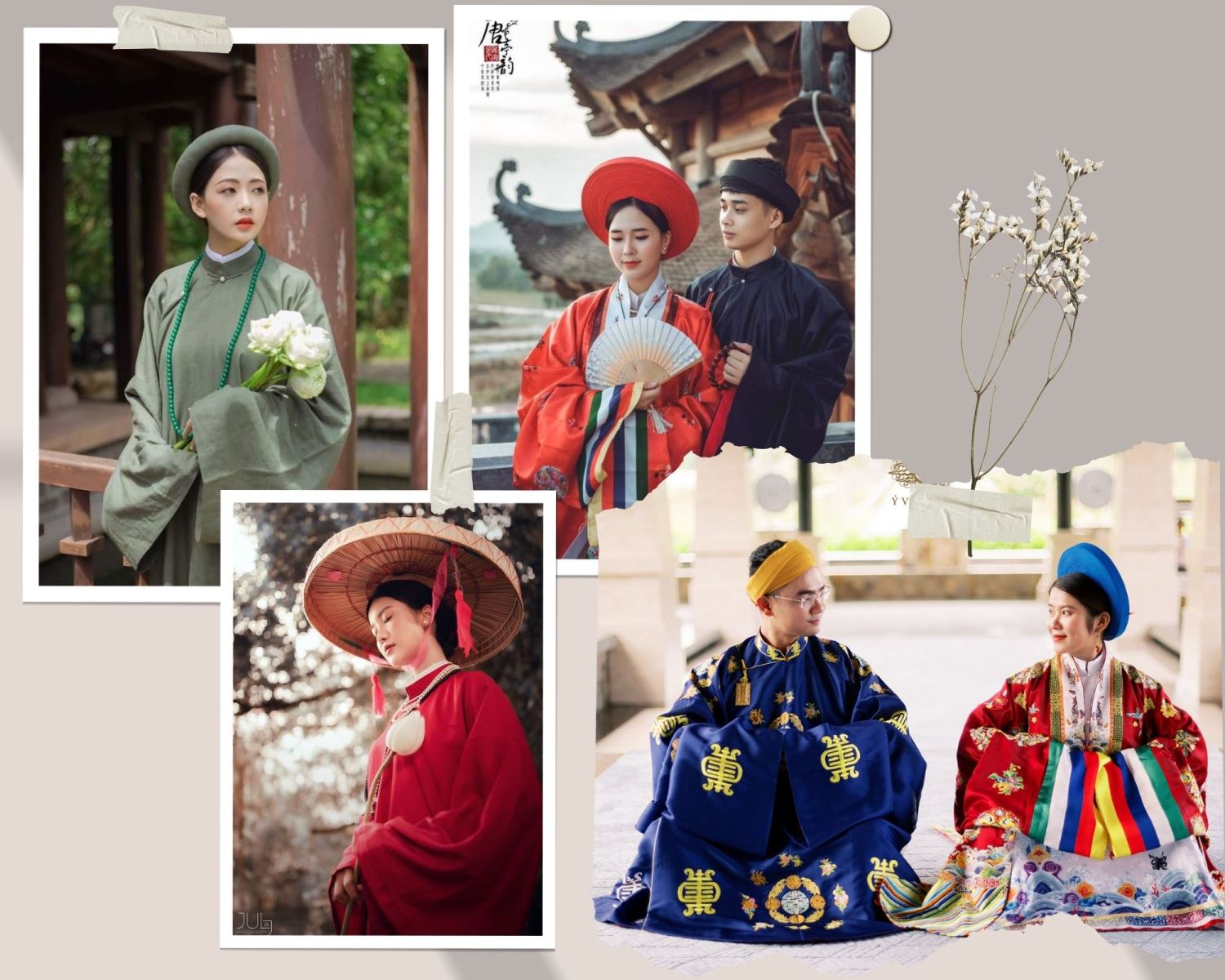



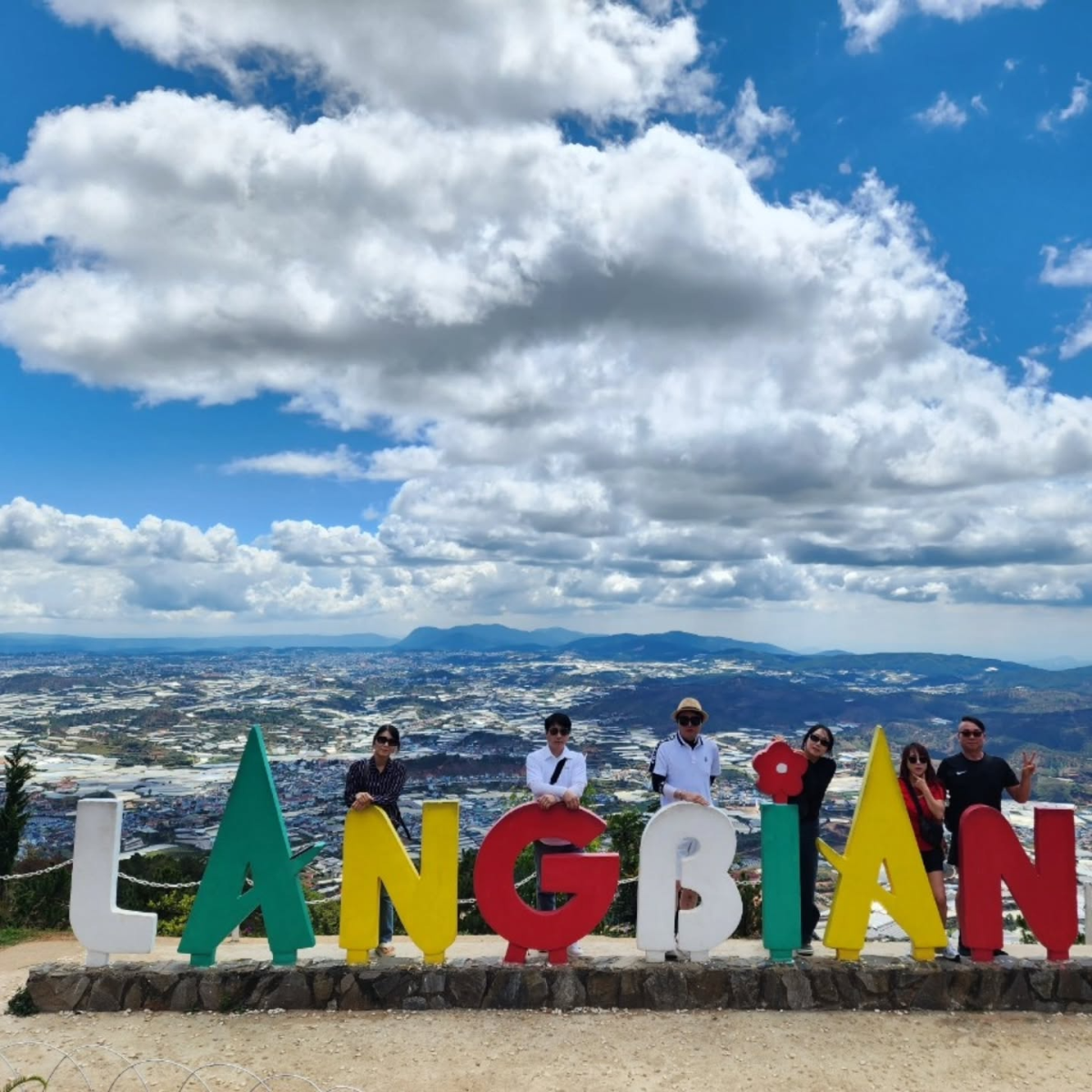

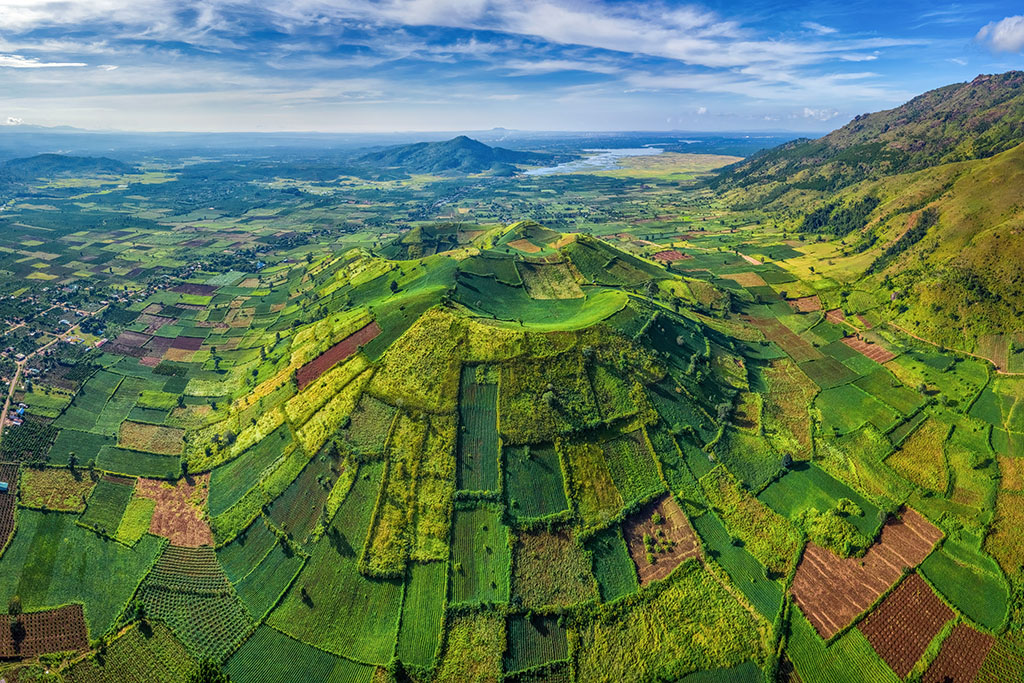
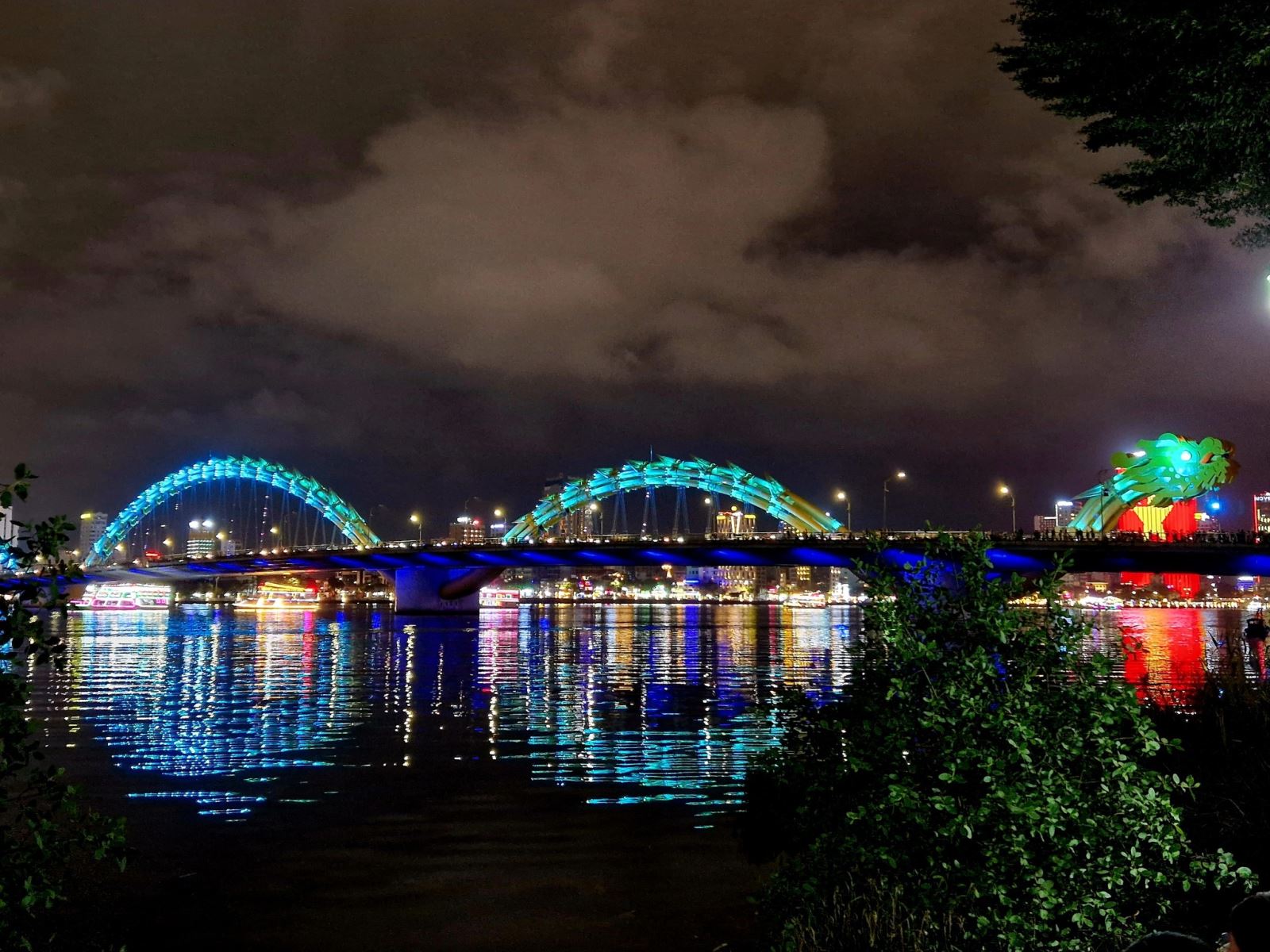
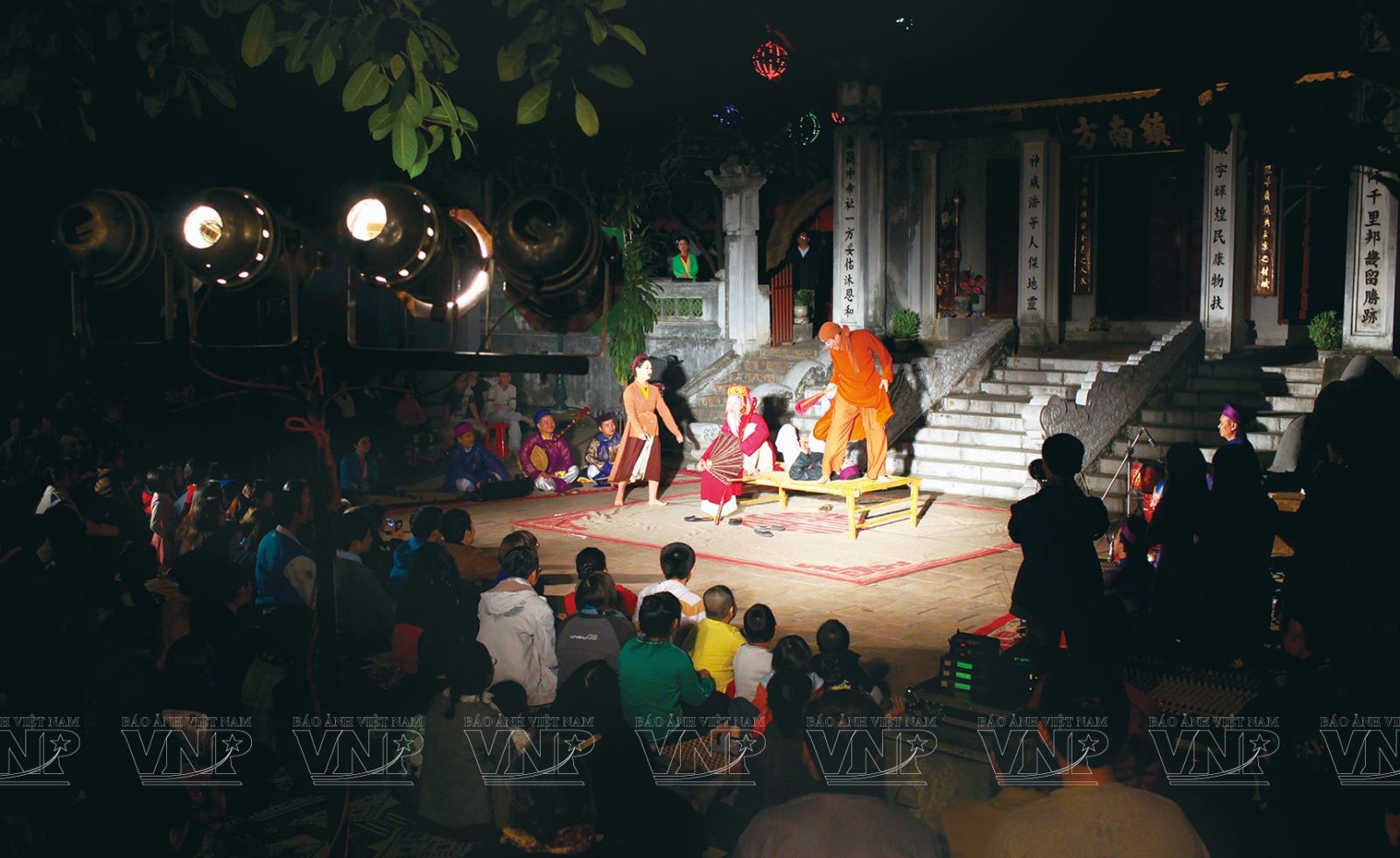
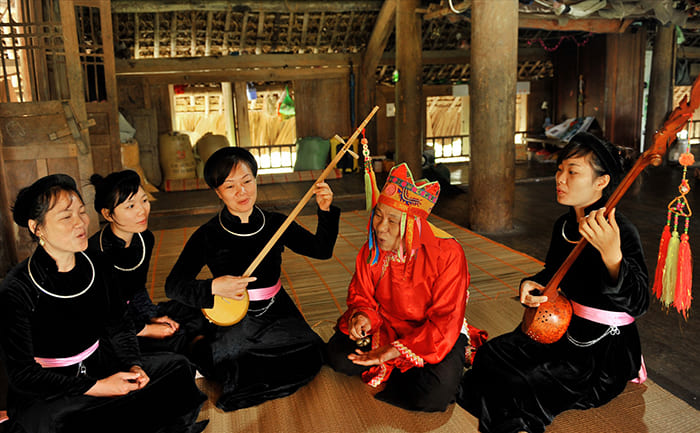
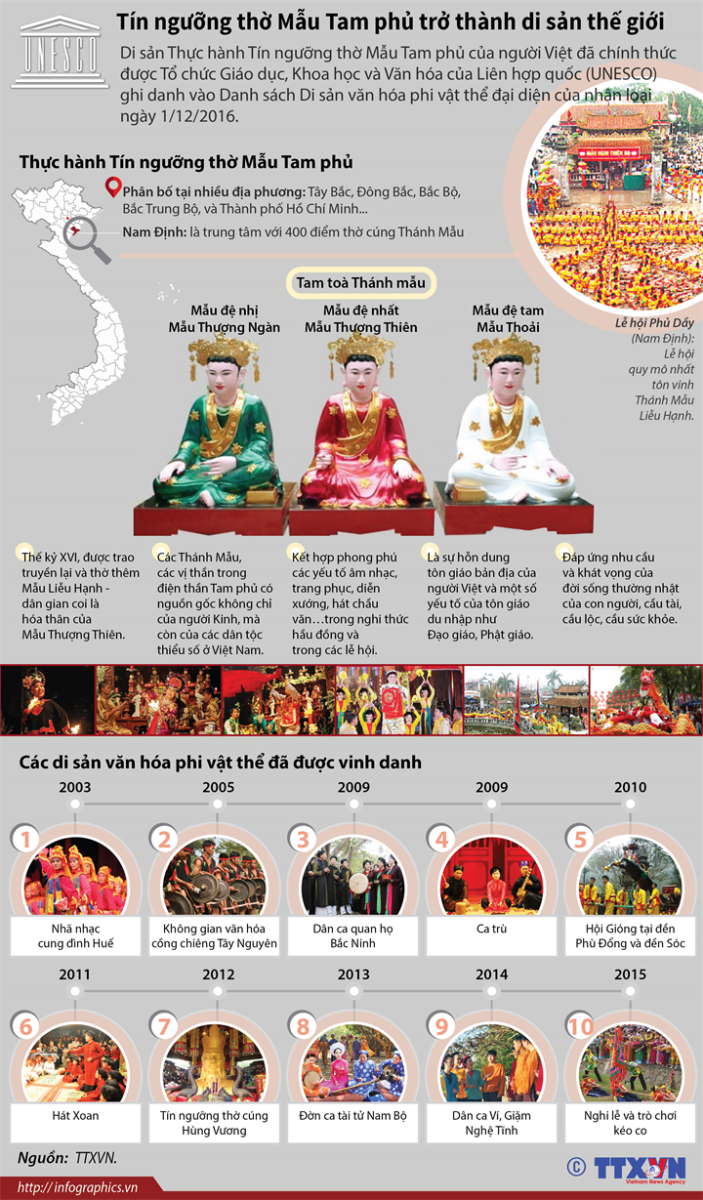
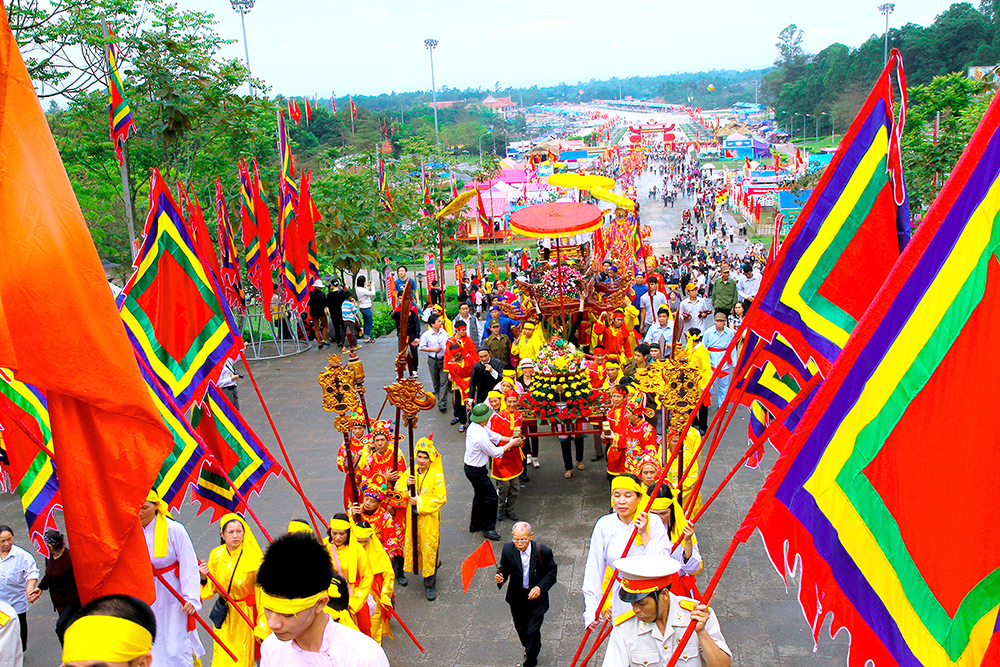
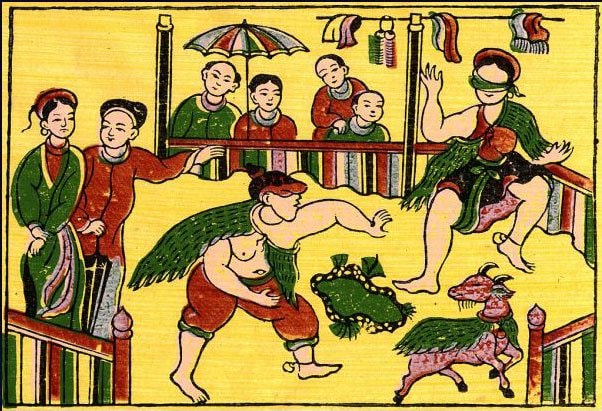
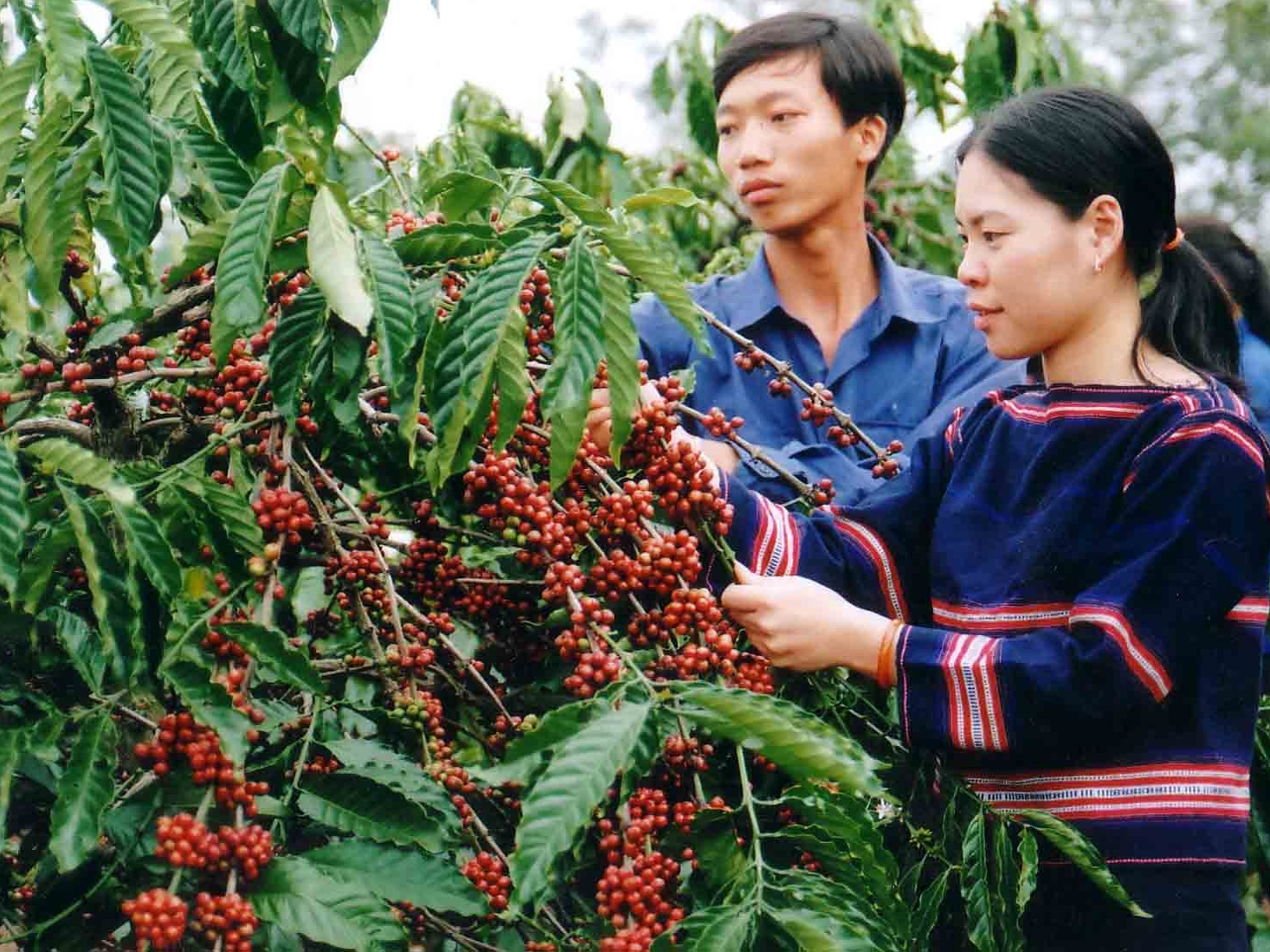
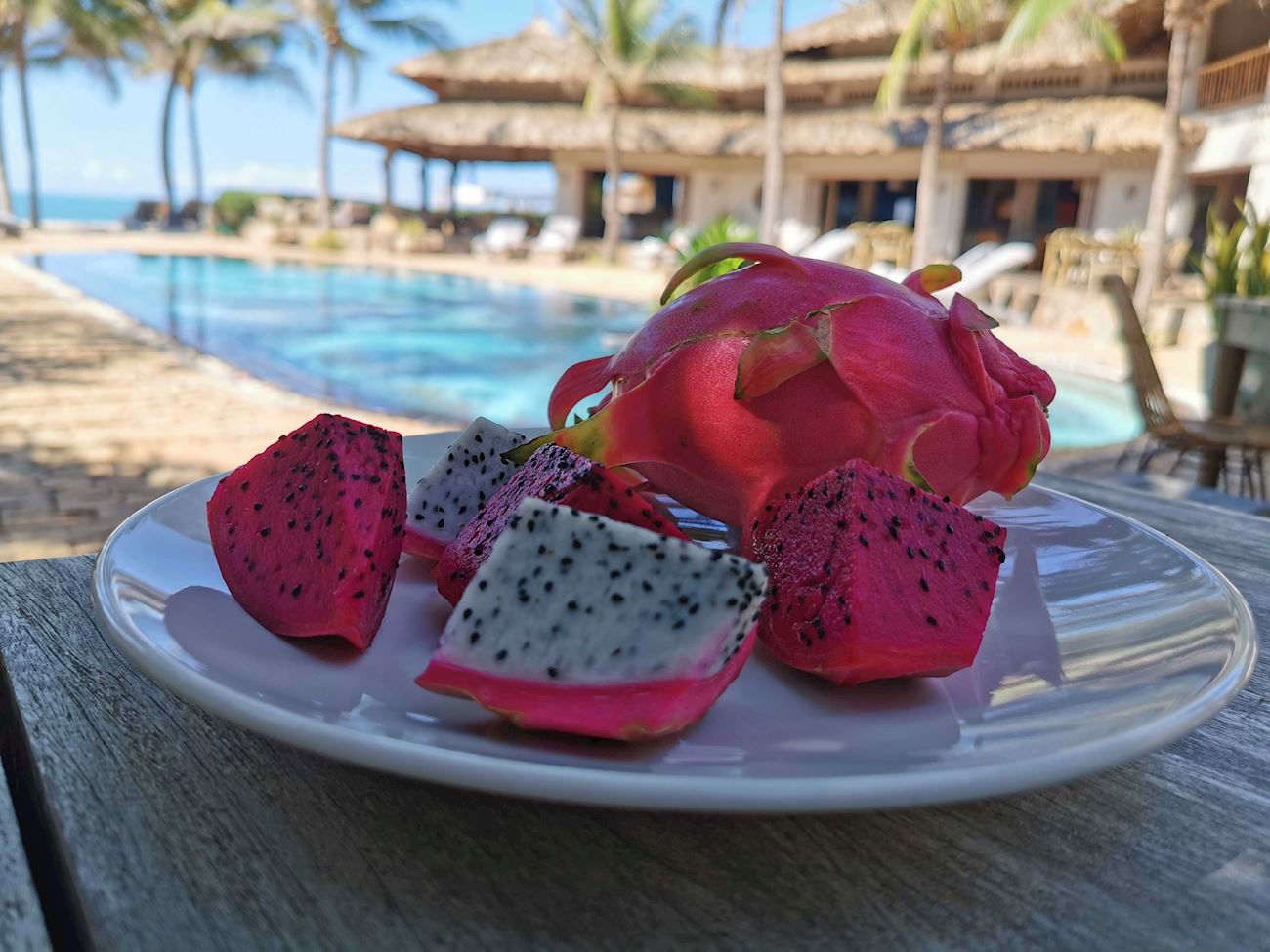
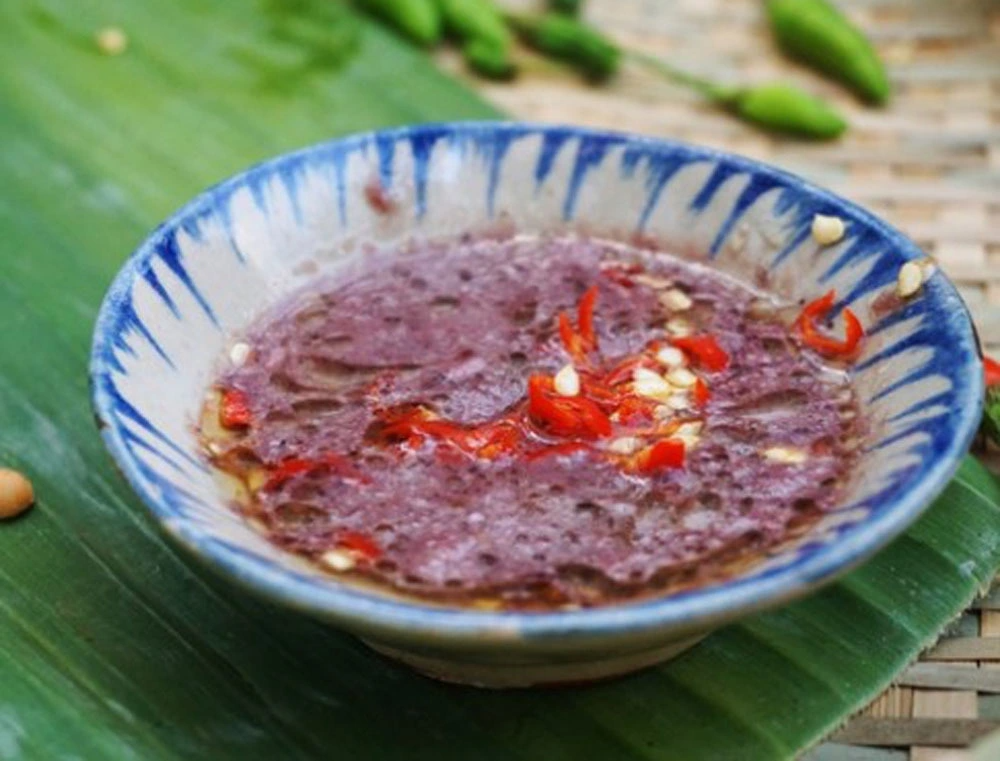
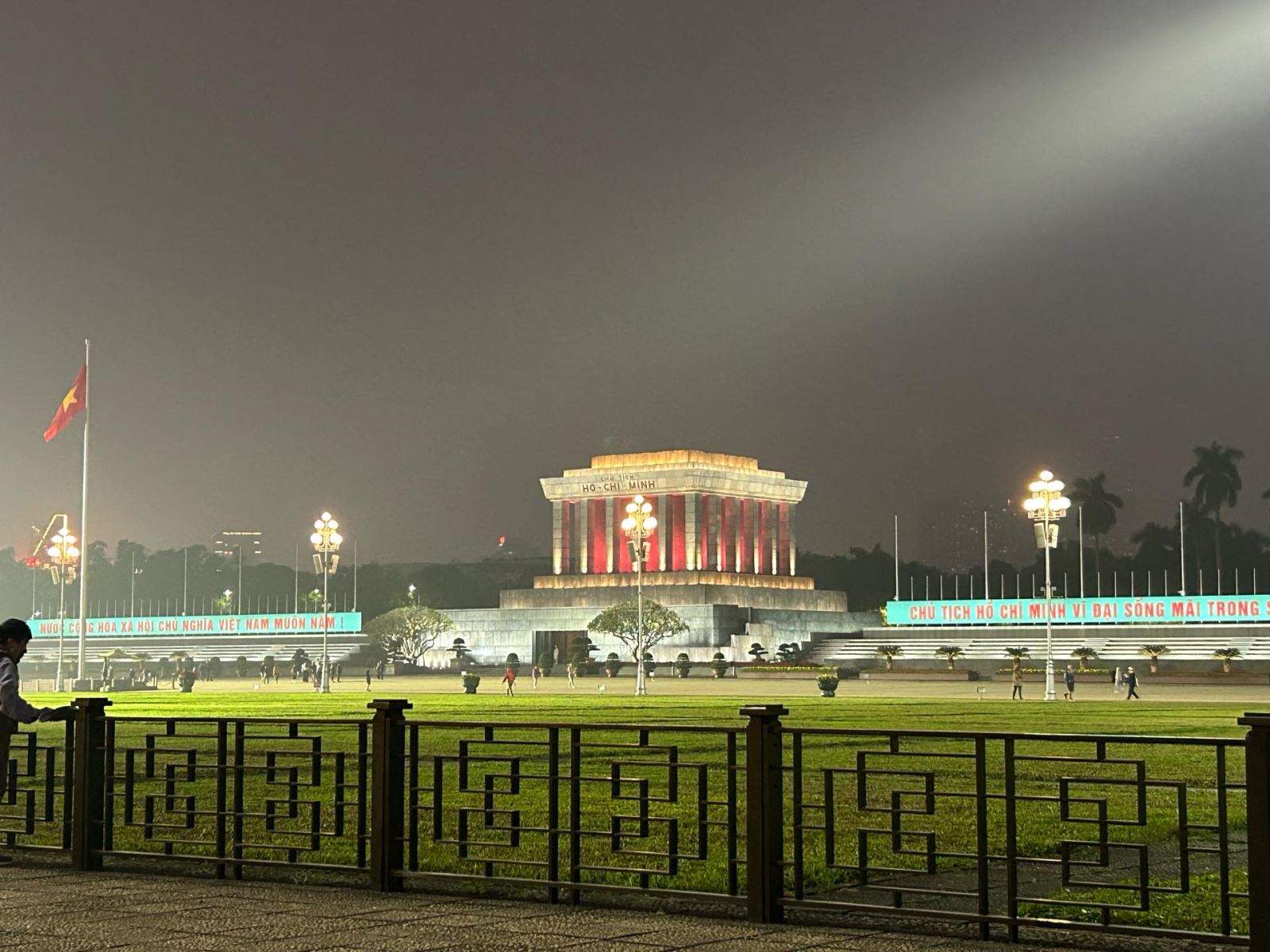

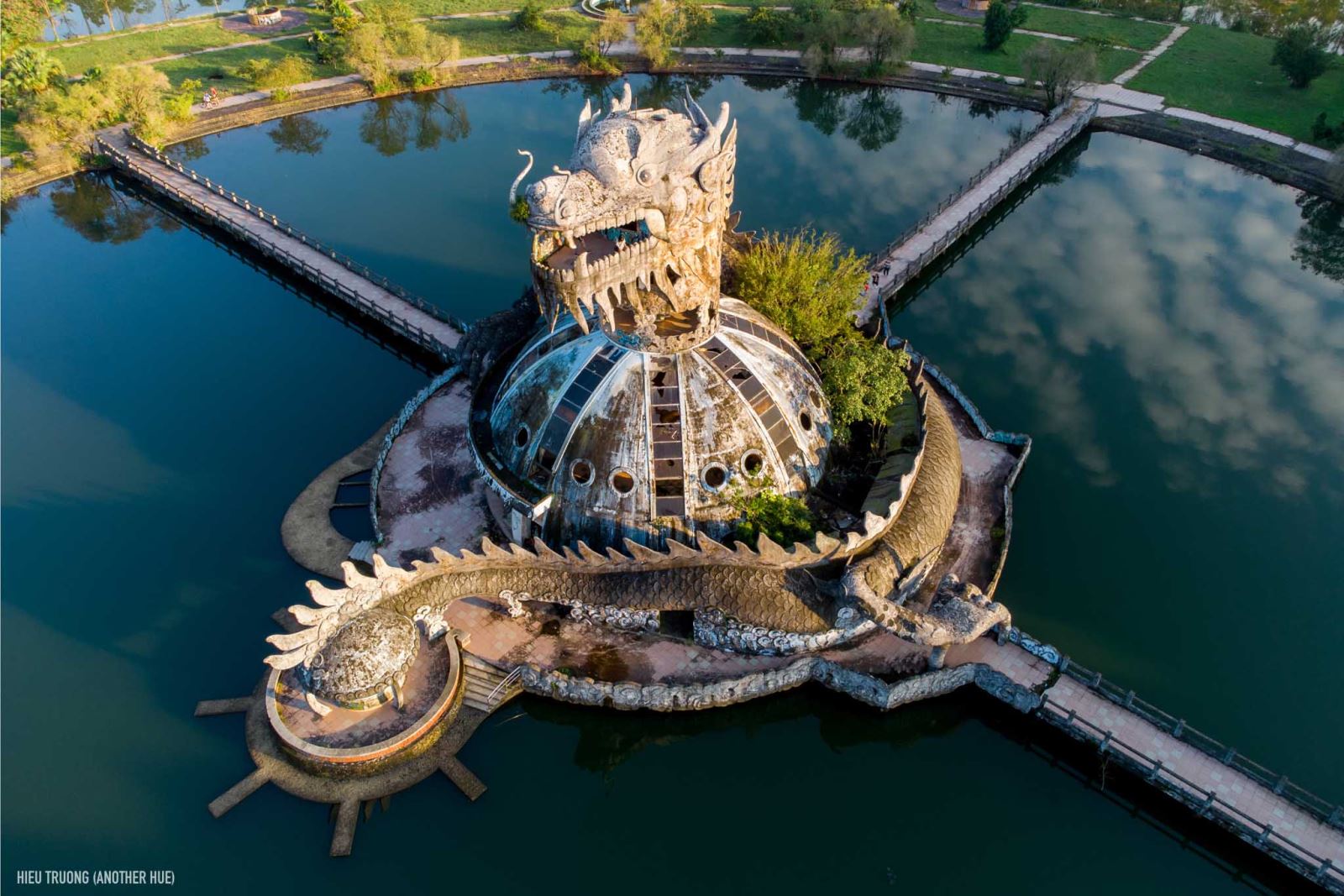
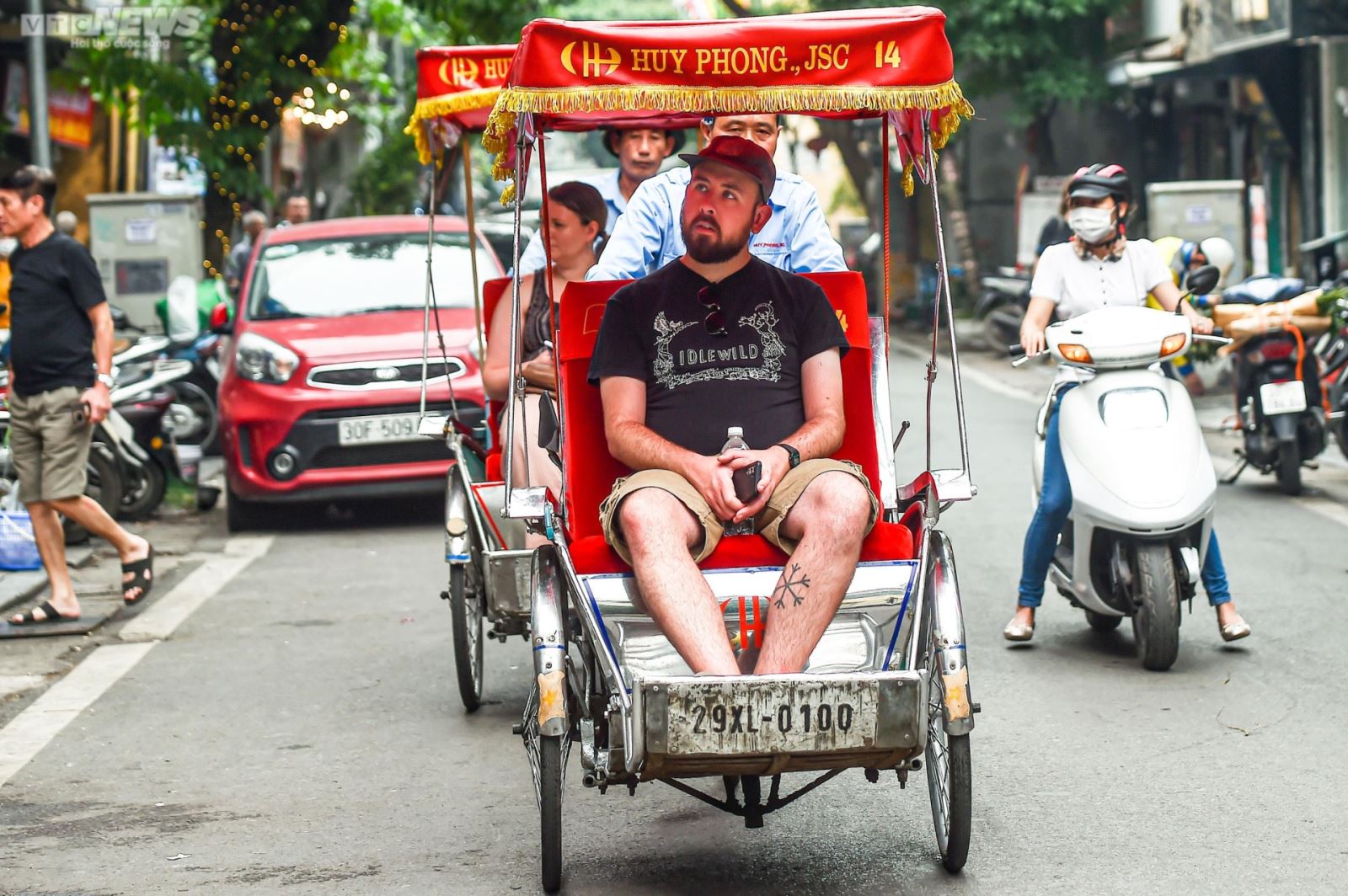
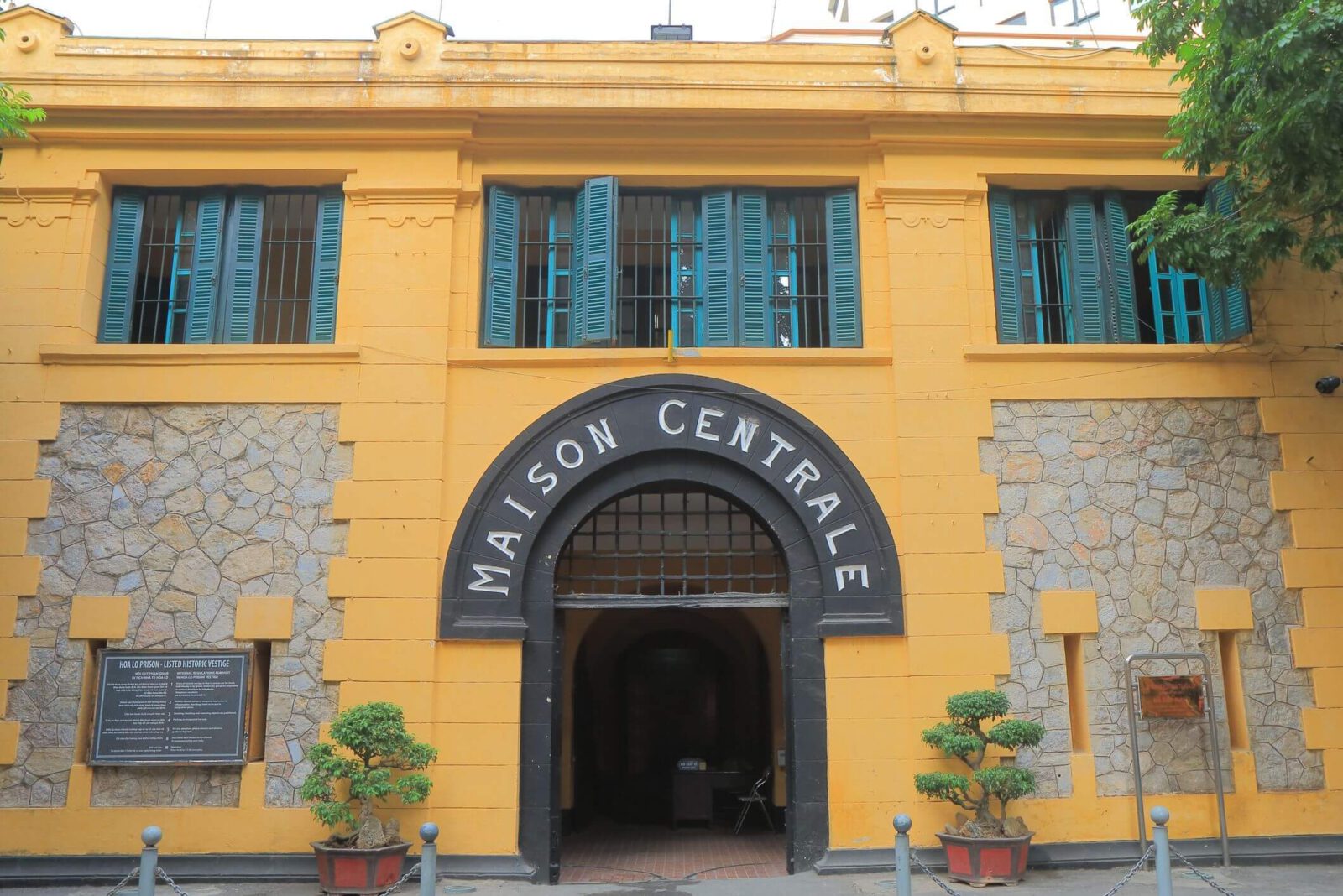
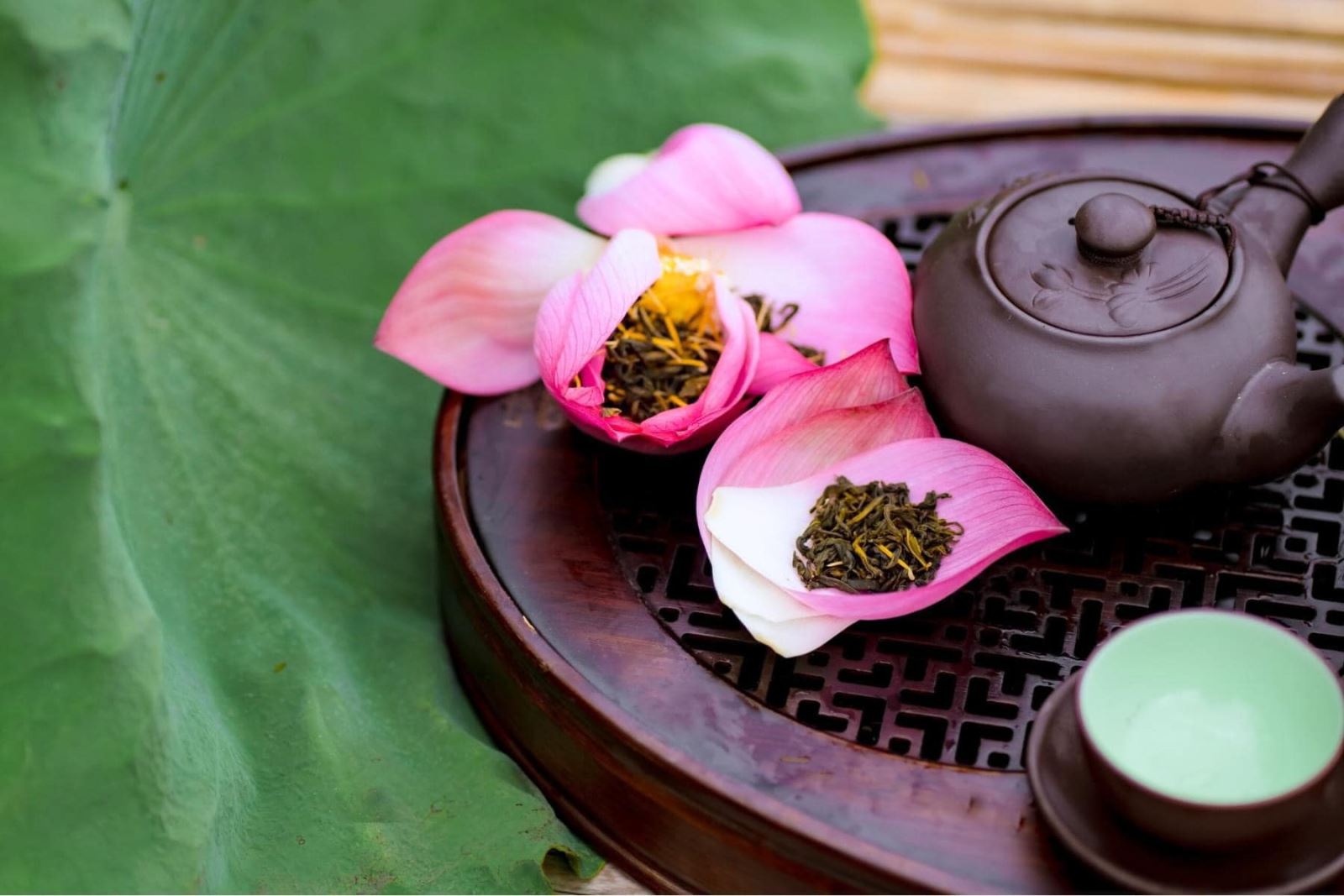
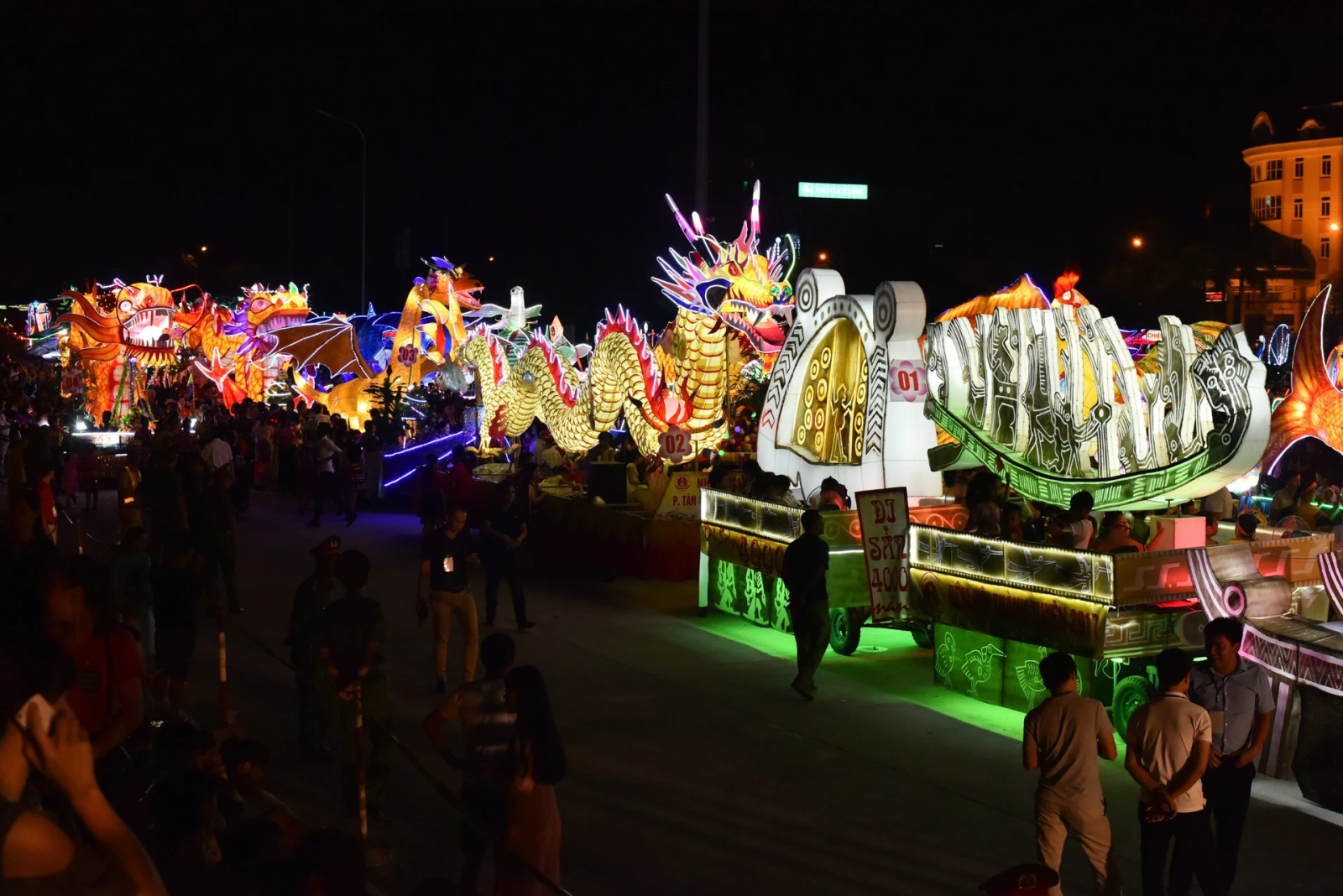
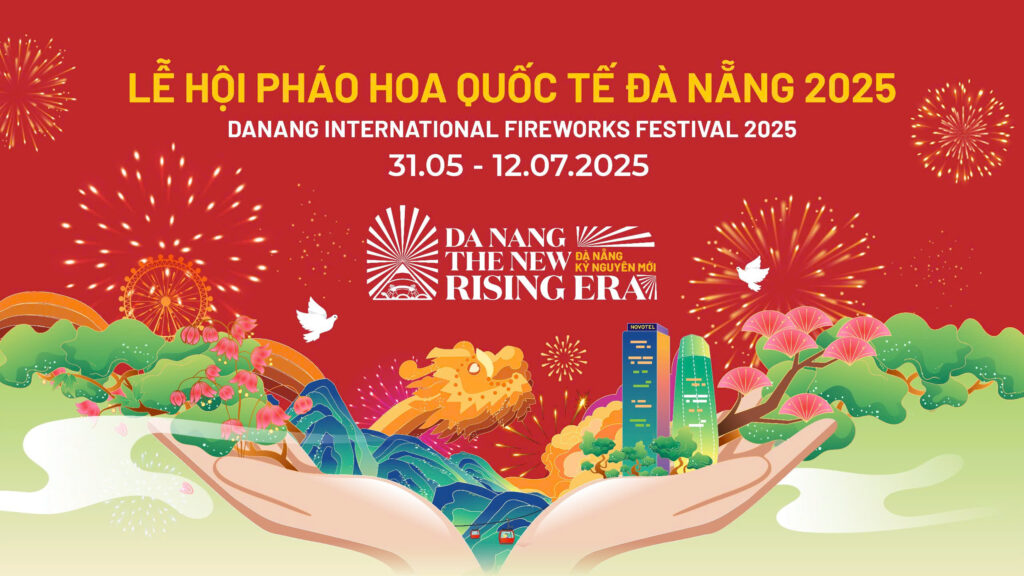
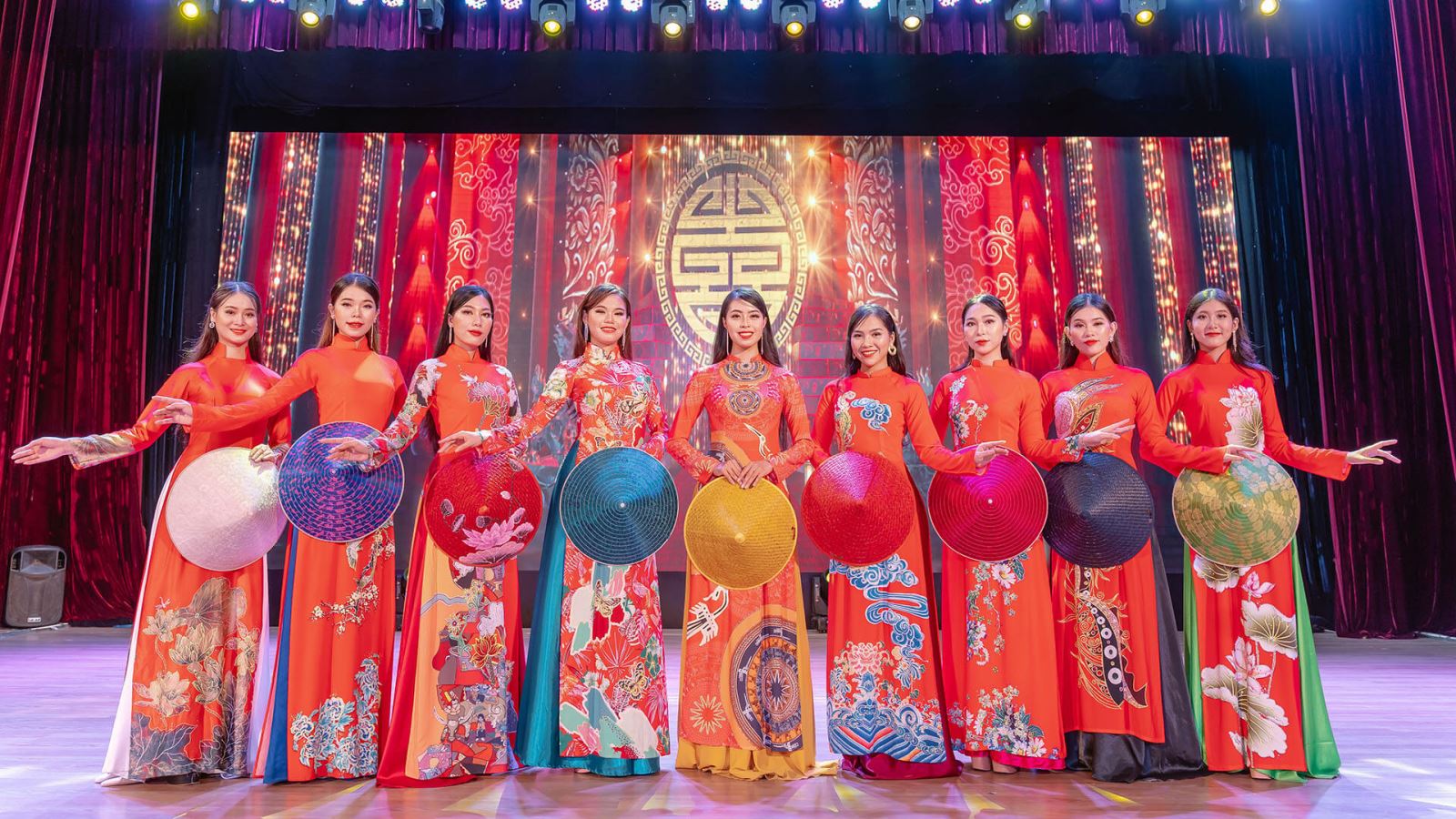
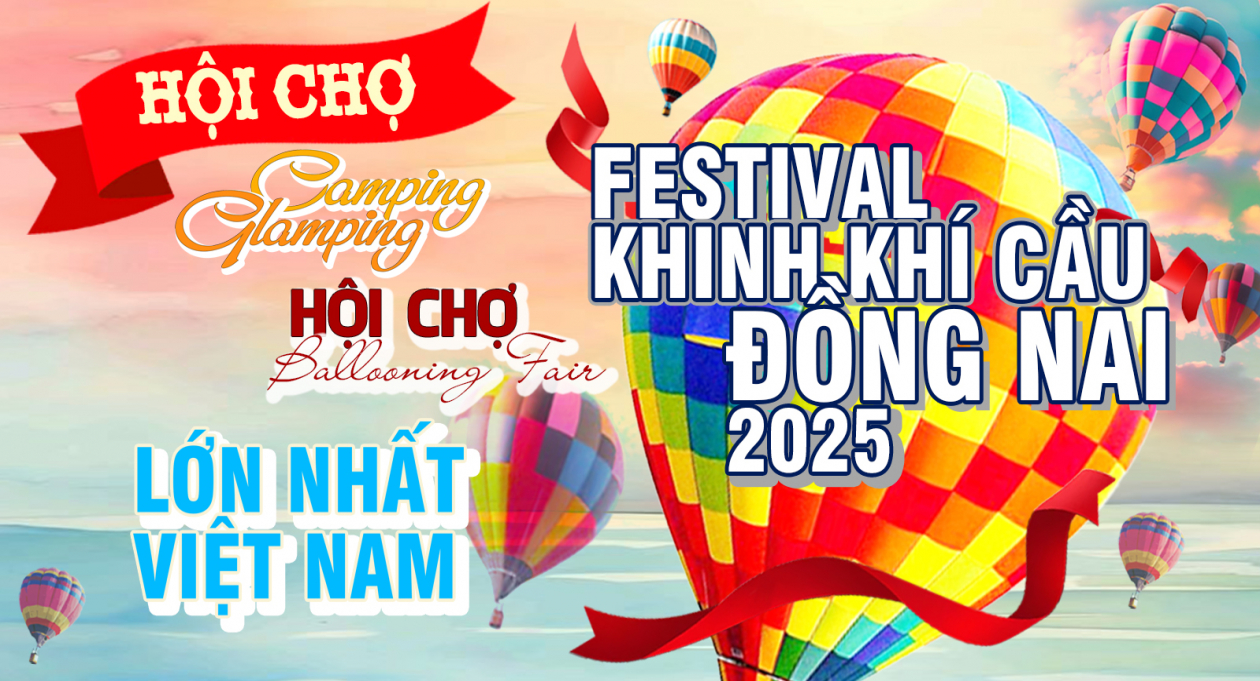
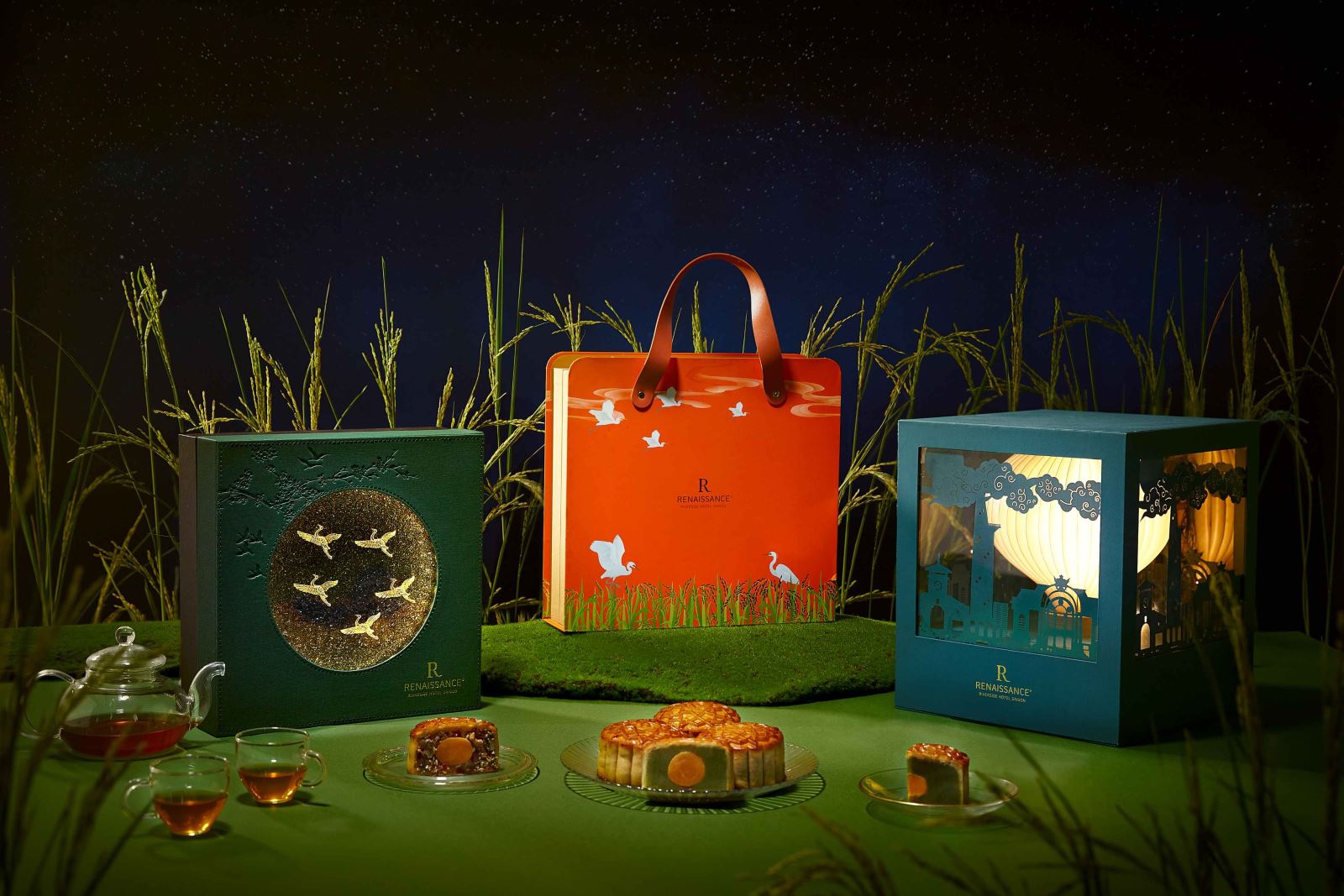
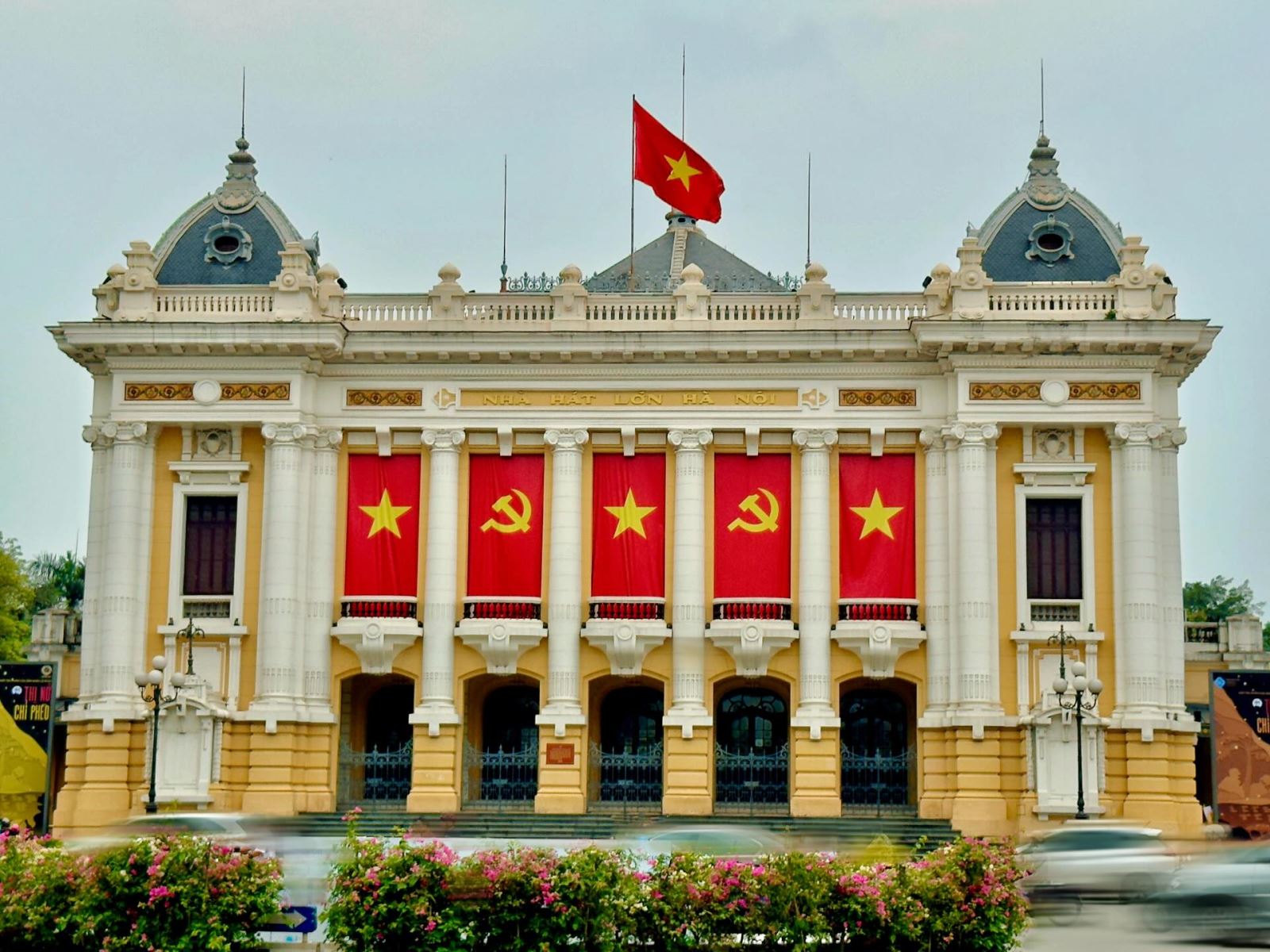
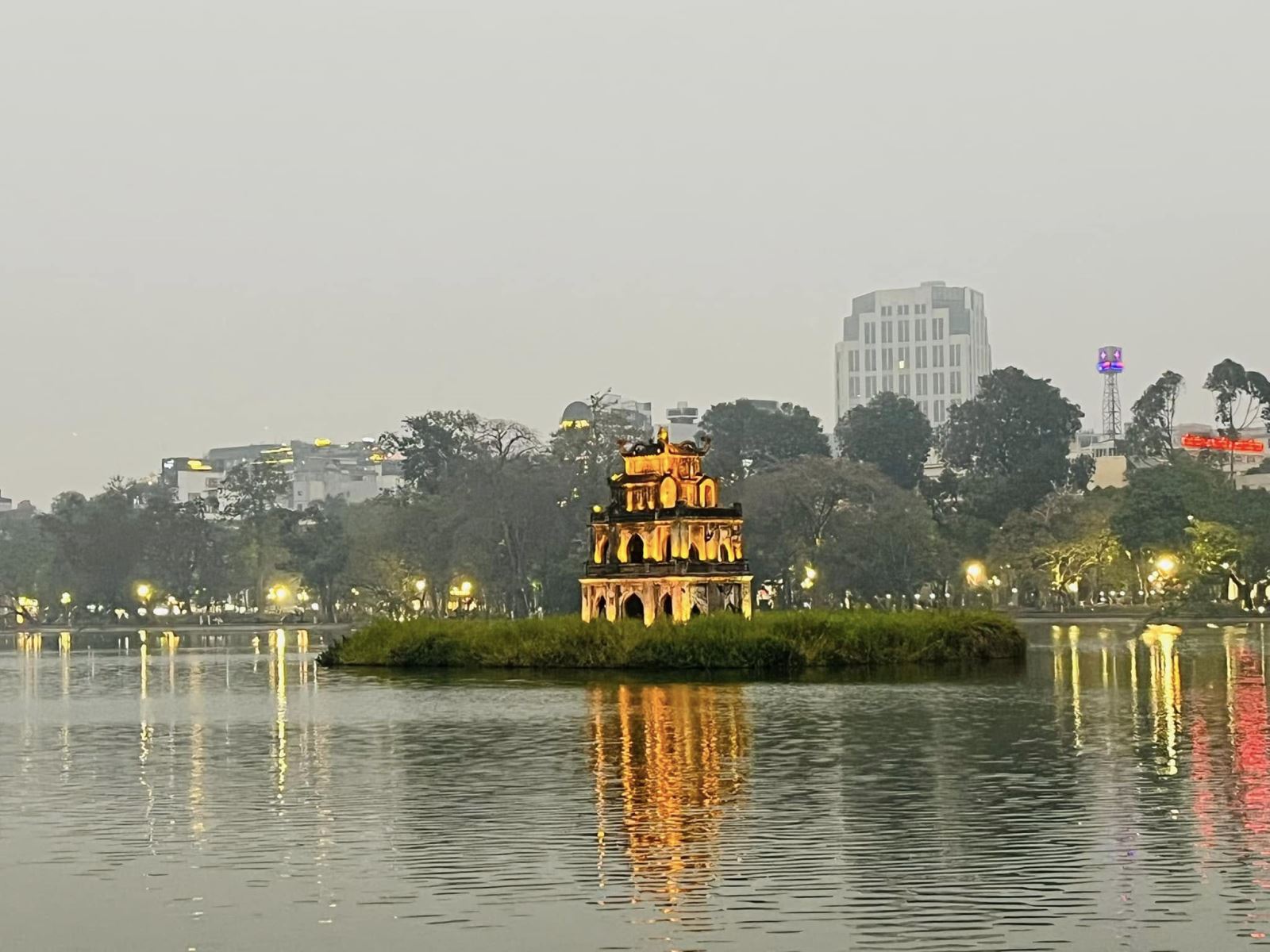
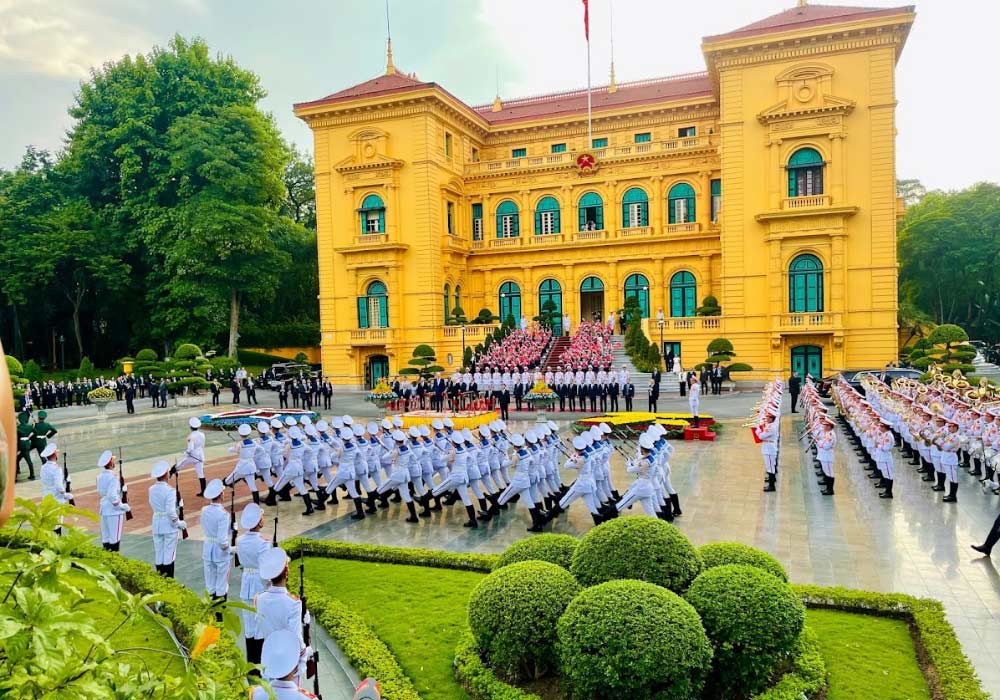
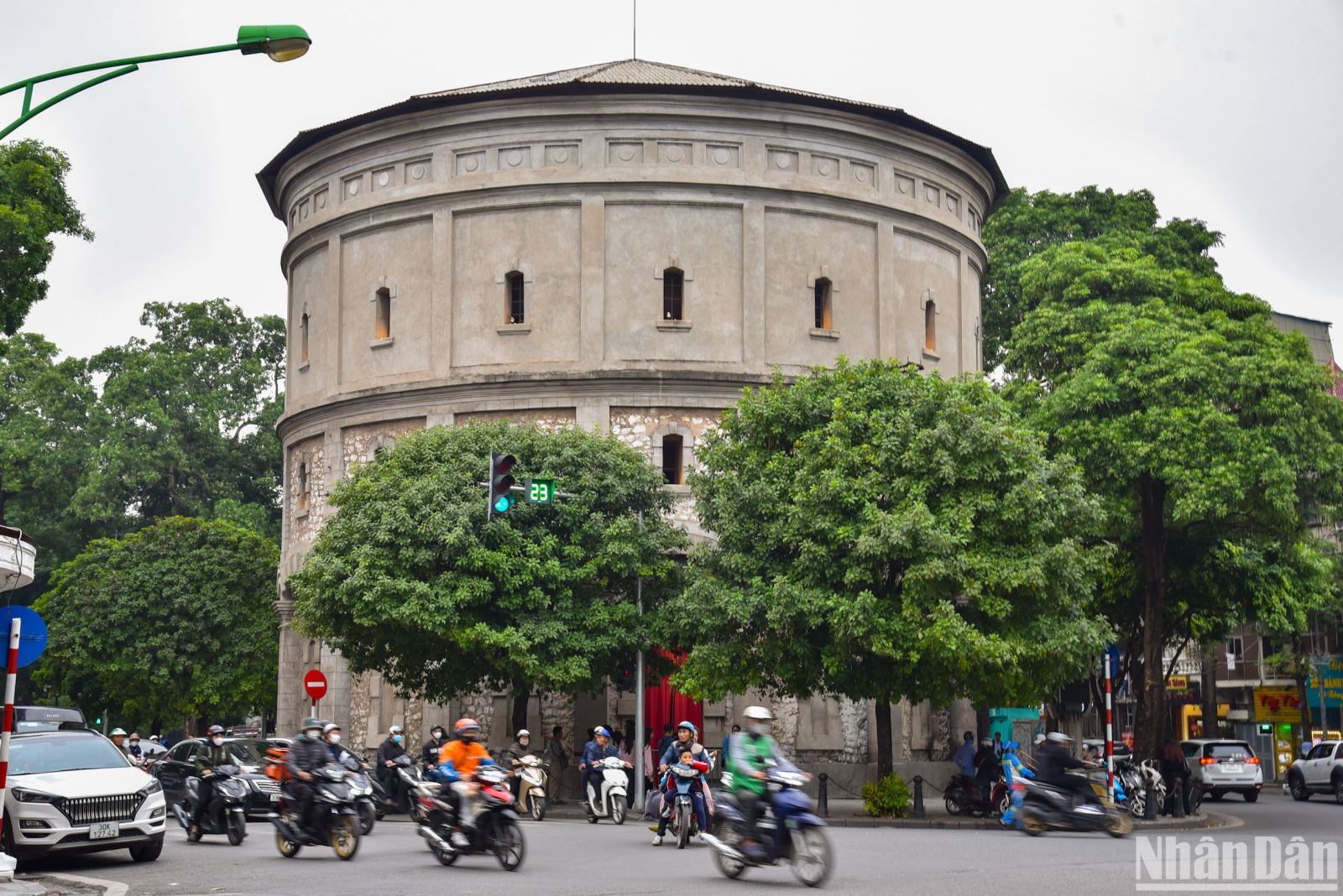
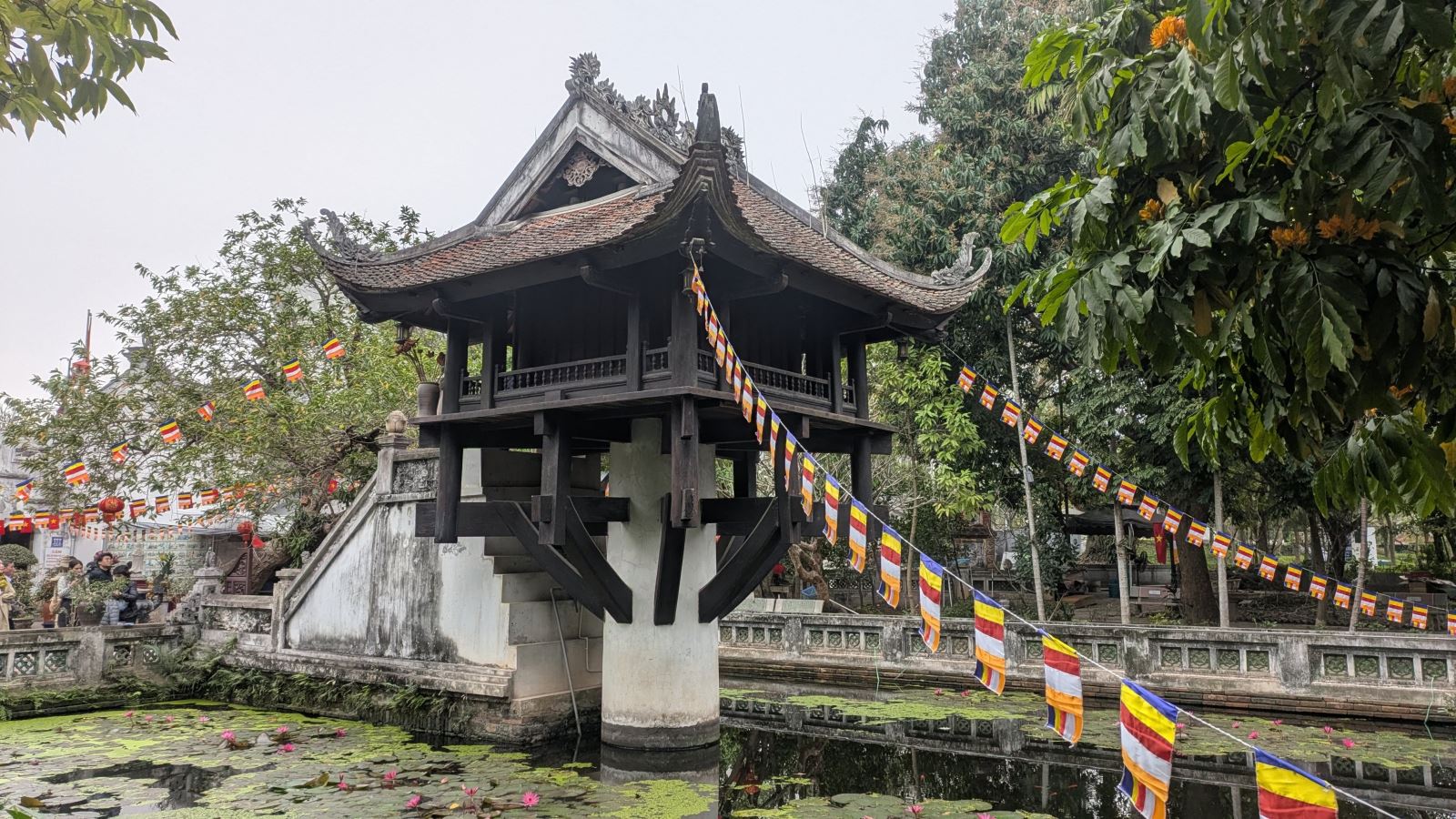
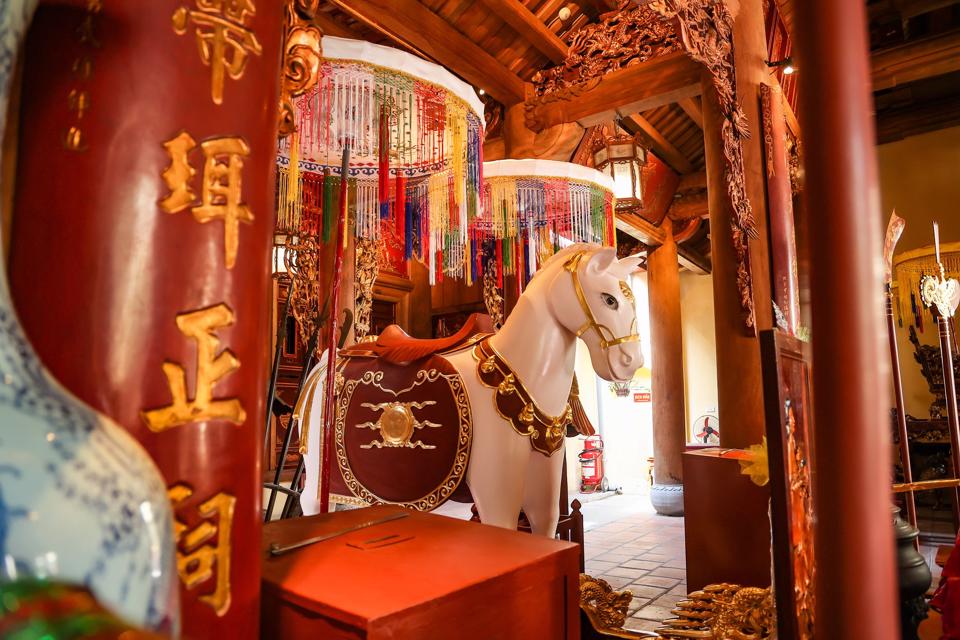
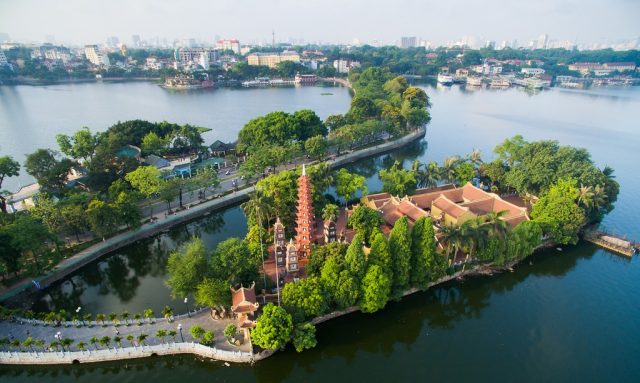
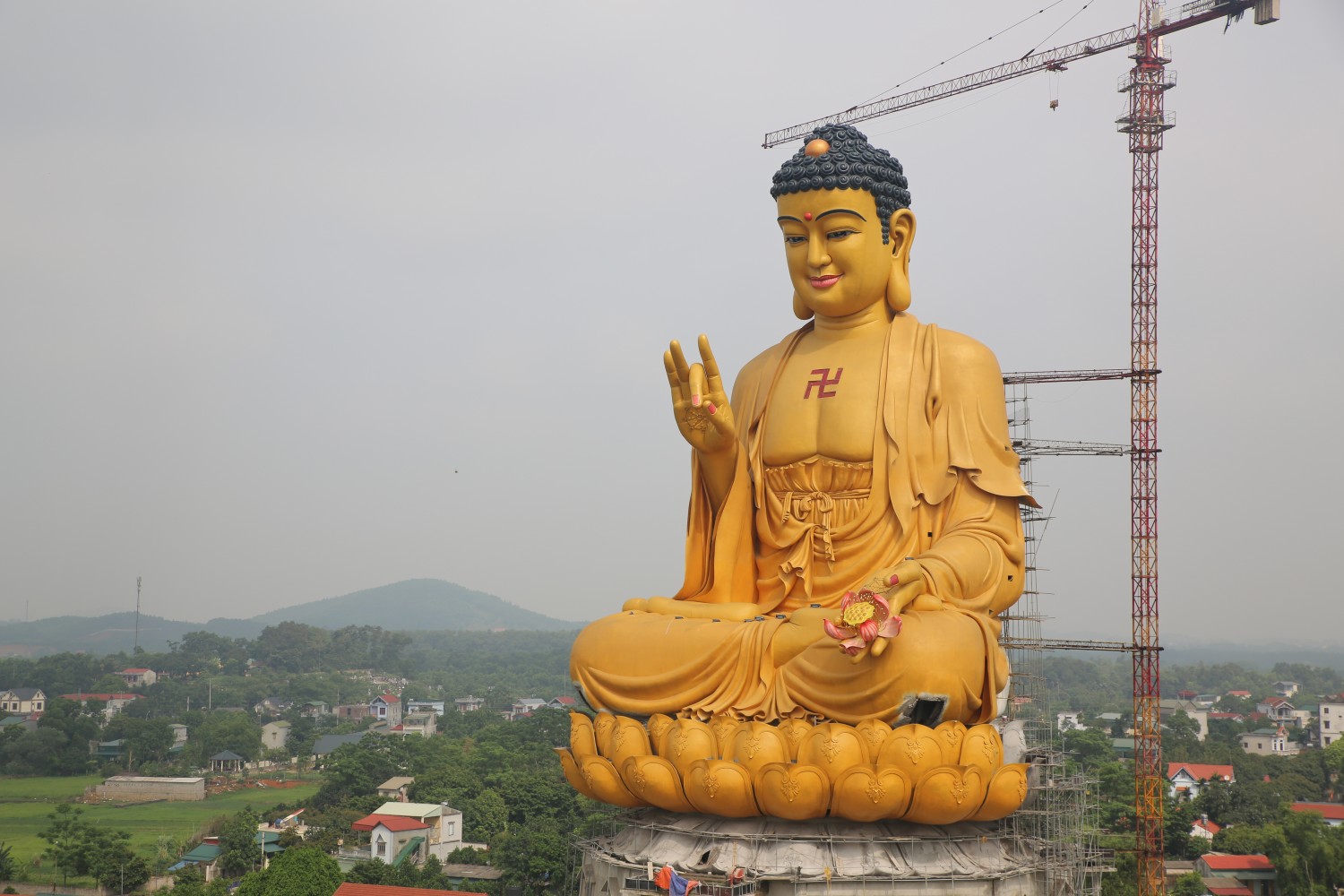
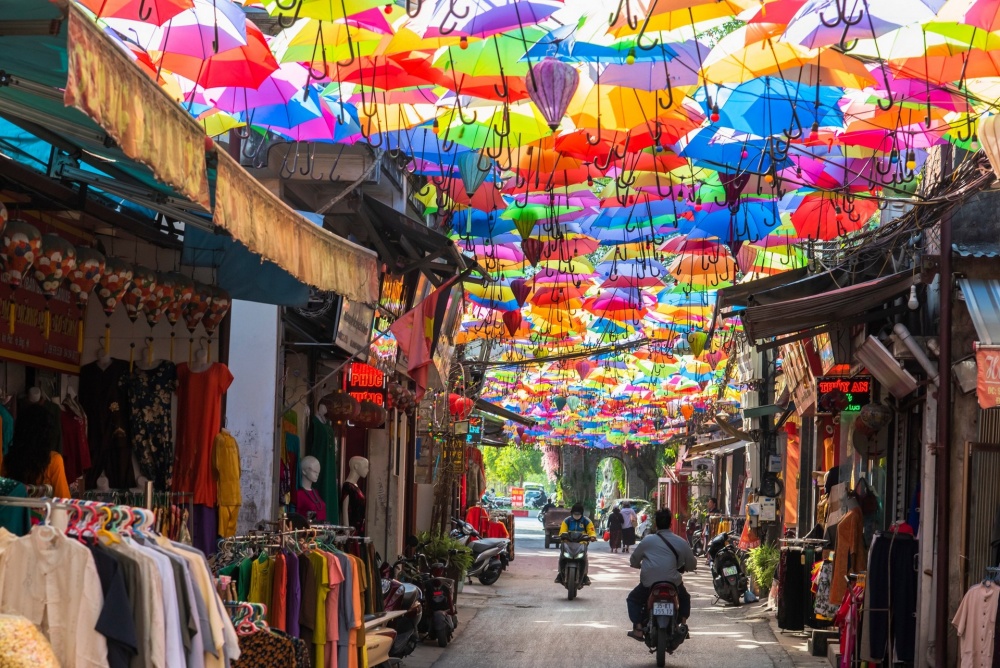
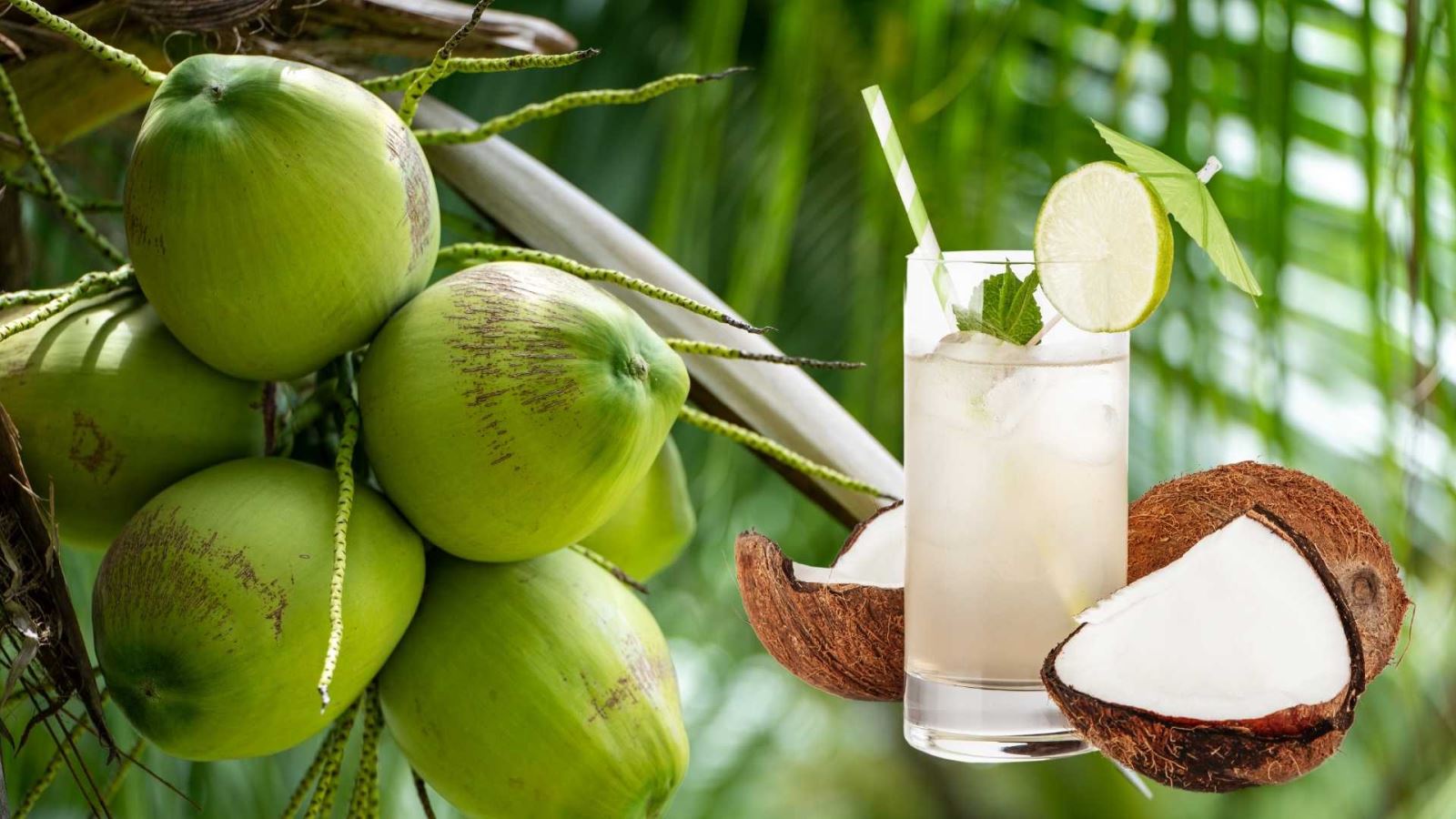
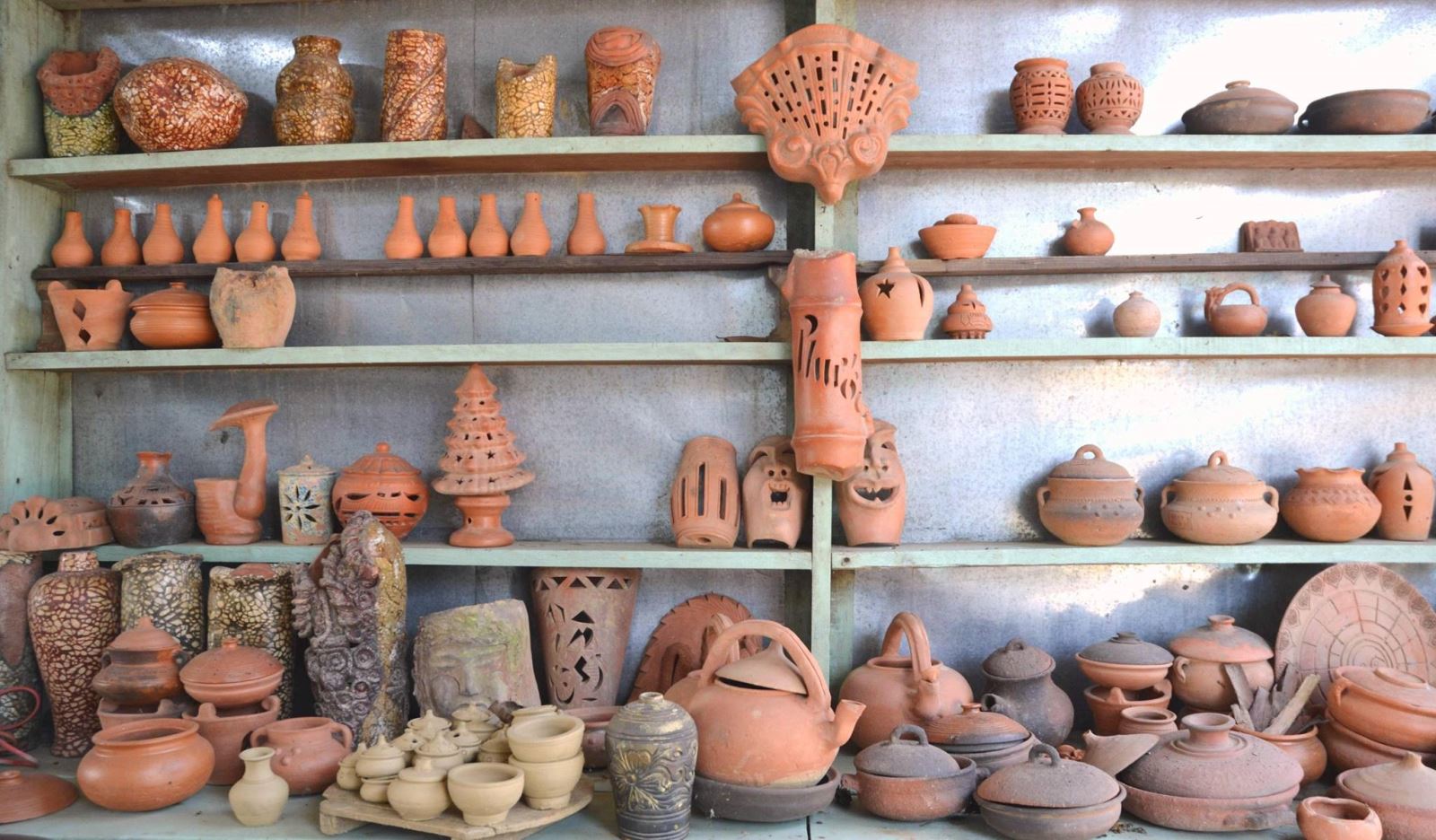
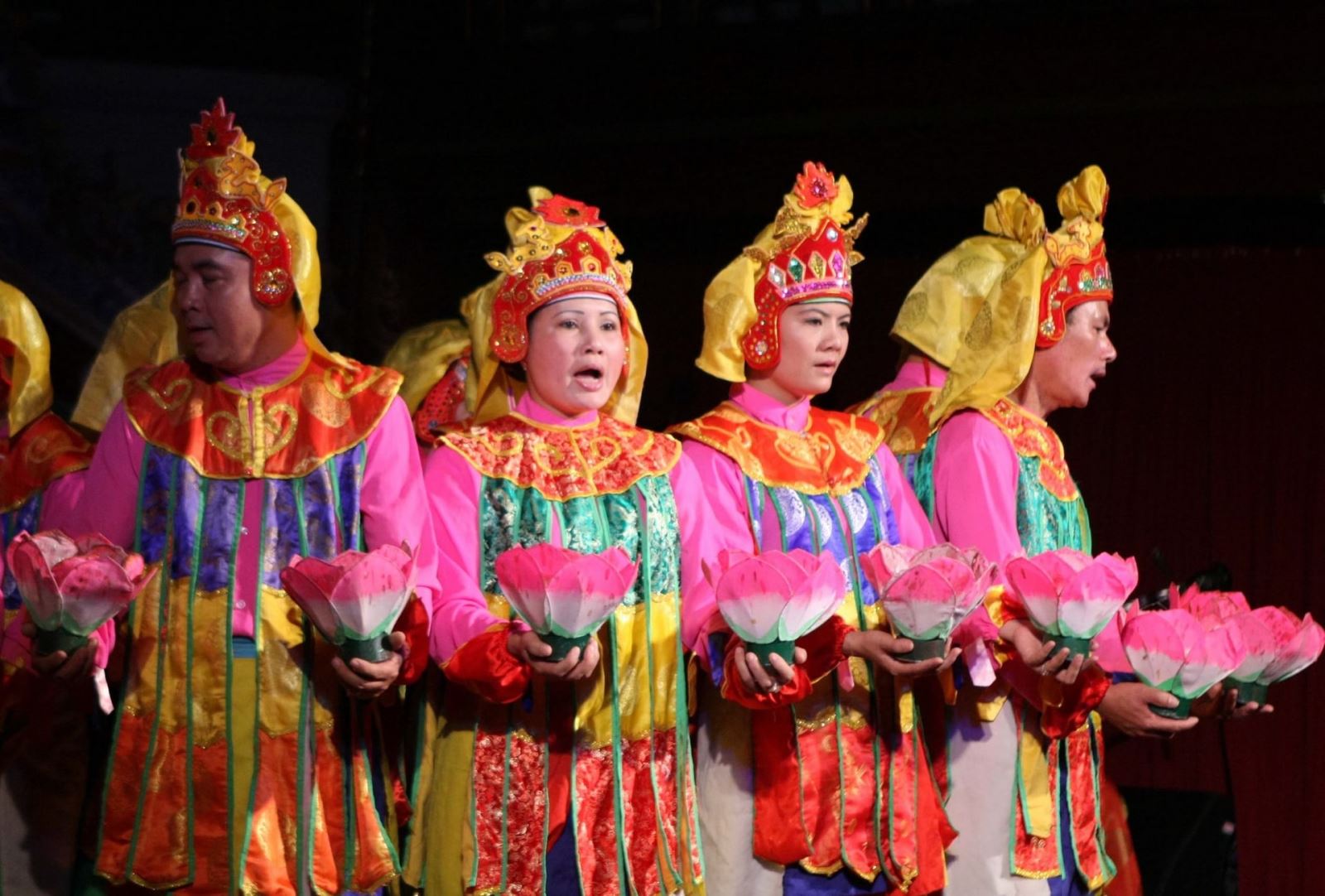
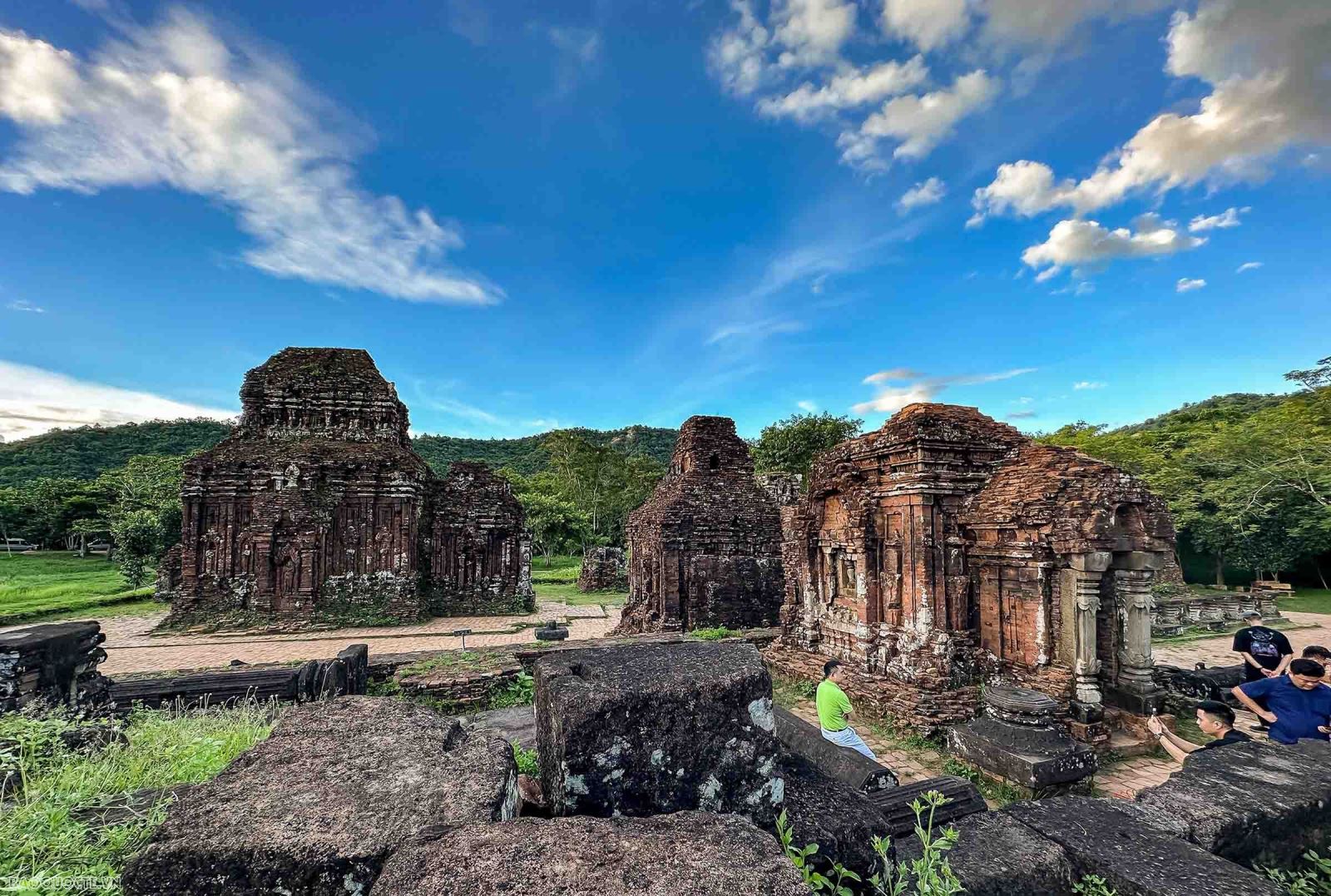
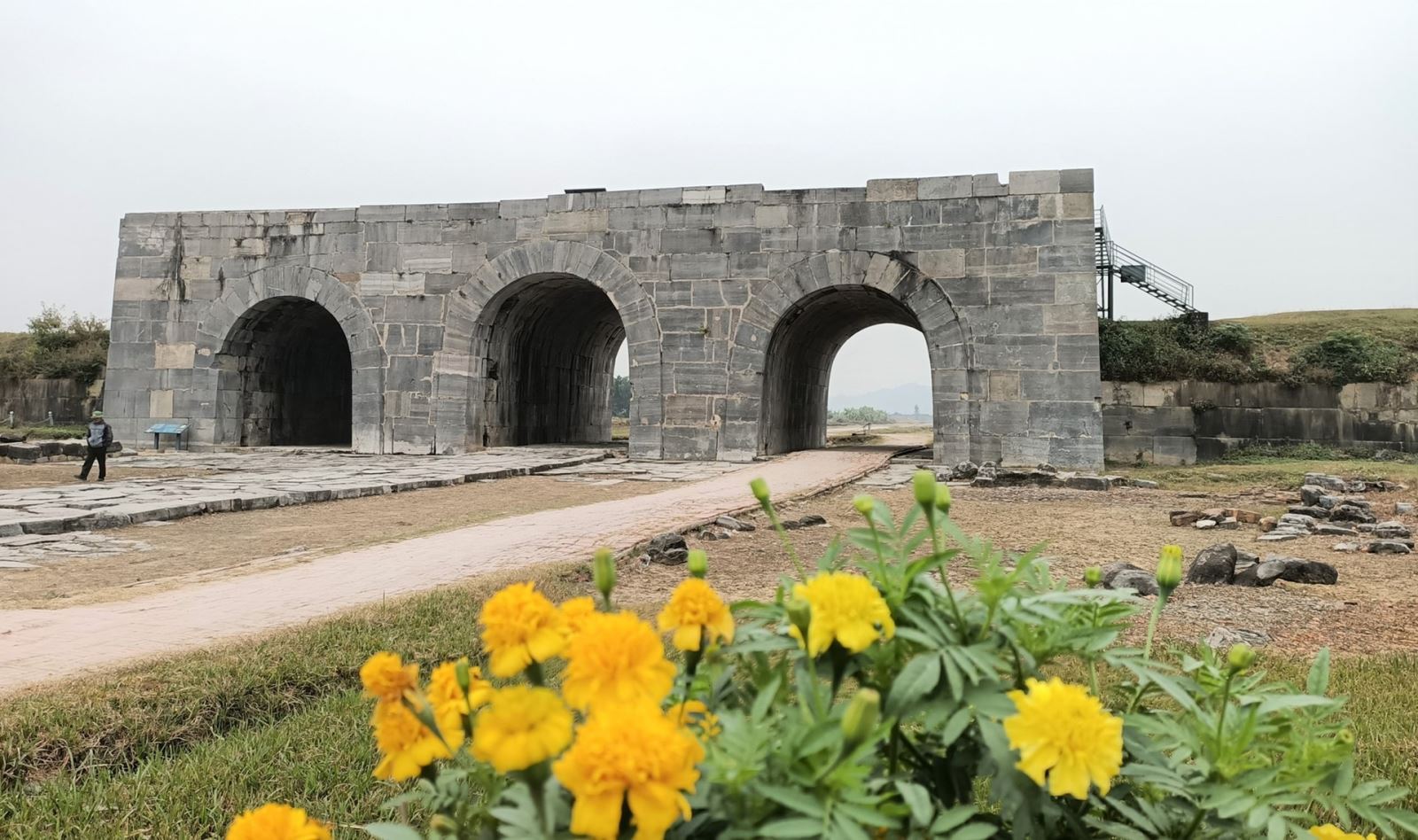
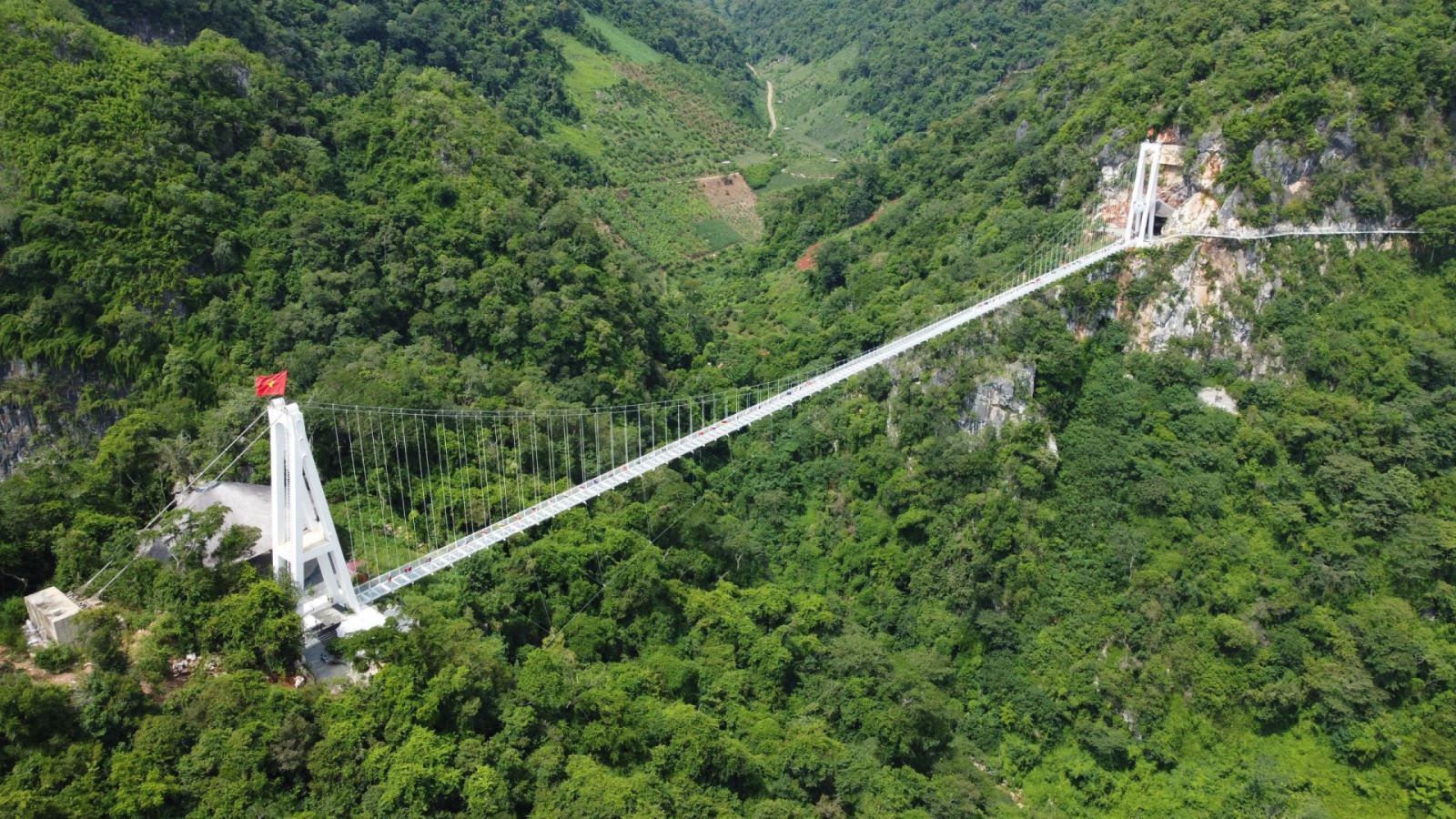
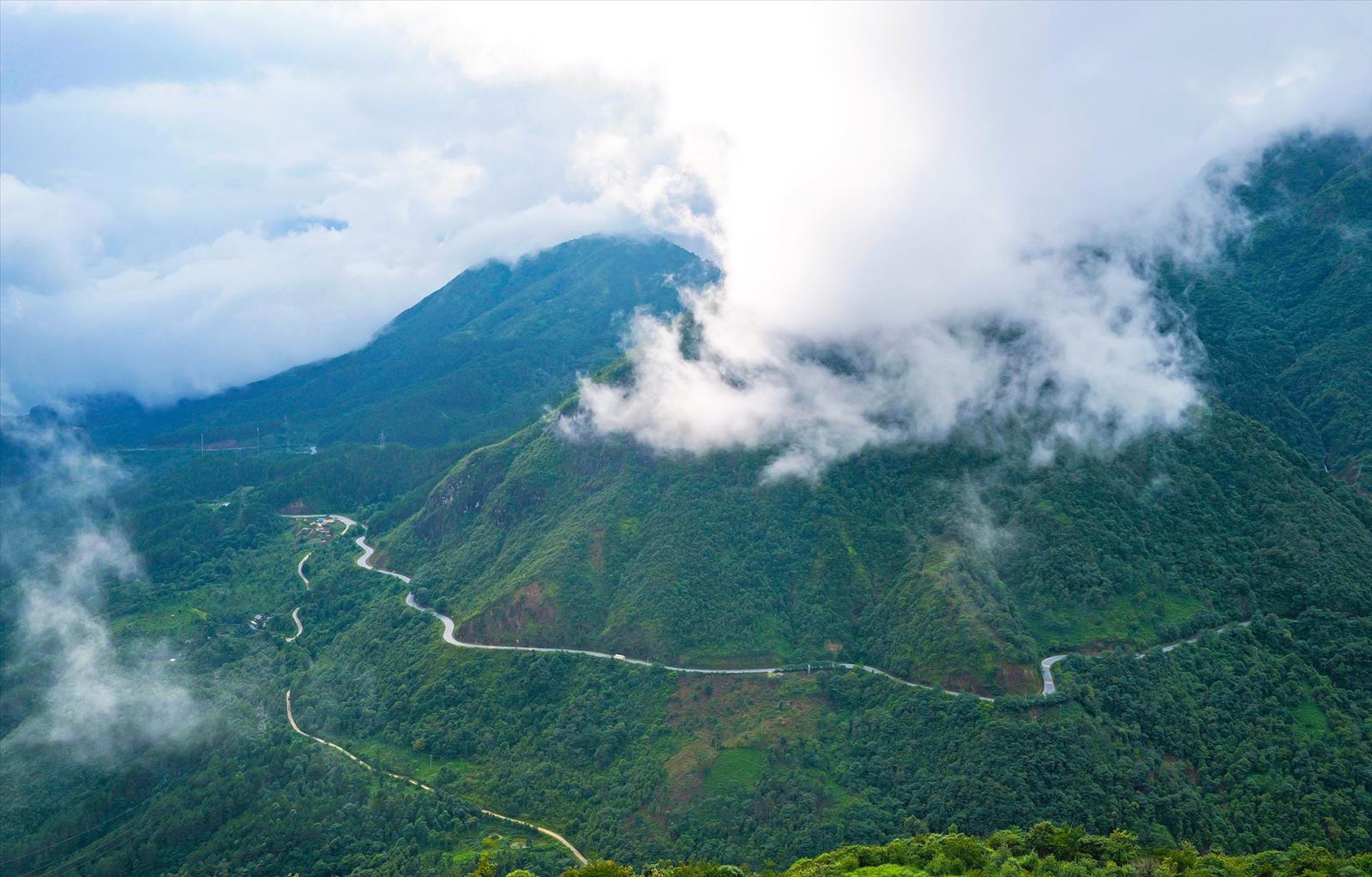
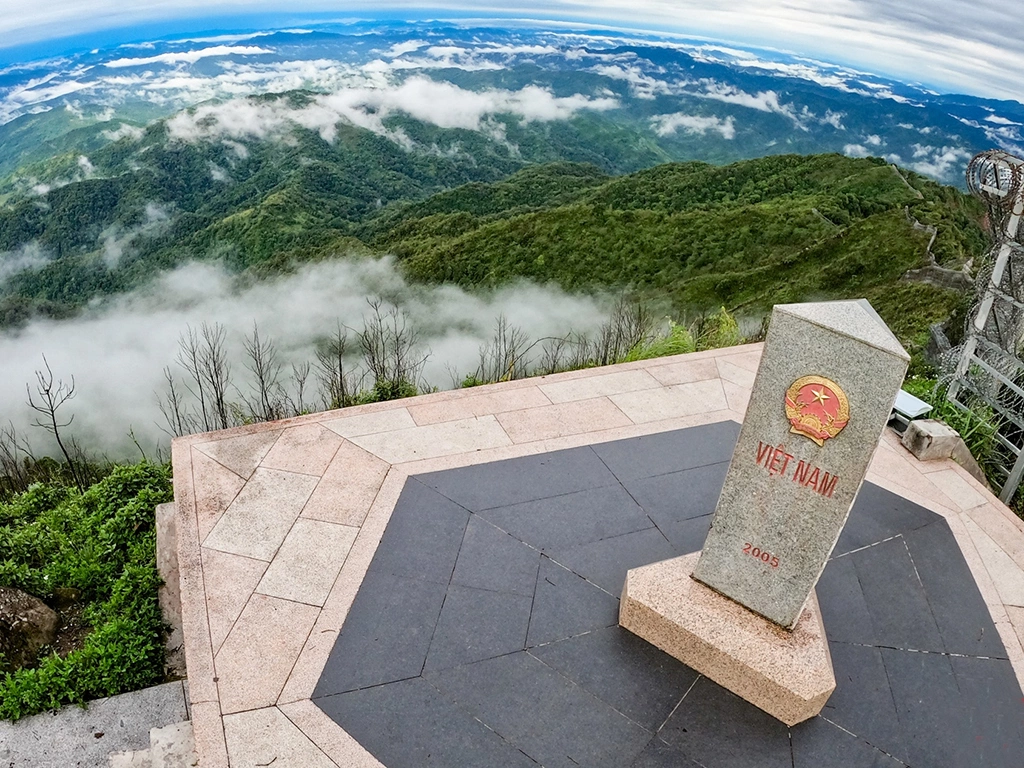
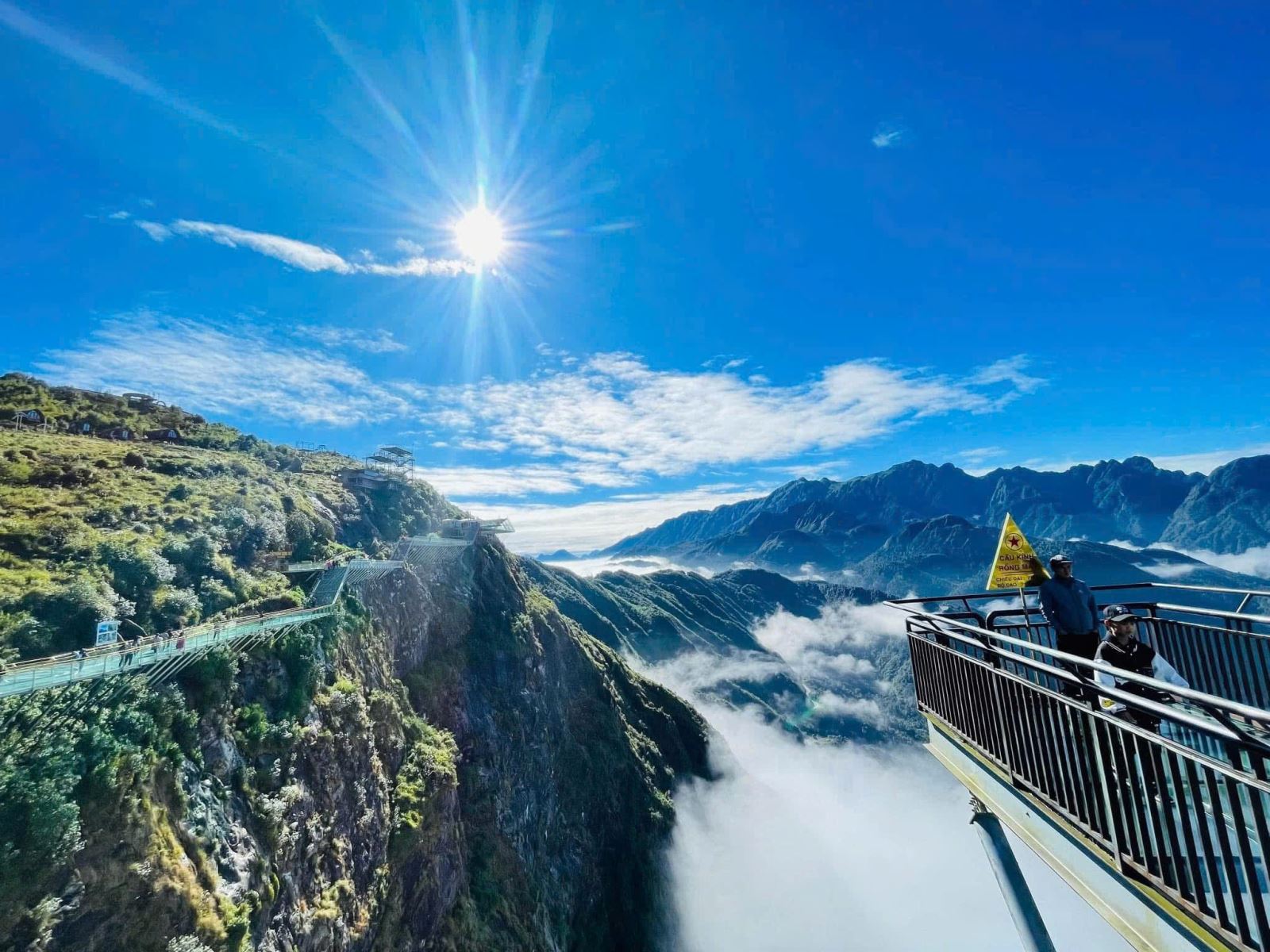
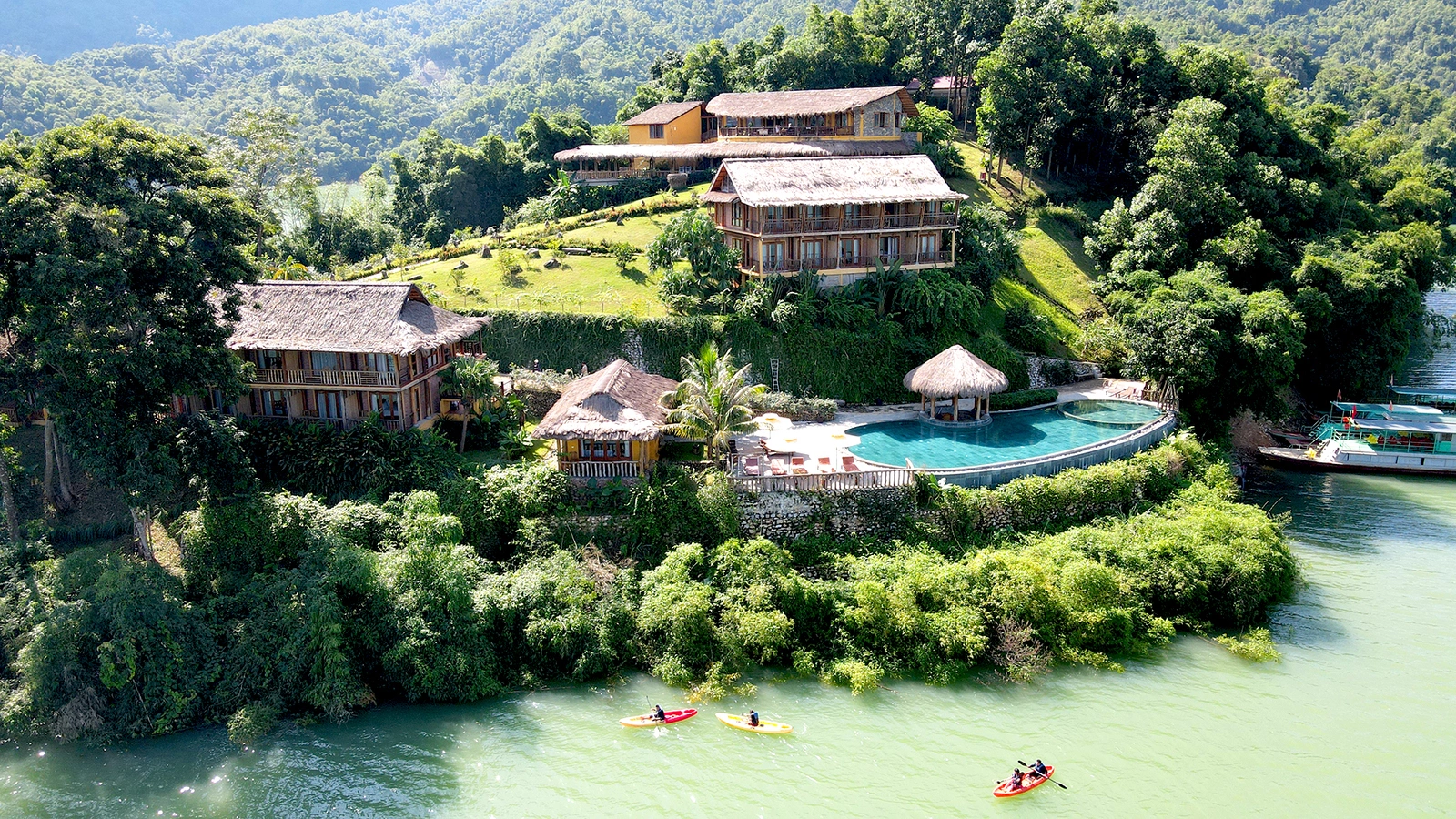
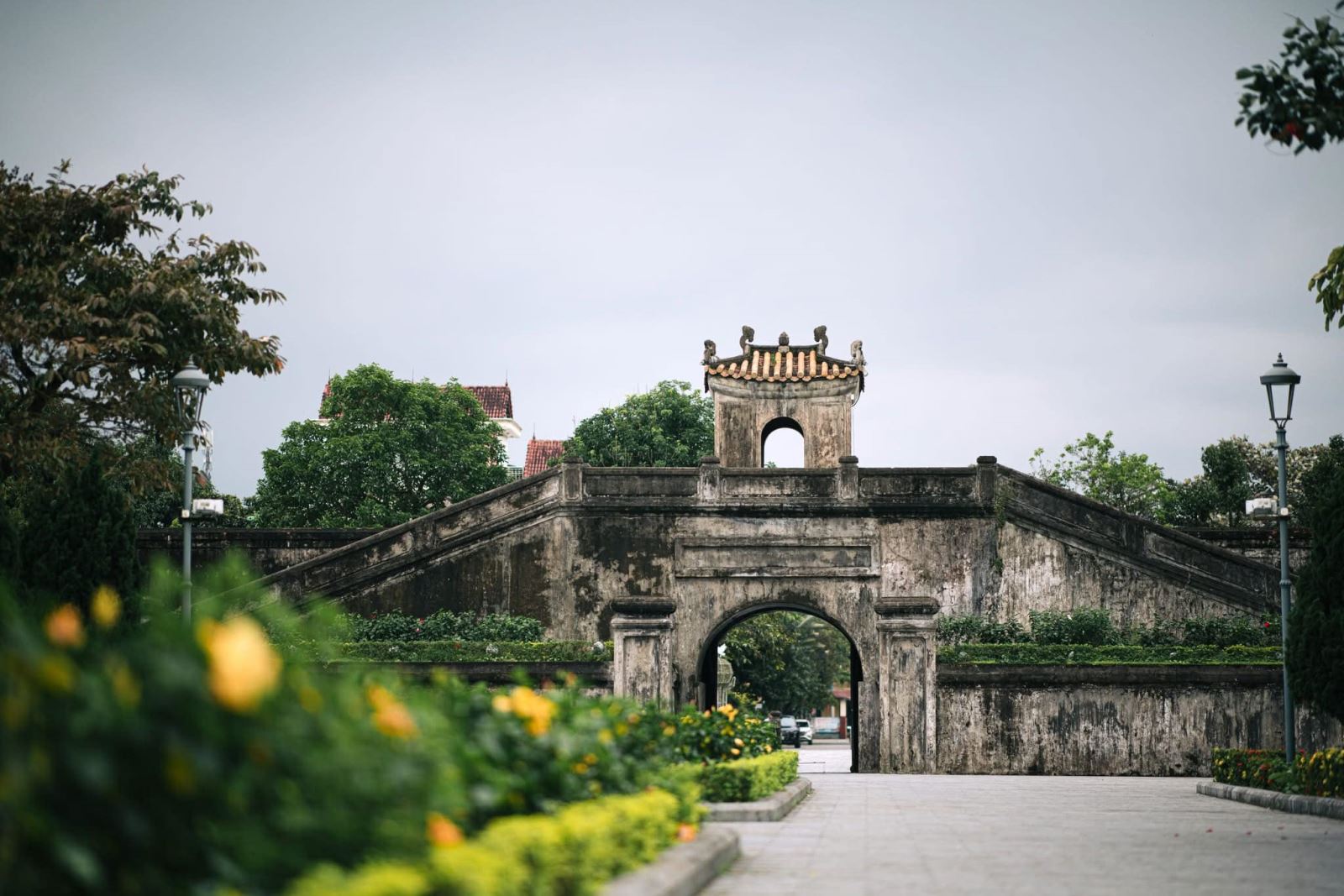
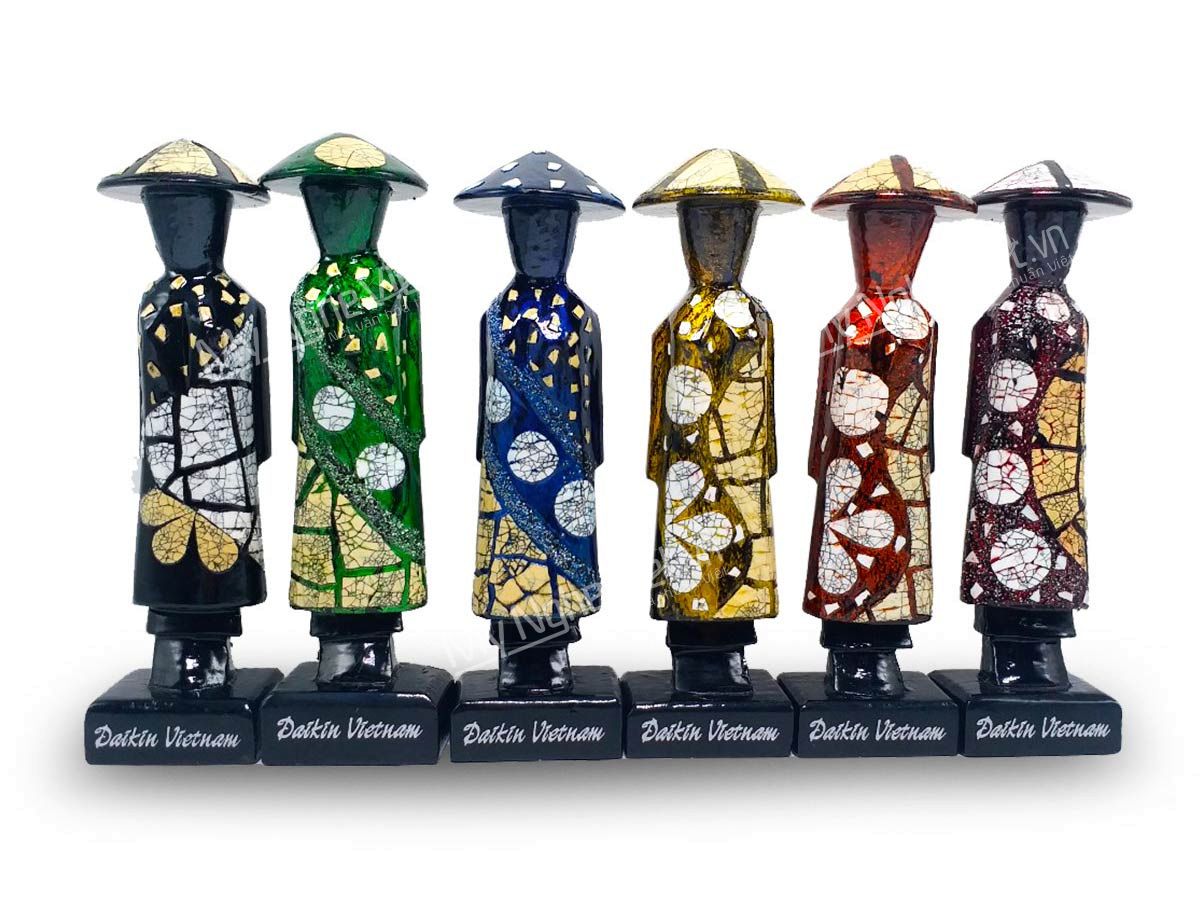
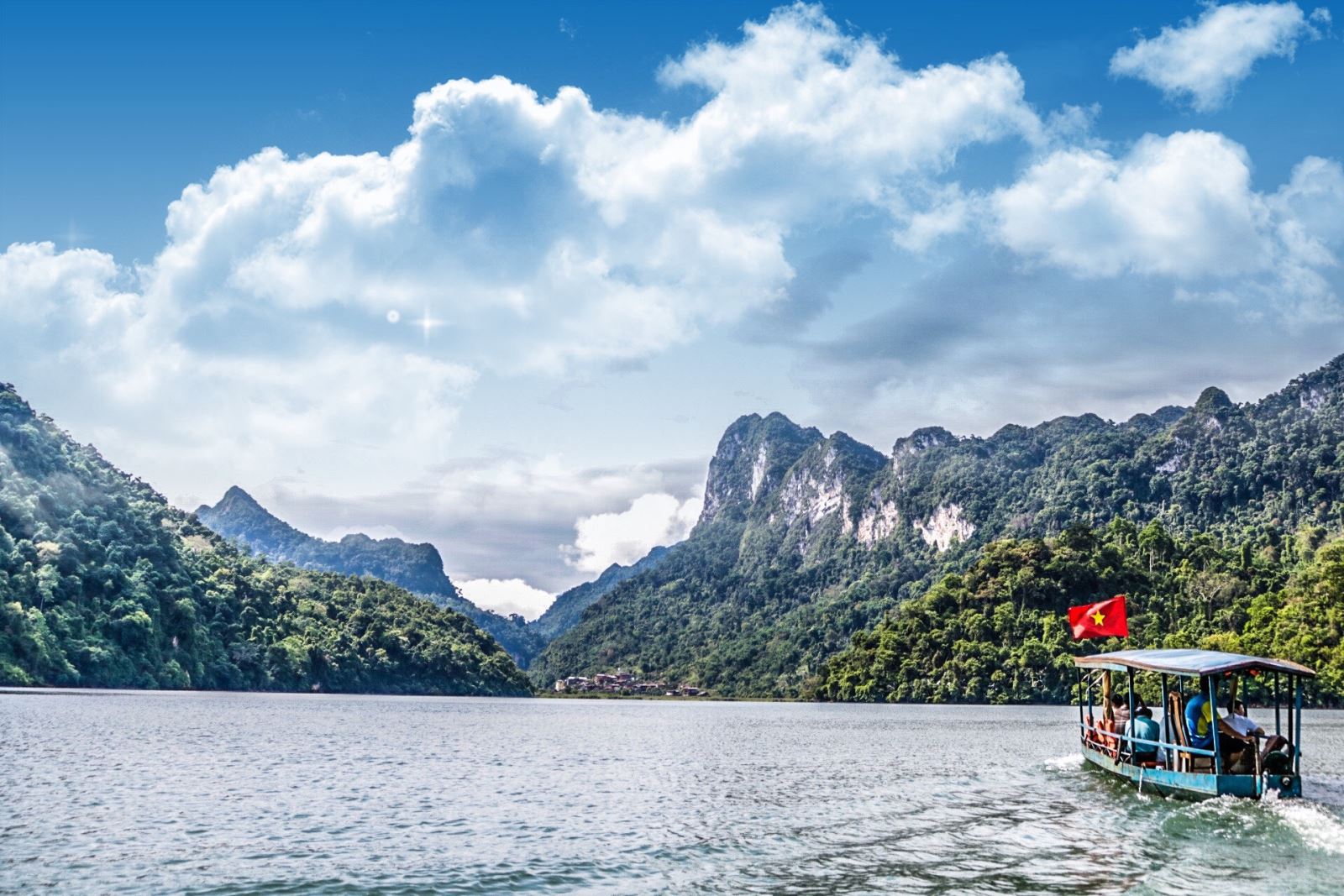

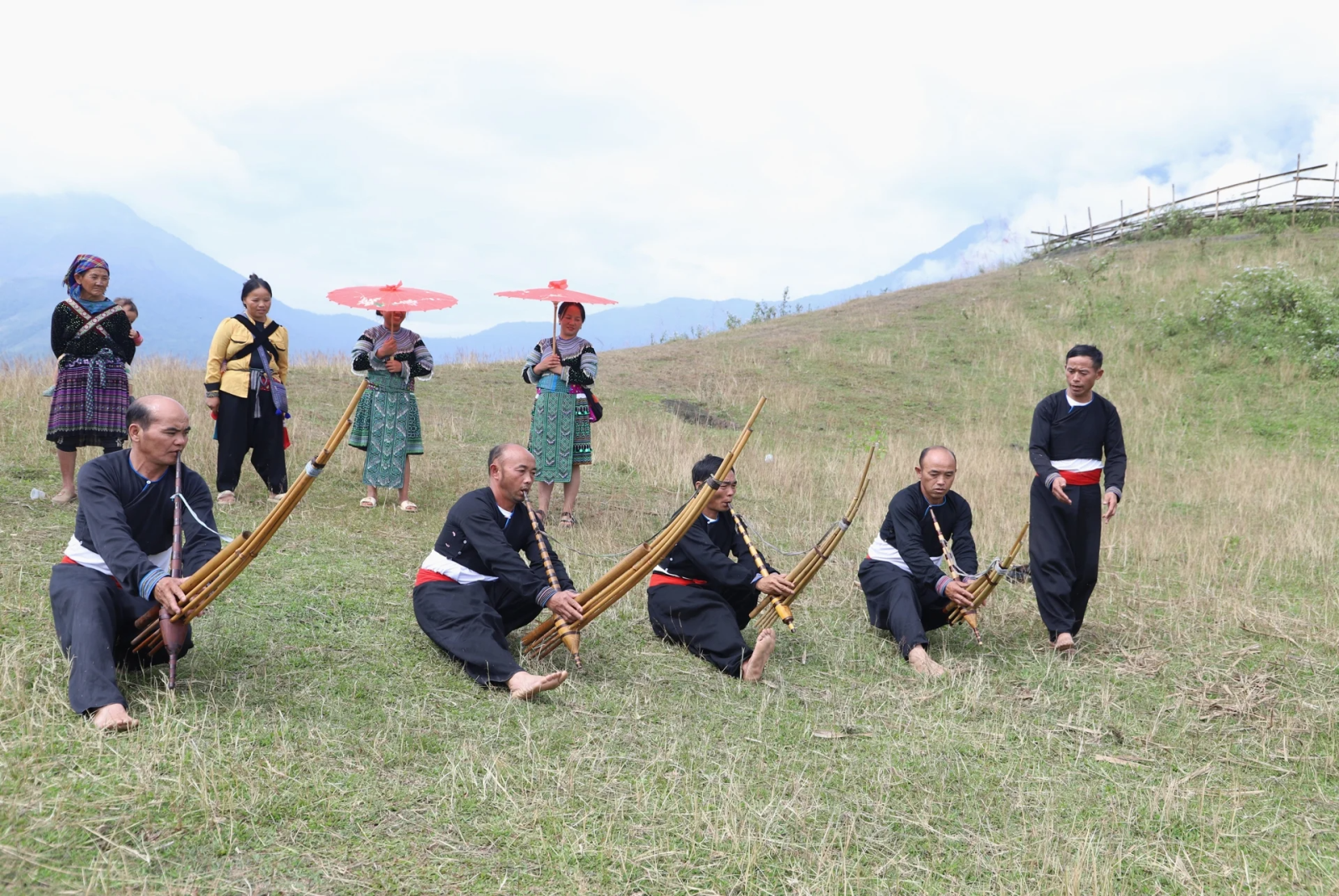
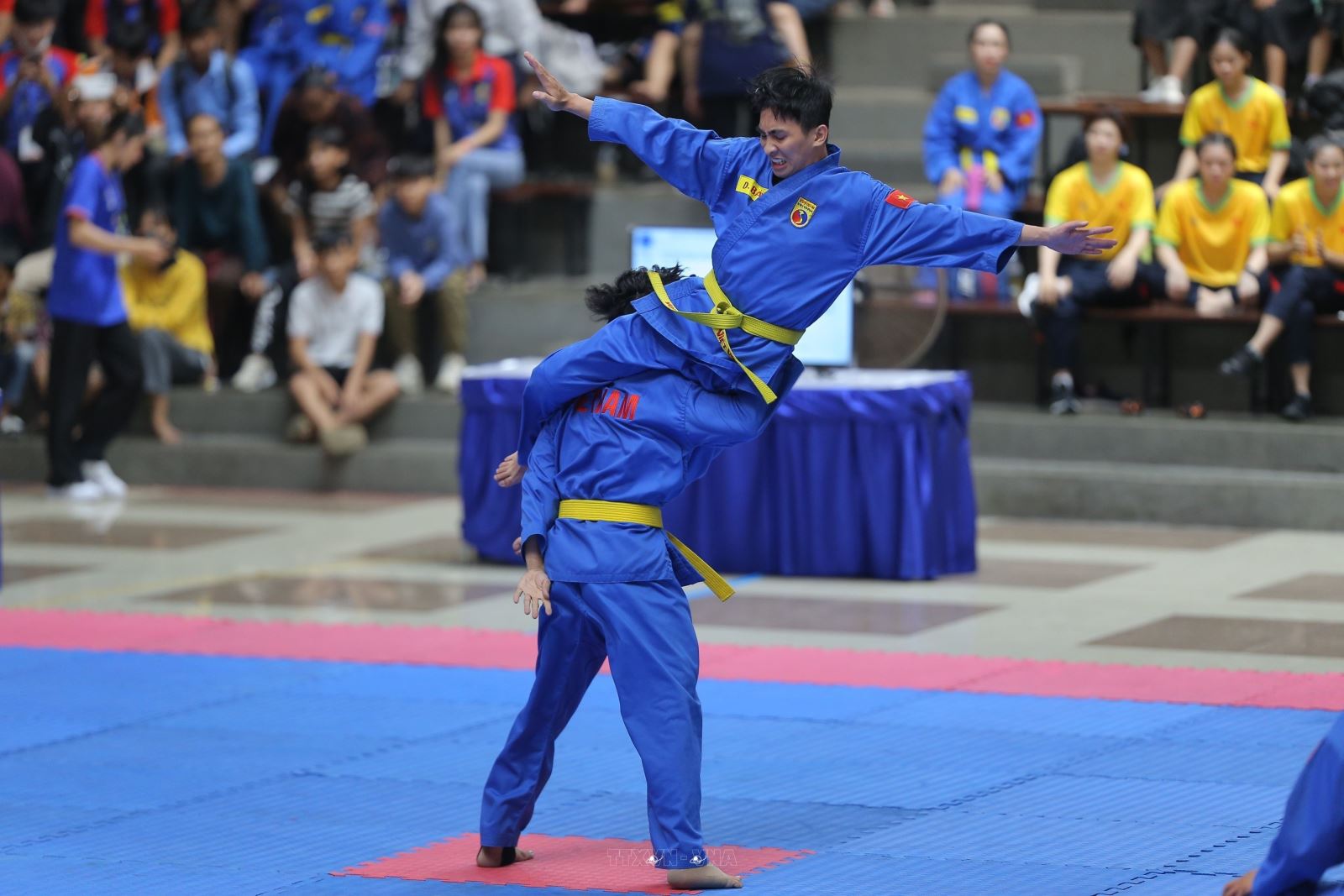
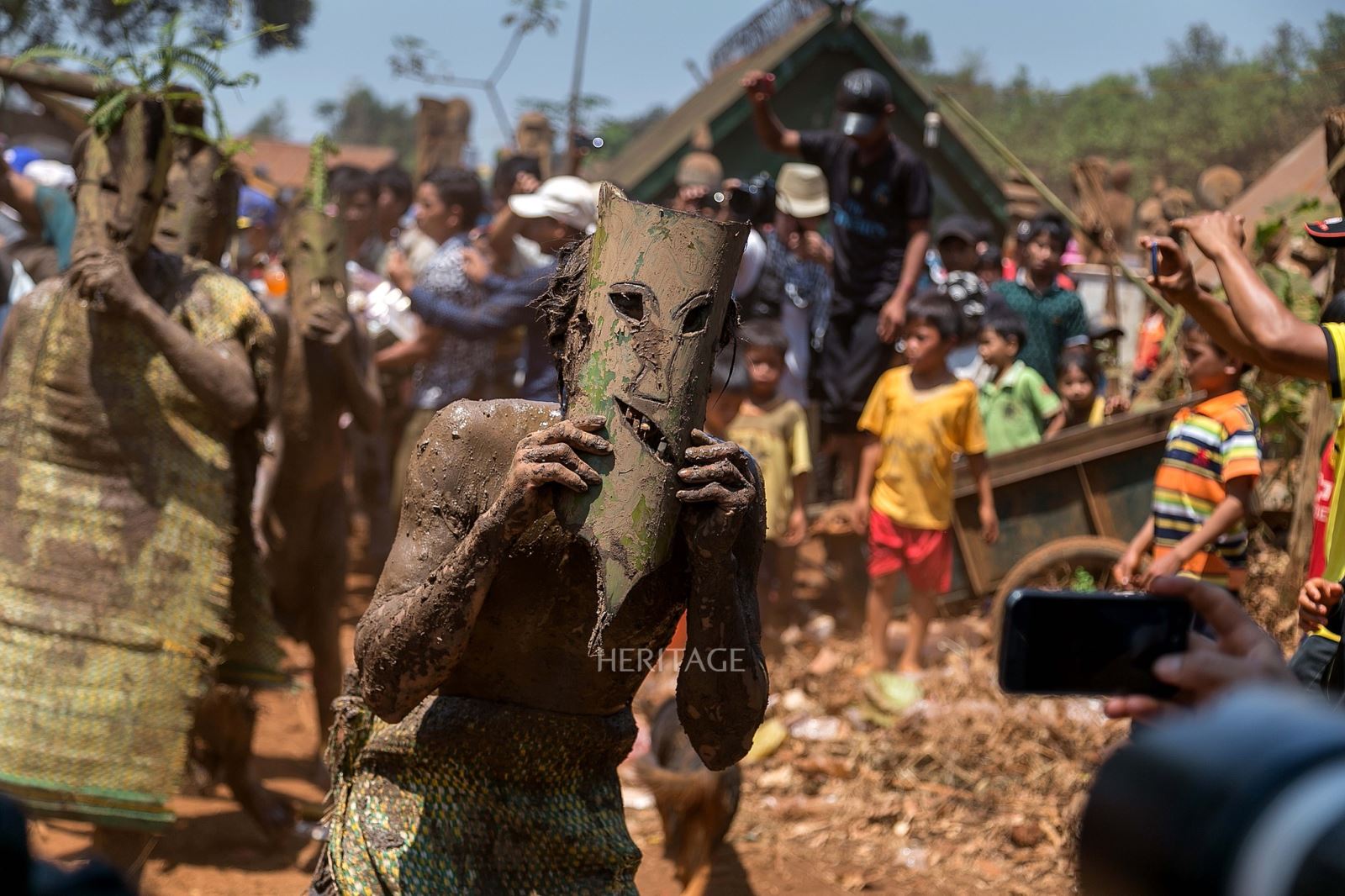
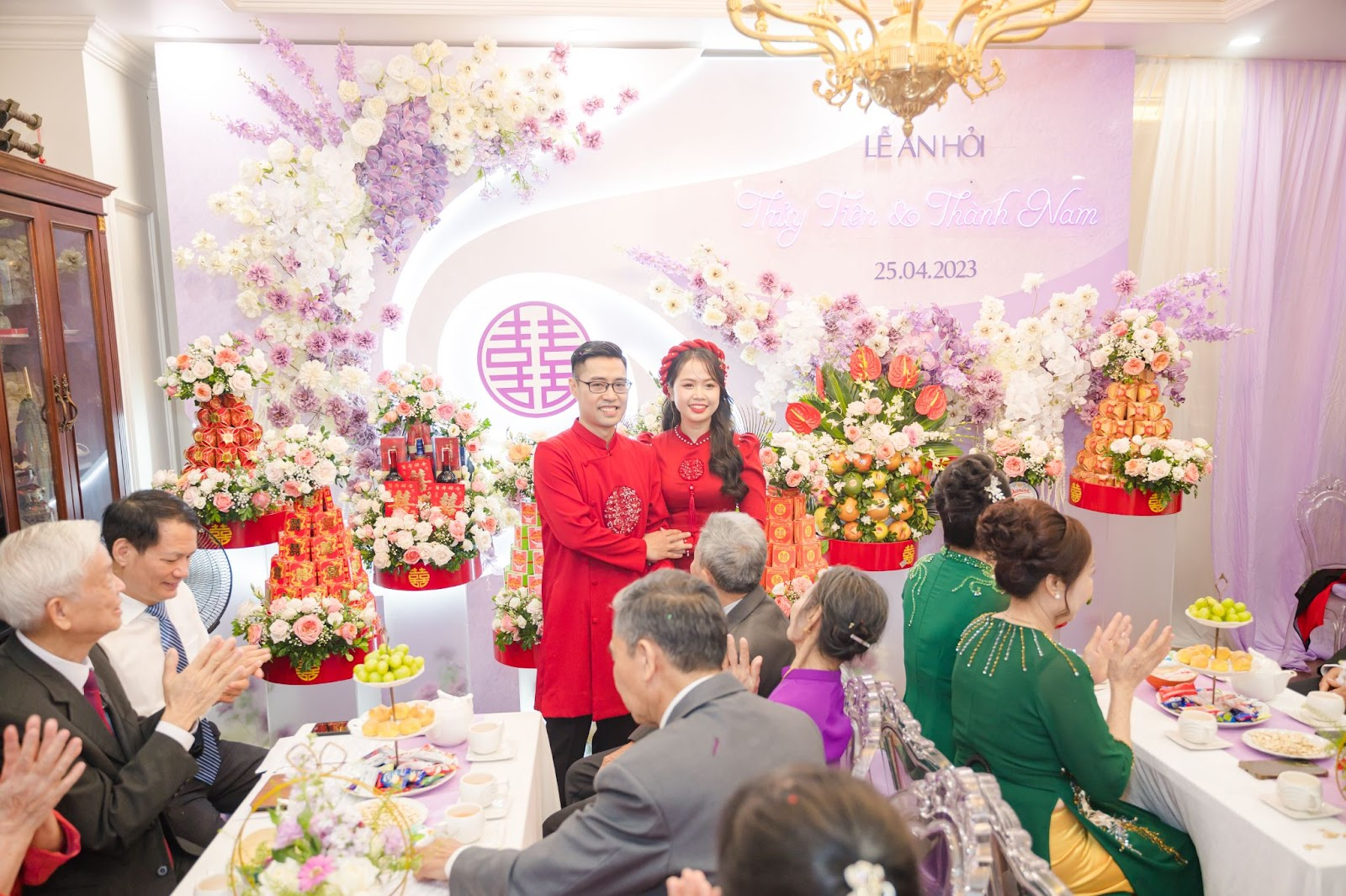
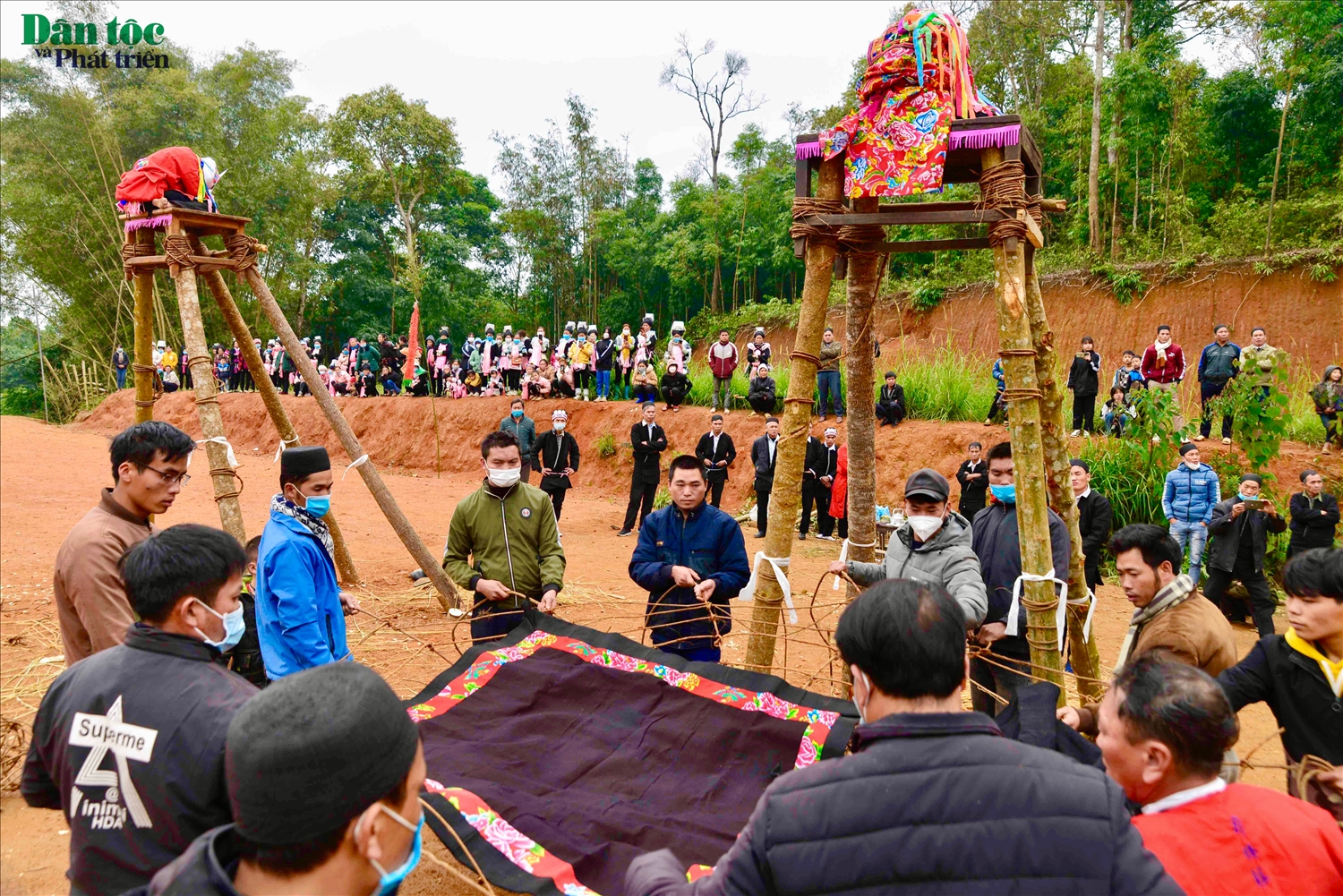
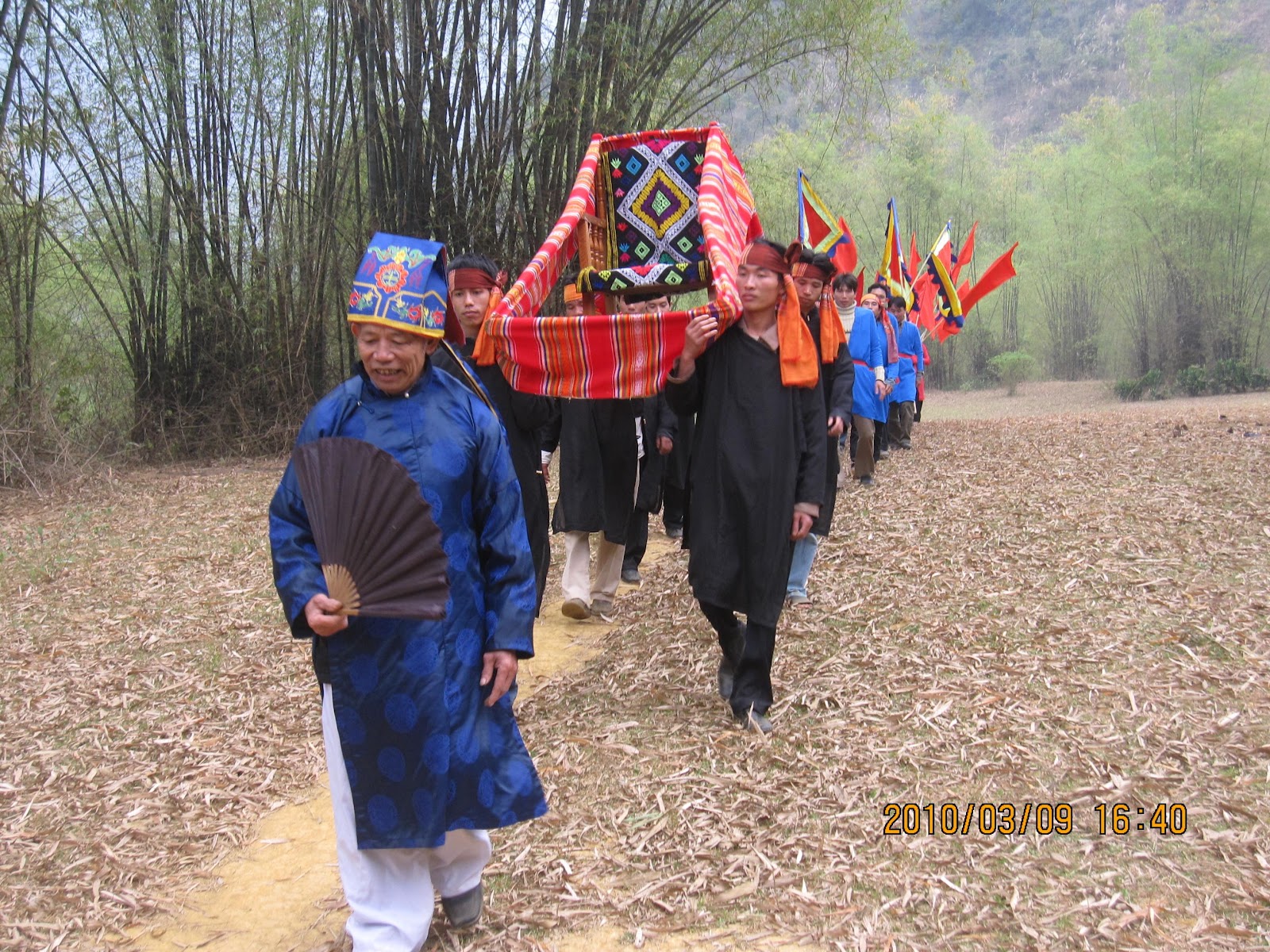
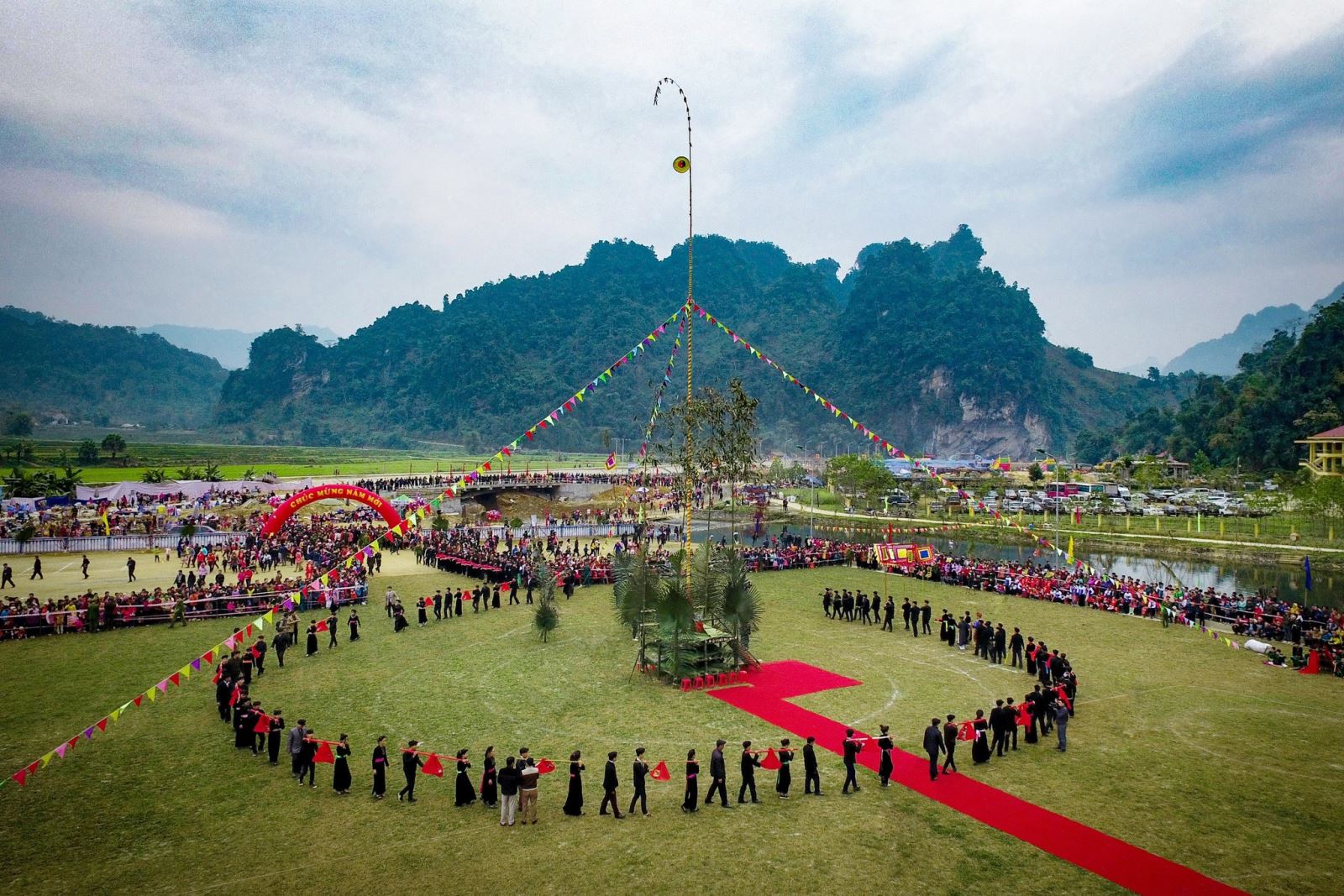
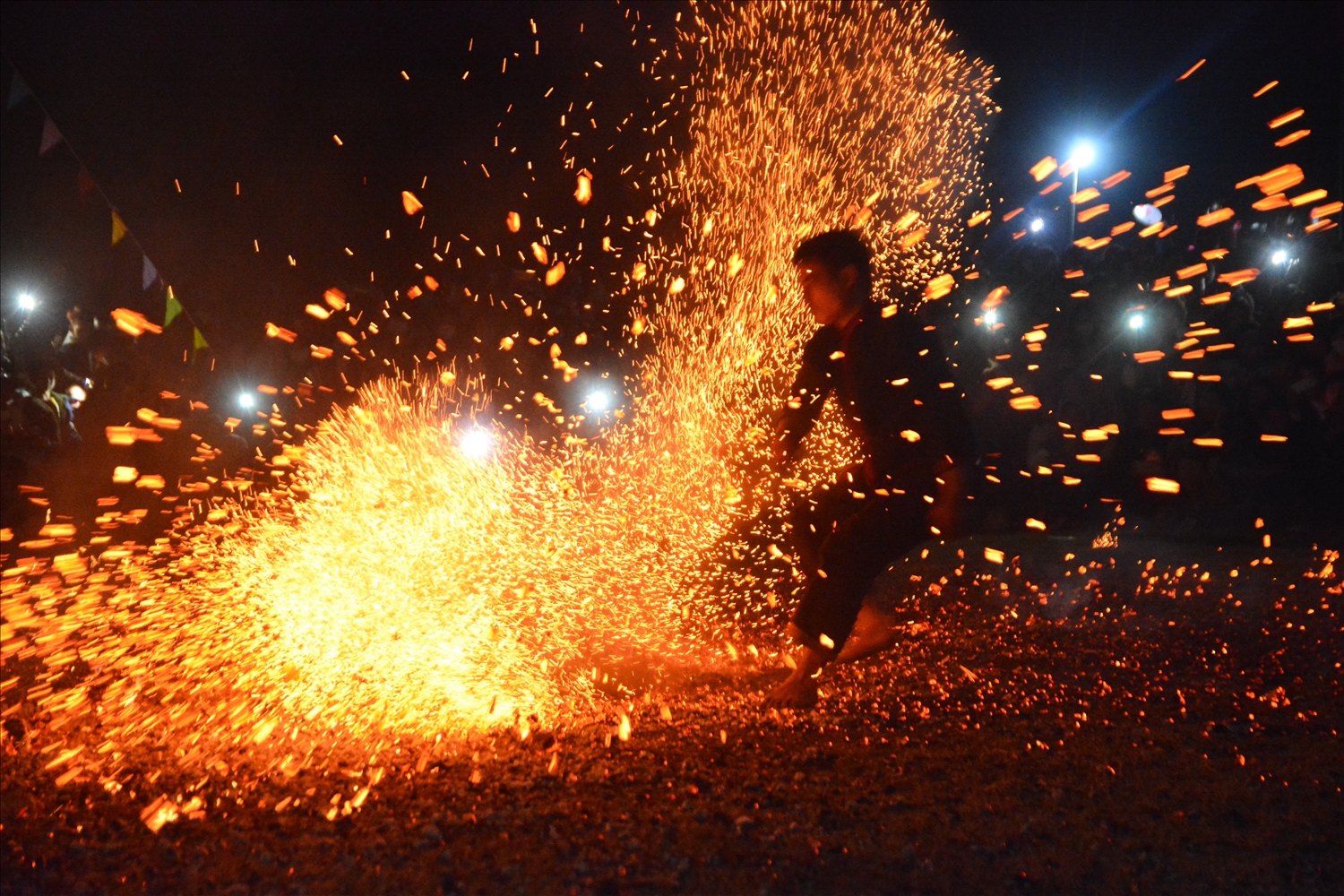
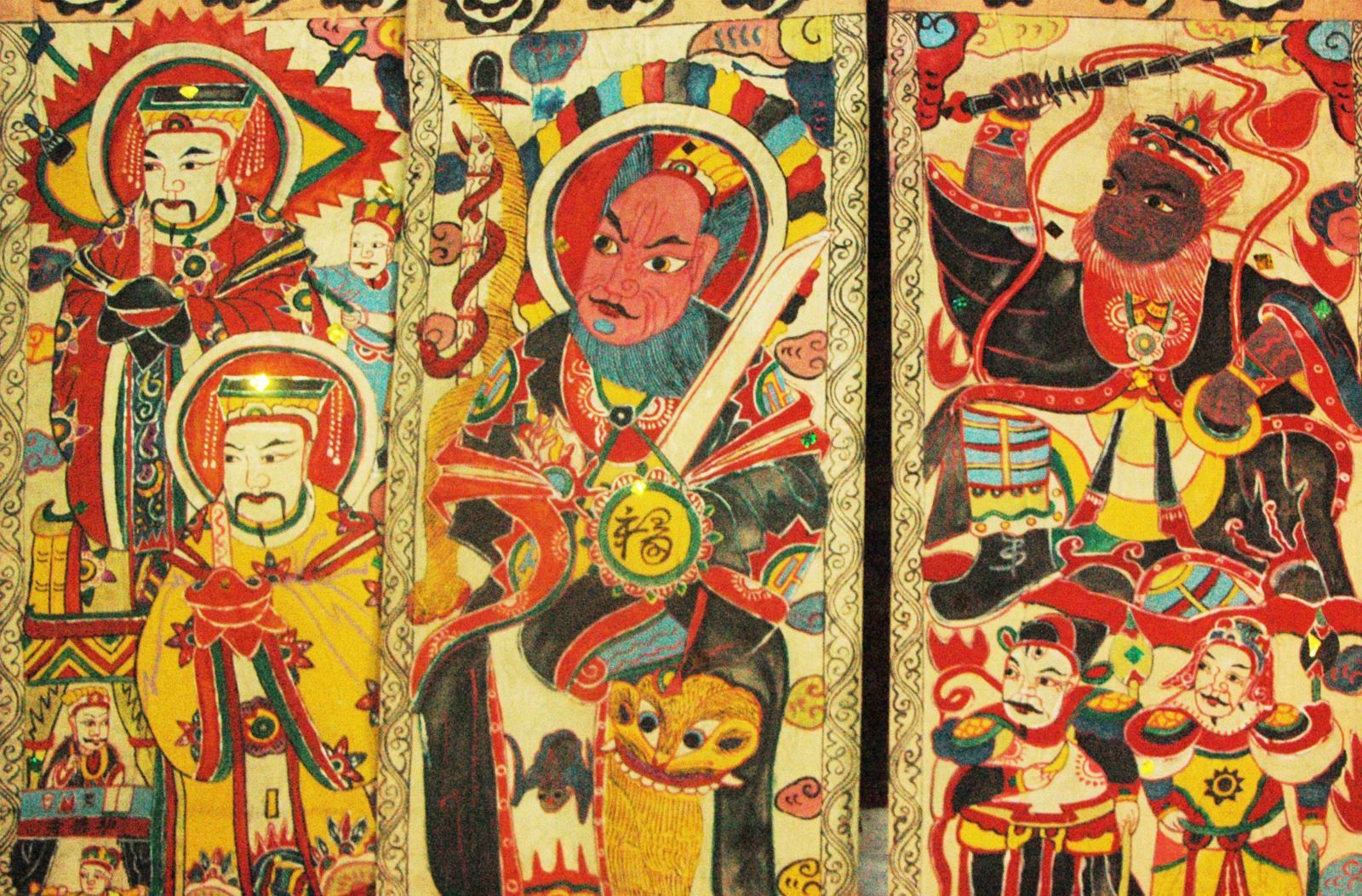
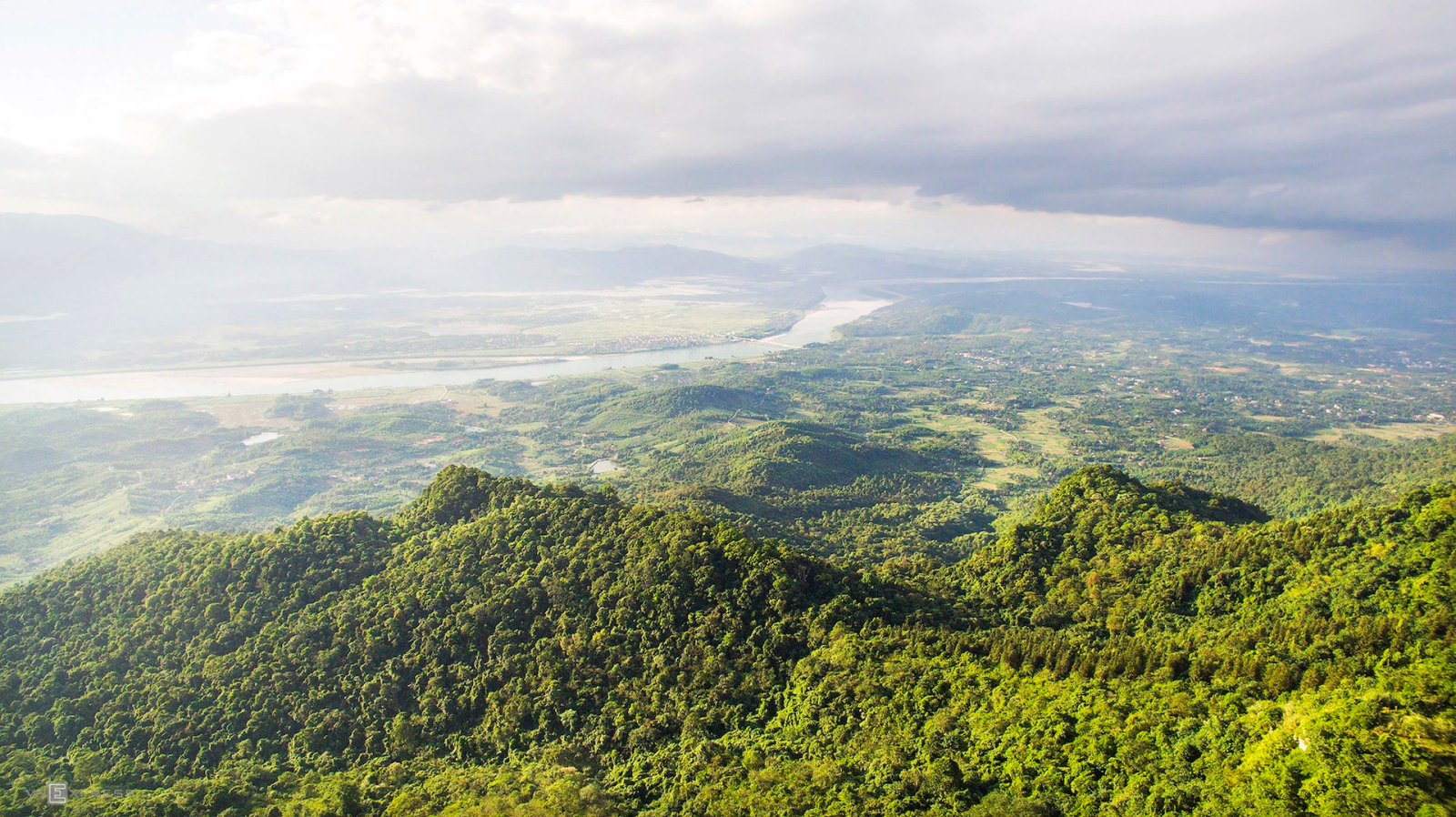
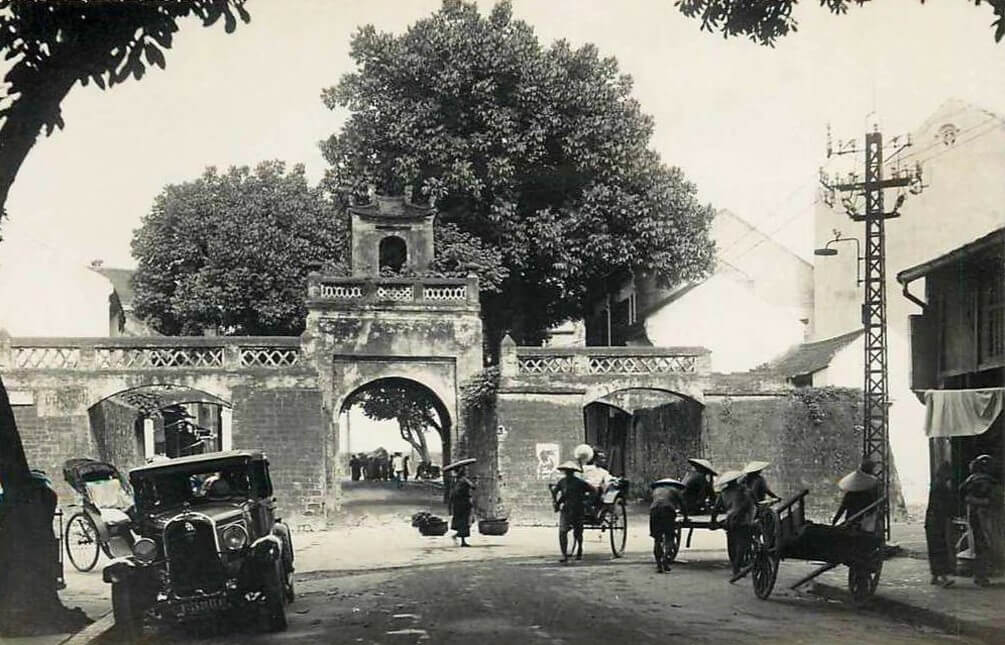
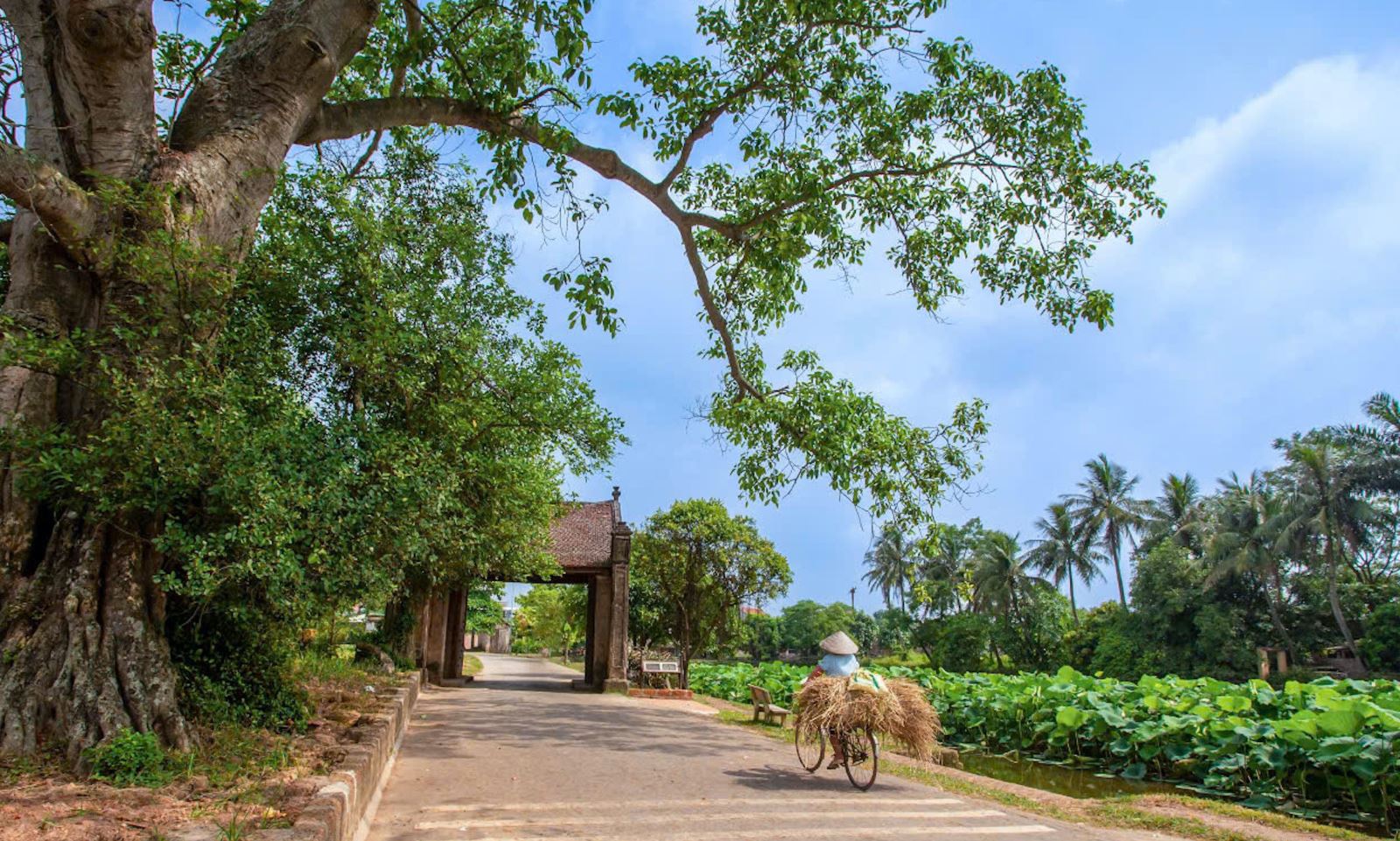
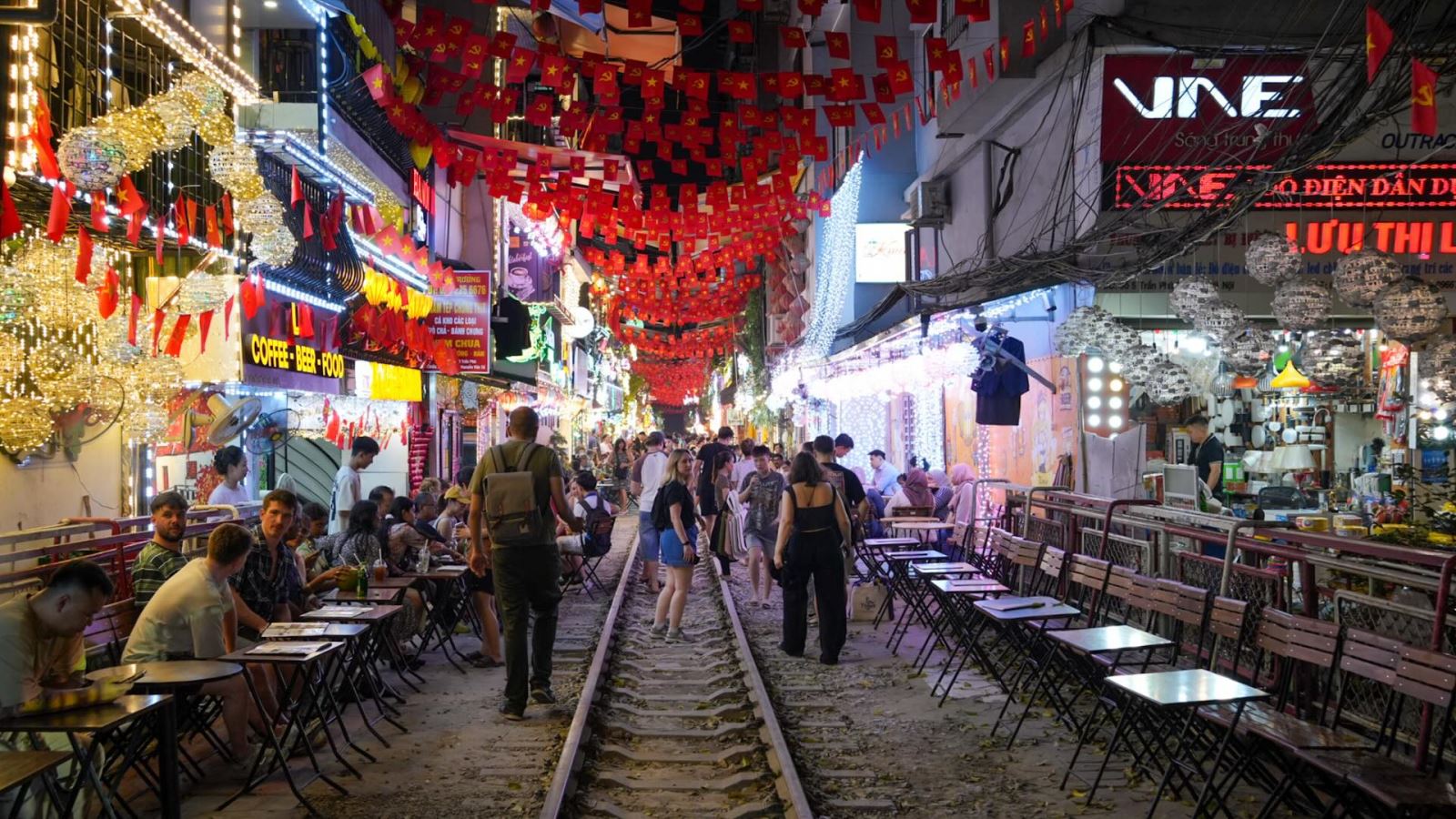
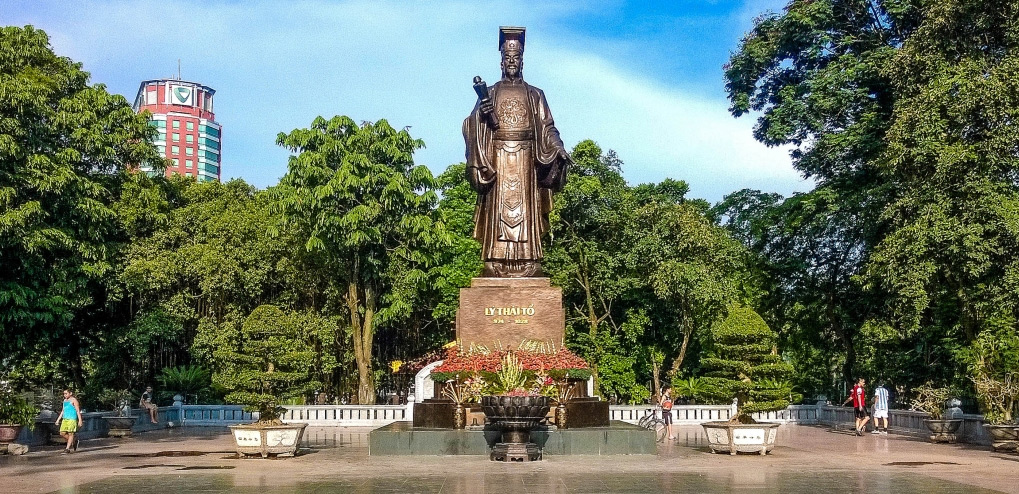

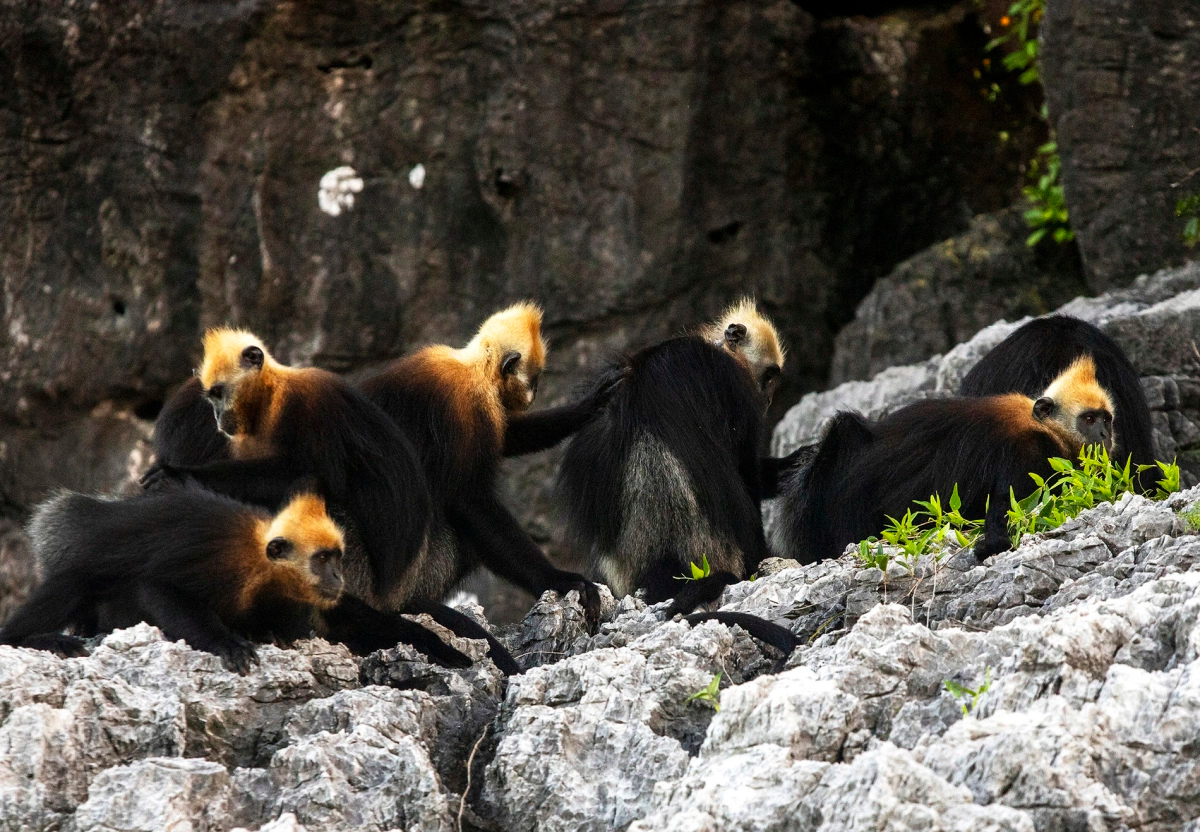
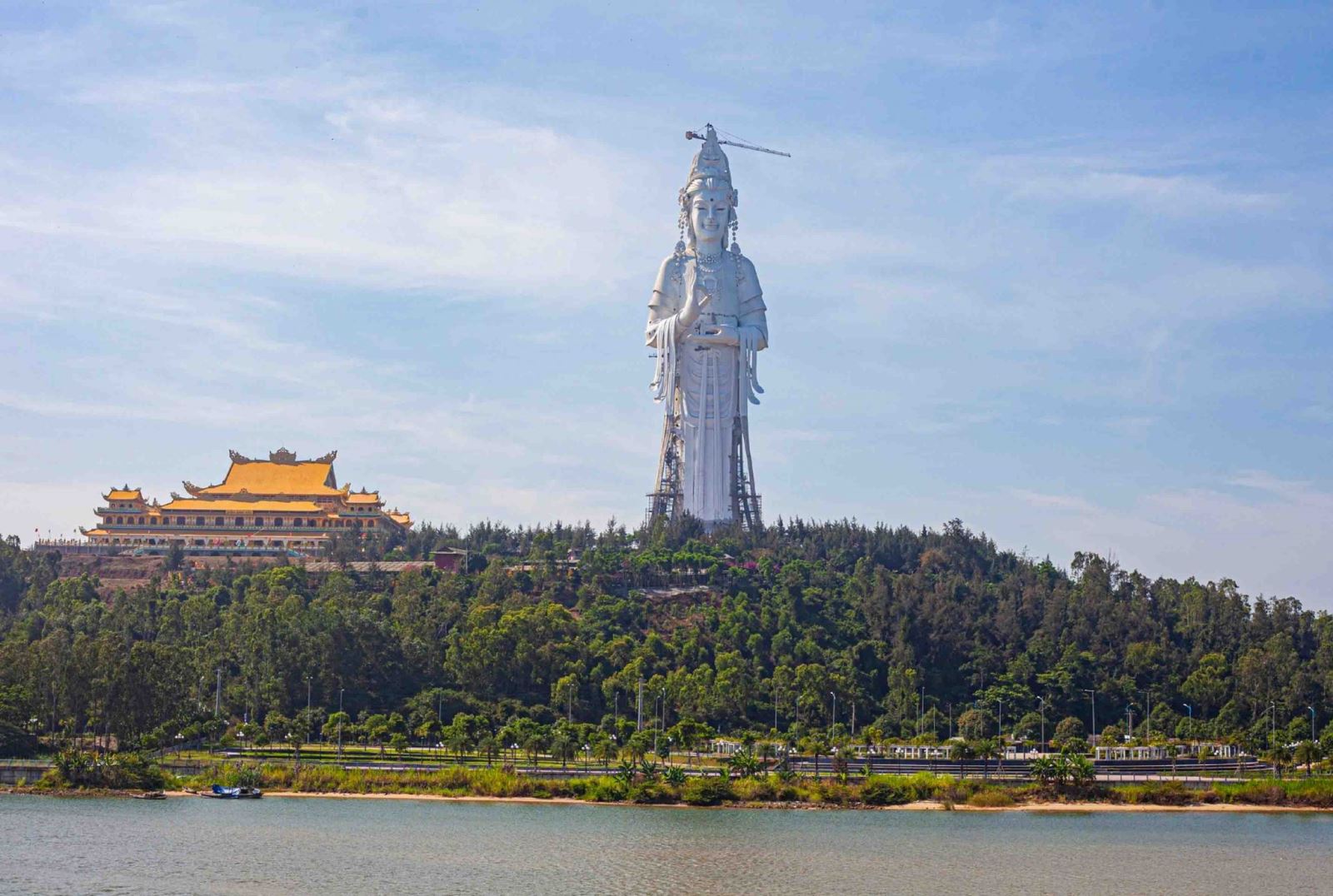
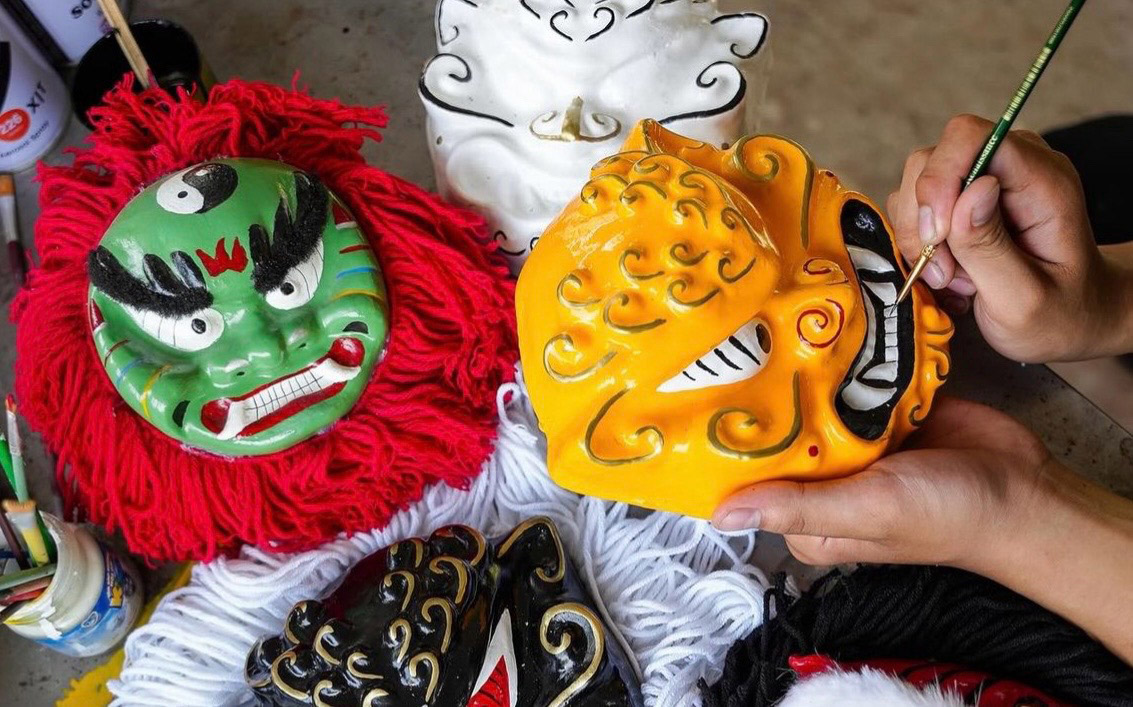
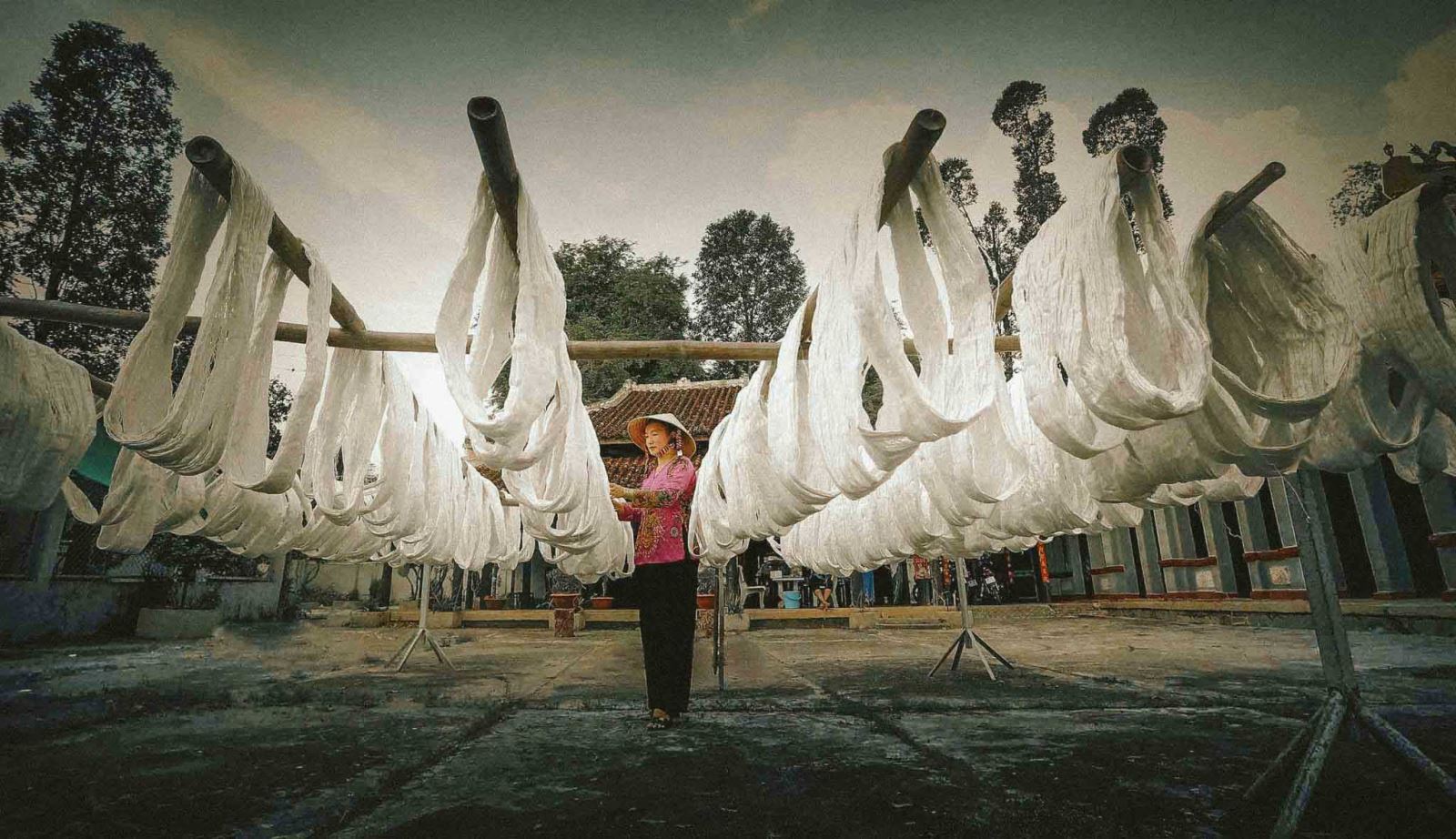

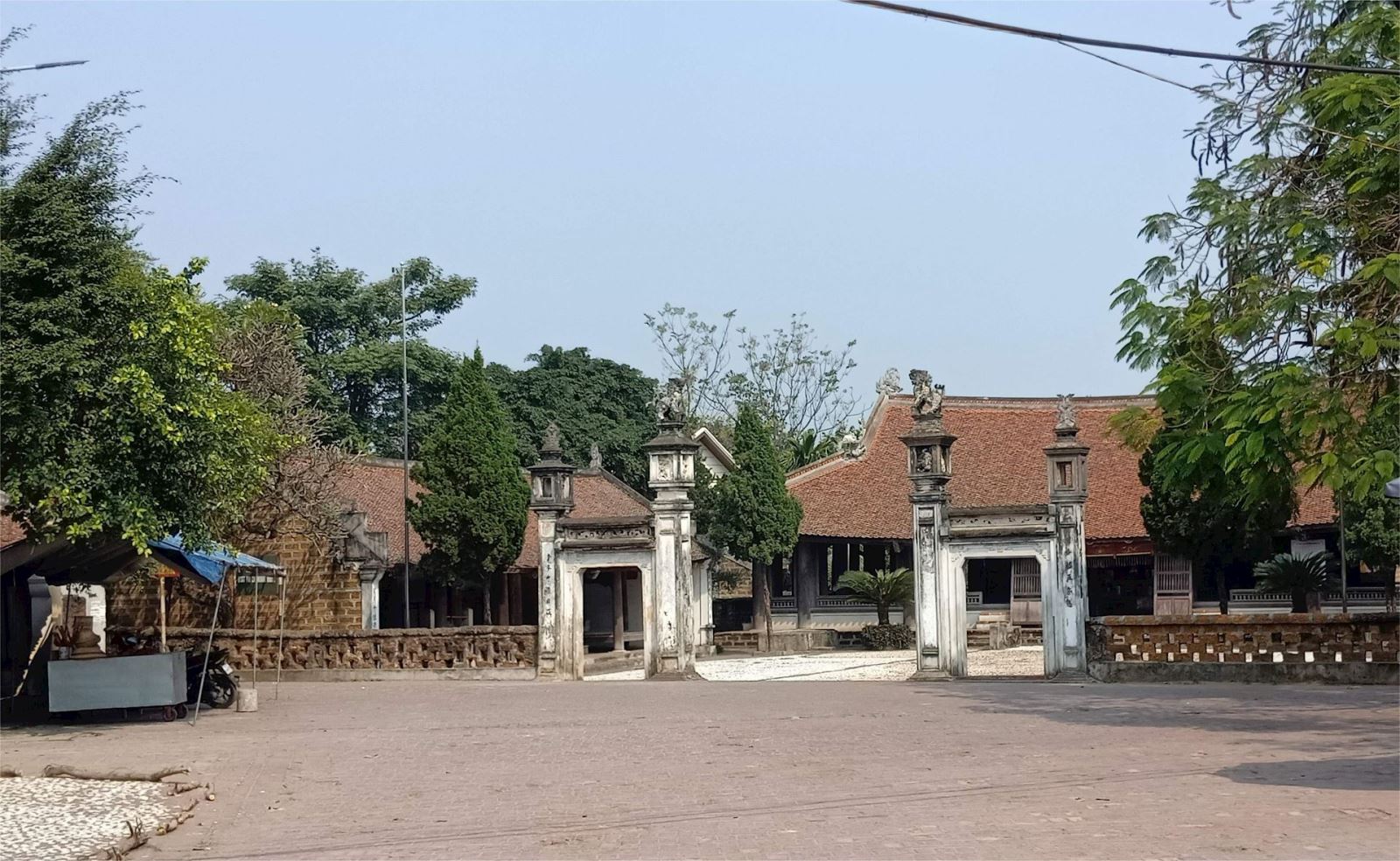
.png)